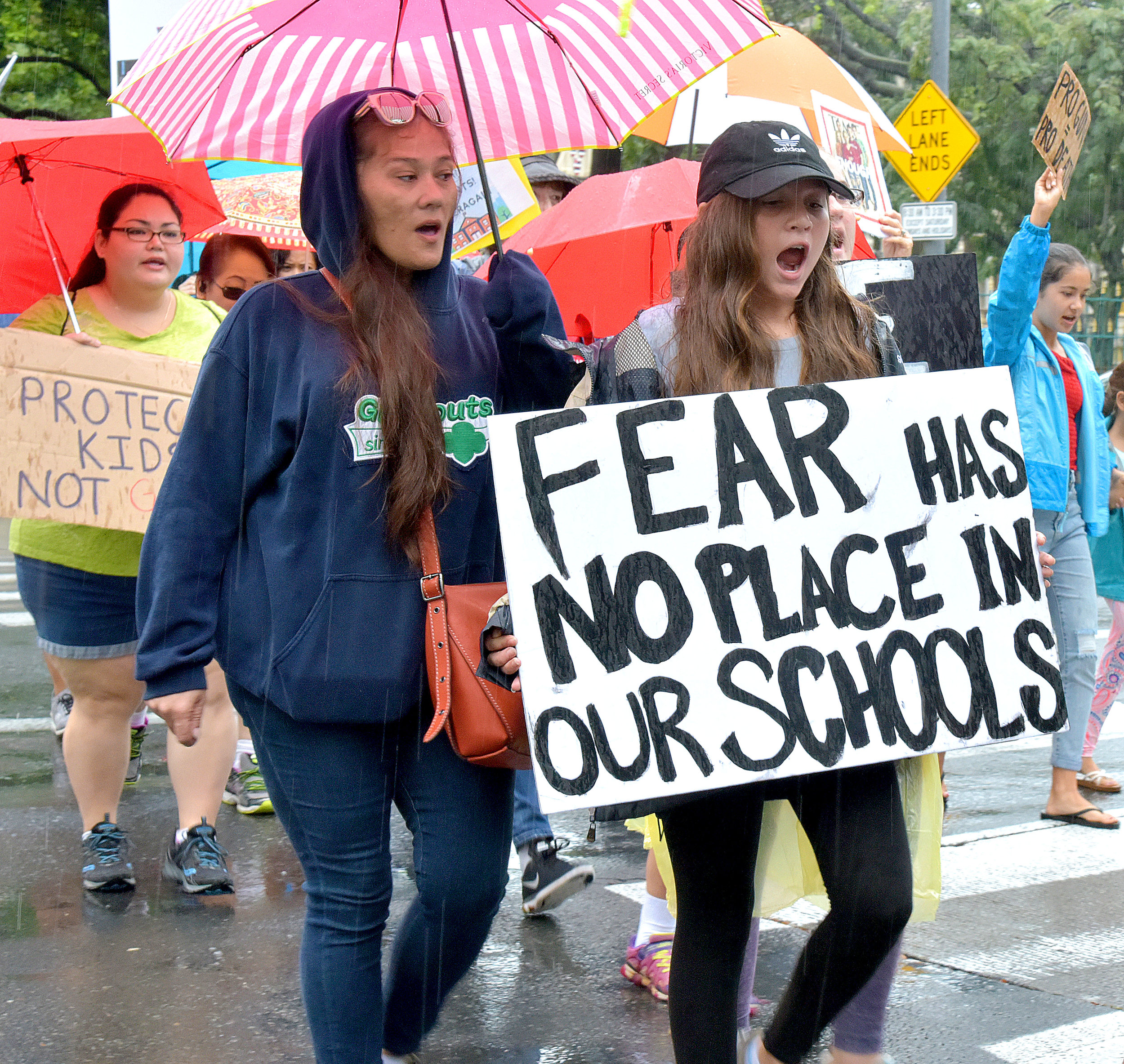
In 2014, 2,549 children (age 0 to 19 years) died by gunshot and an additional 13,576 were injured.

There are more than 350 million guns in circulation in the United States — approximately 113 guns for every 100 people.
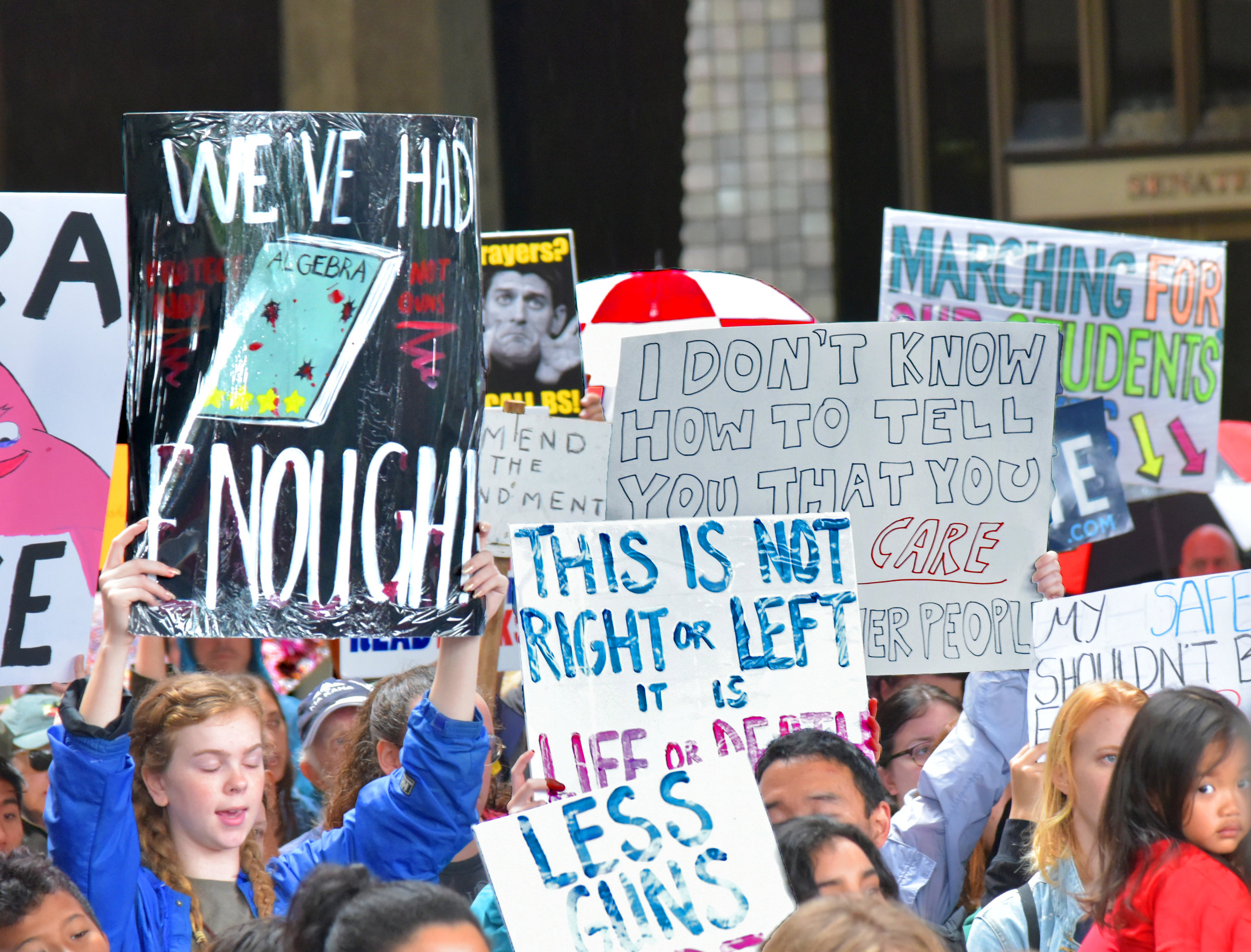
In 2017 alone, 11 mass shootings in the US caused 117 fatalities and 587 injuries occuring in concert, religious, workplace, airport, and shopping venues and in community.
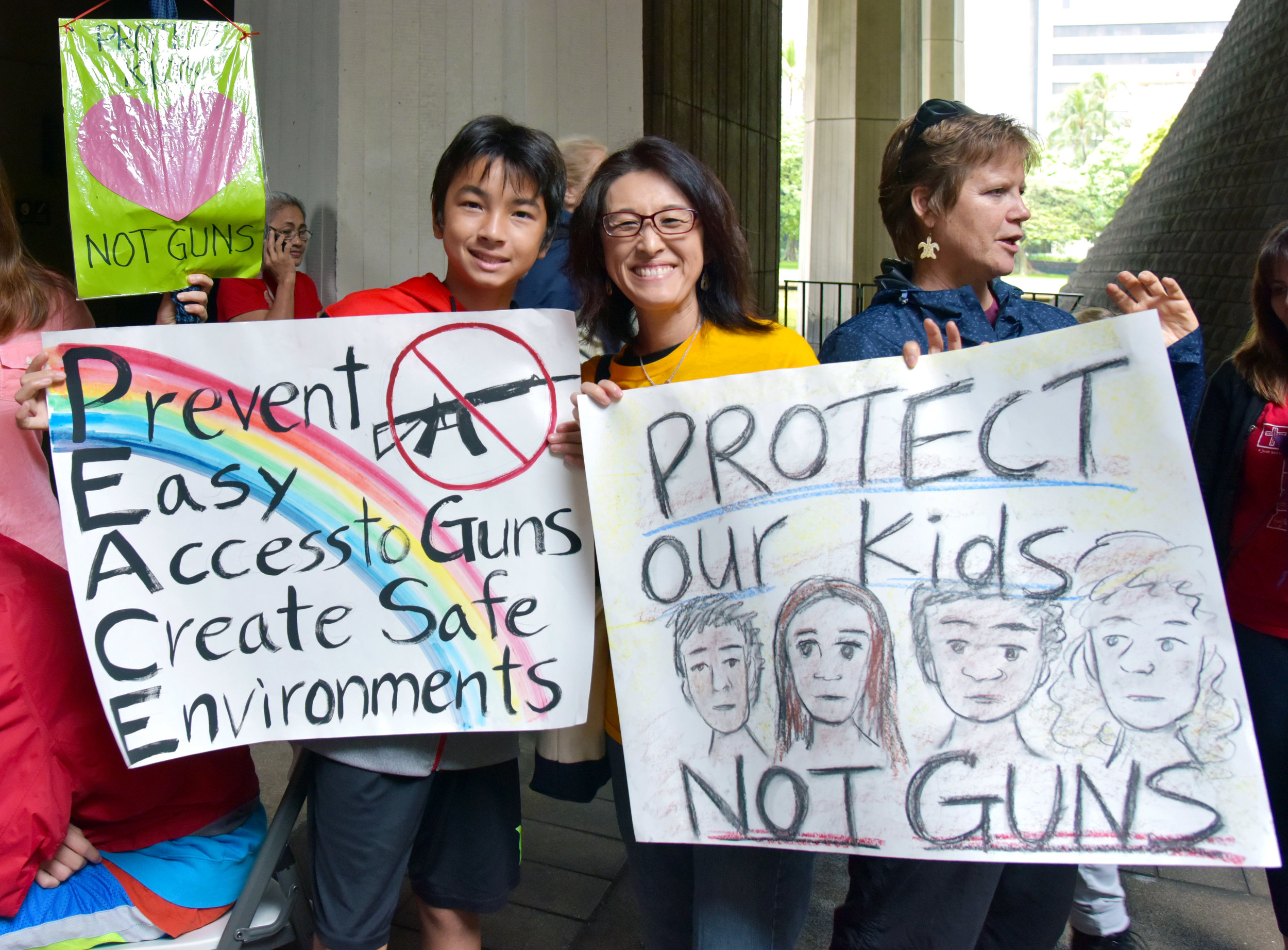
1.7 million children live with unlocked, loaded guns - 1 out of 3 homes with kids have guns.
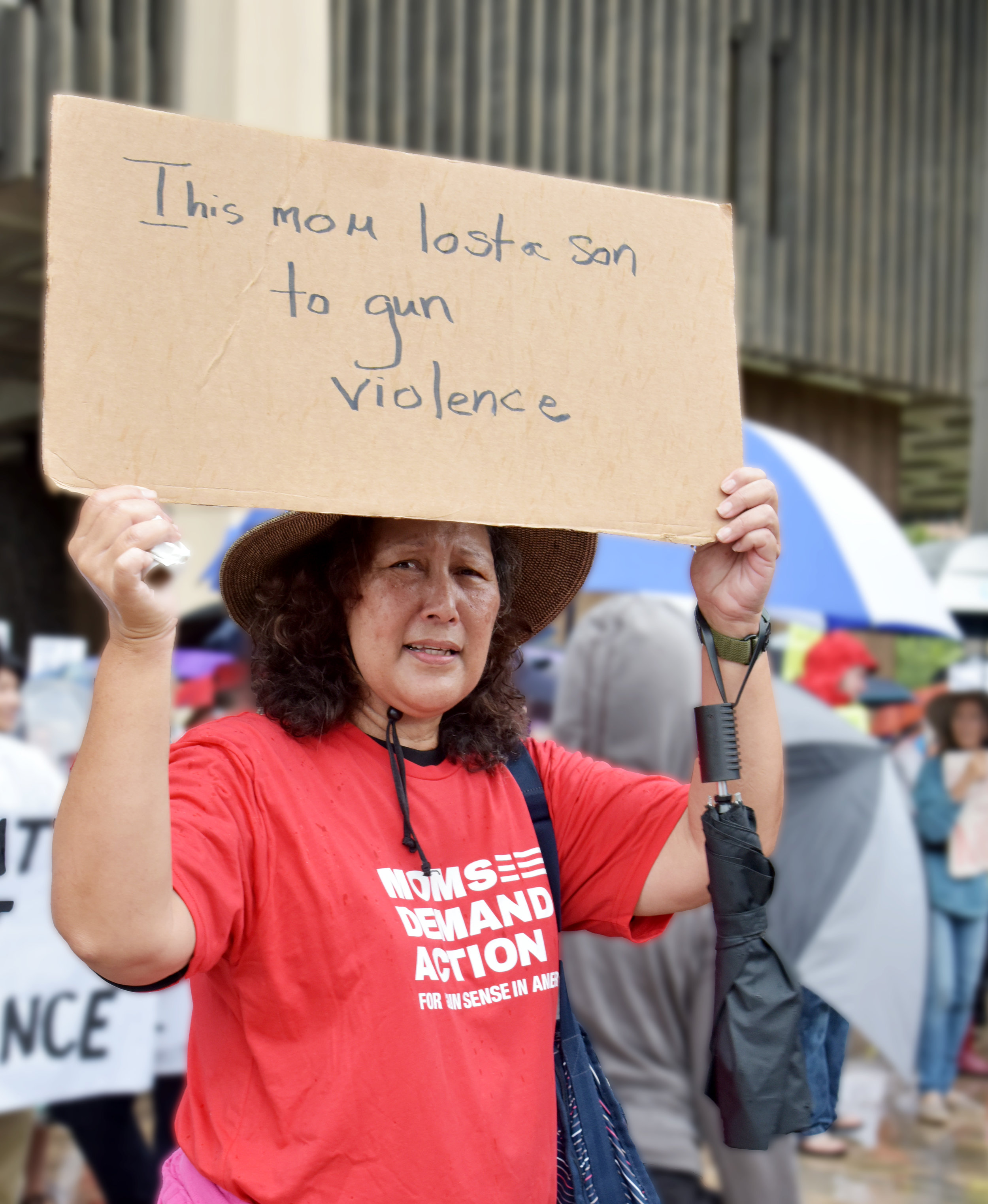
Every day, 88 Americans are killed with guns.
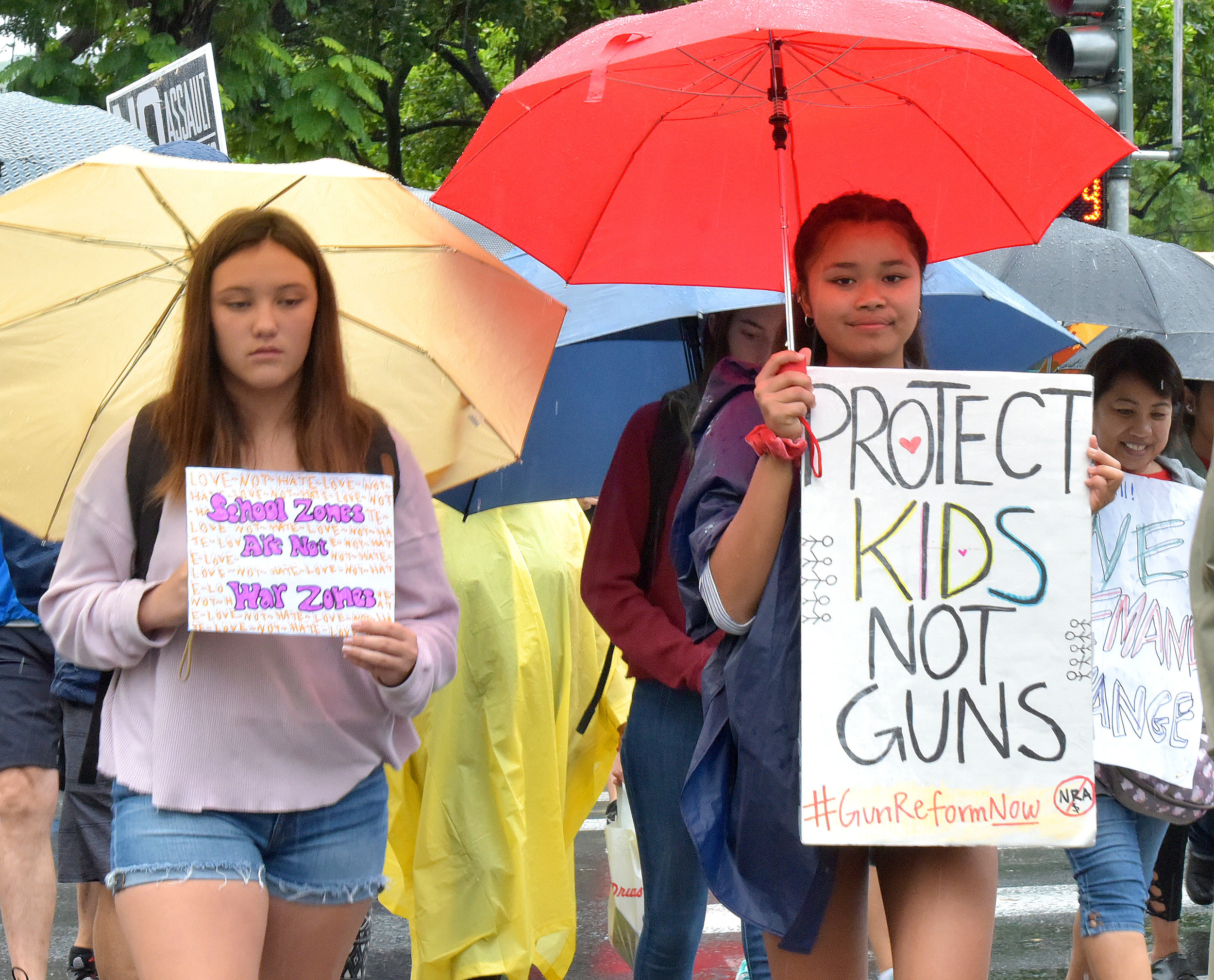
In states that require background checks for all handgun sales, there is 48 percent less gun trafficking.
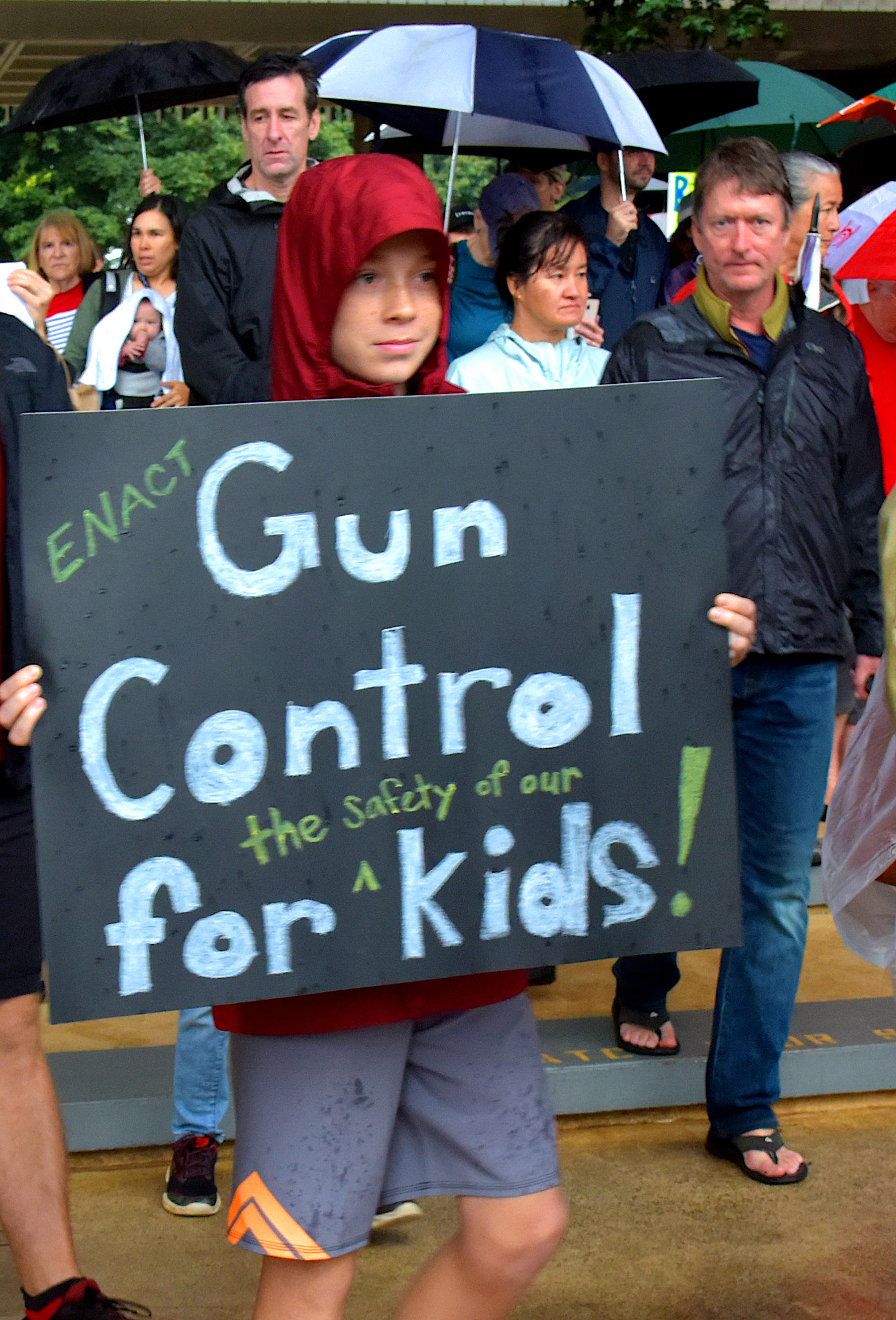
The gun homicide rate in the U.S. is 20 times higher then other developed nations.

Those people that die from accidental shooting were more than three times as likely to have had a firearm in their home as those in the control group.
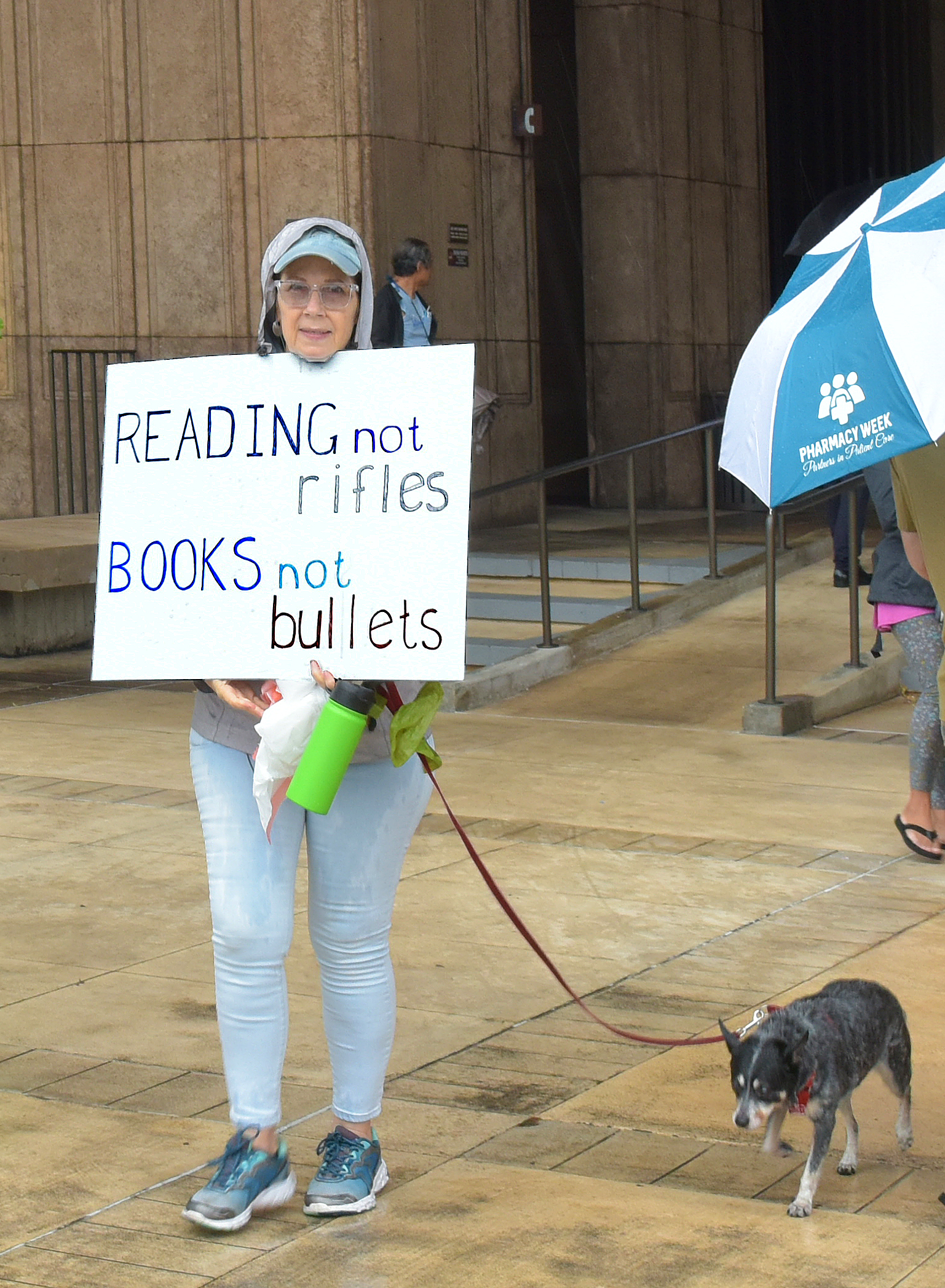
Among children, the majority (89%) of unintentional shooting deaths occur in the home. Most of these deaths occur when children are playing with a loaded gun in their parent’s absence.
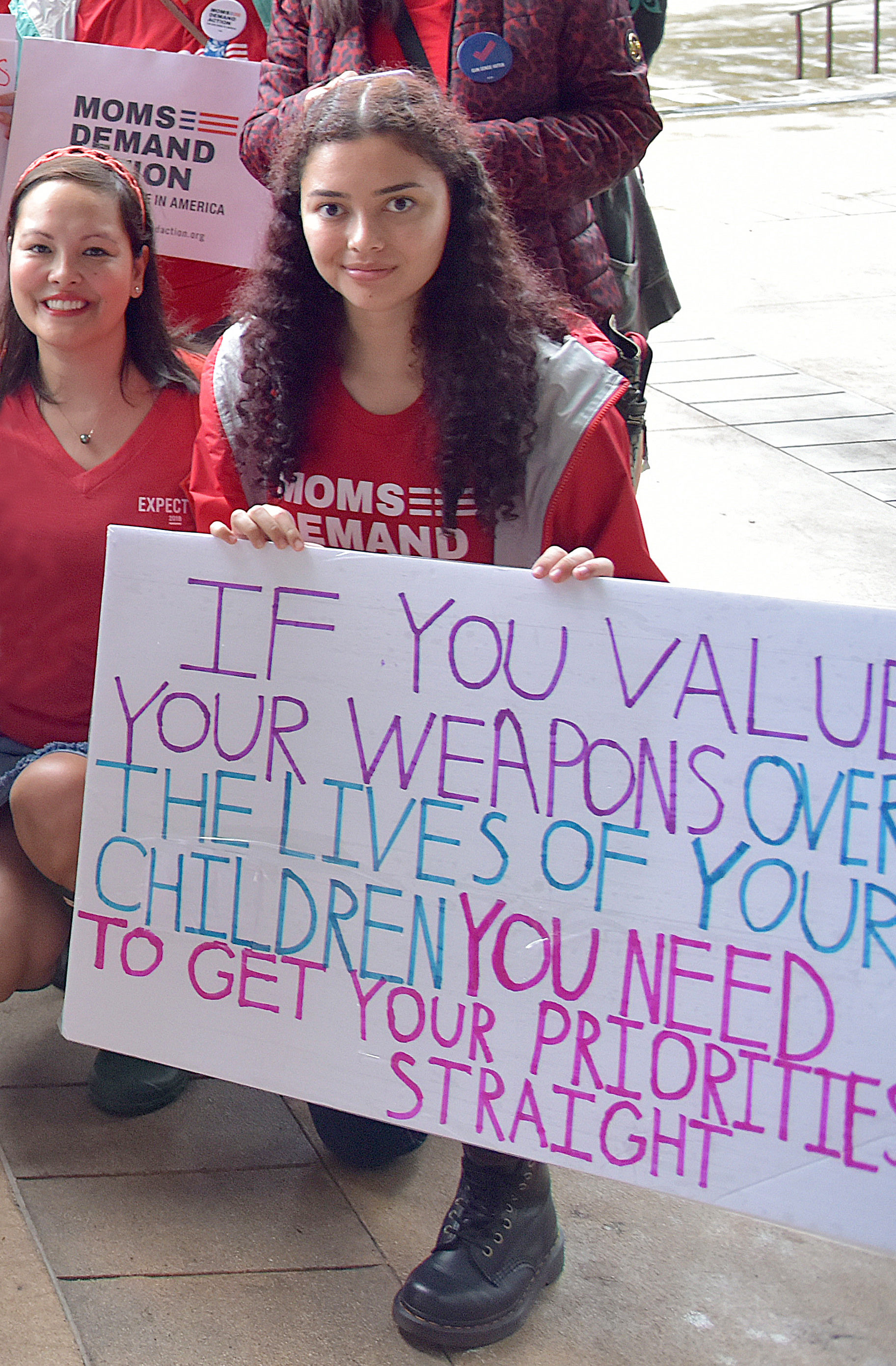
People who report “firearm access” are at twice the risk of homicide and more than three times the risk of suicide compared to those who do not own or have access to firearms.
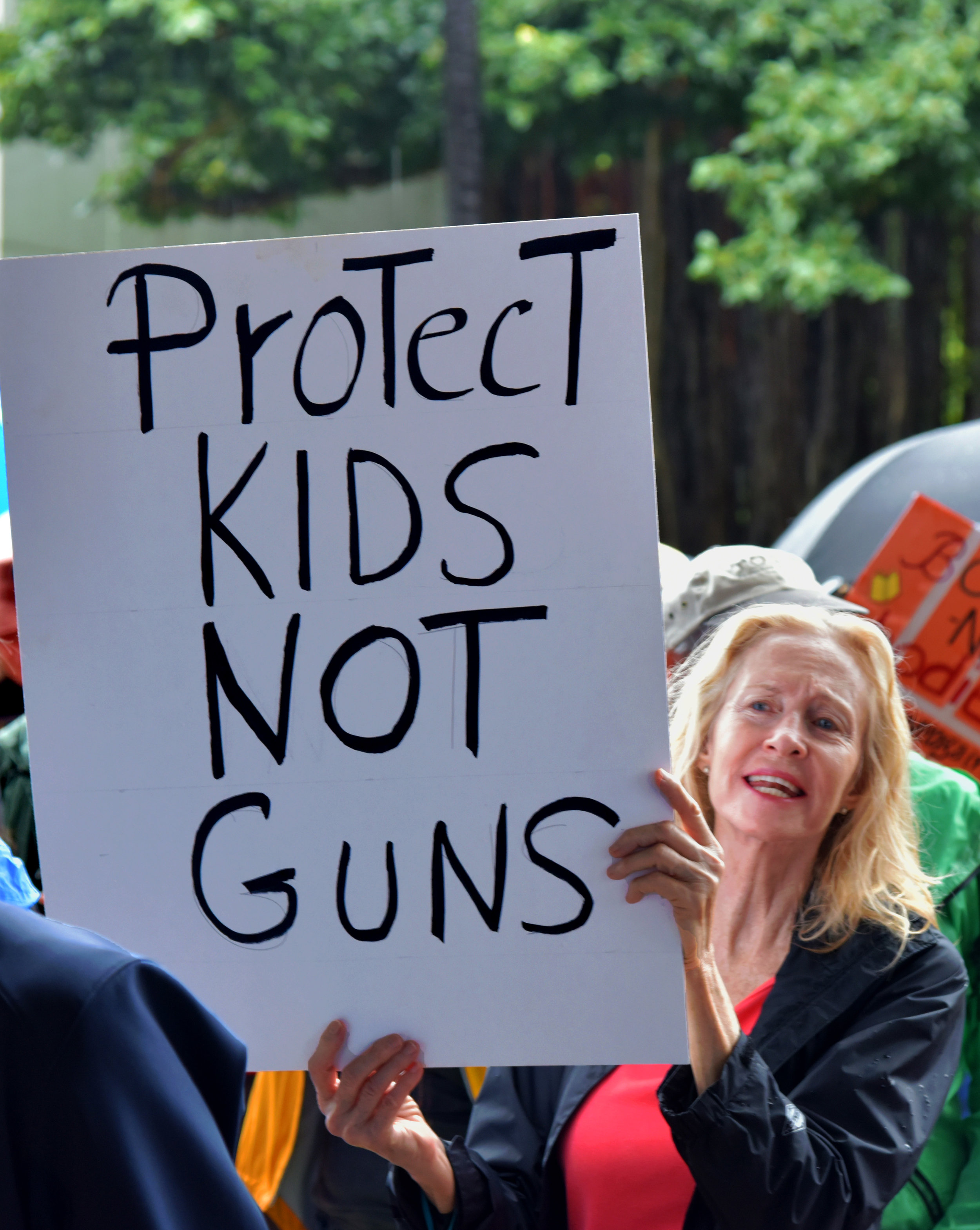
So many people die annually from gunfire in the US that the death toll between 1968 and 2011 eclipses all wars ever fought by the country.
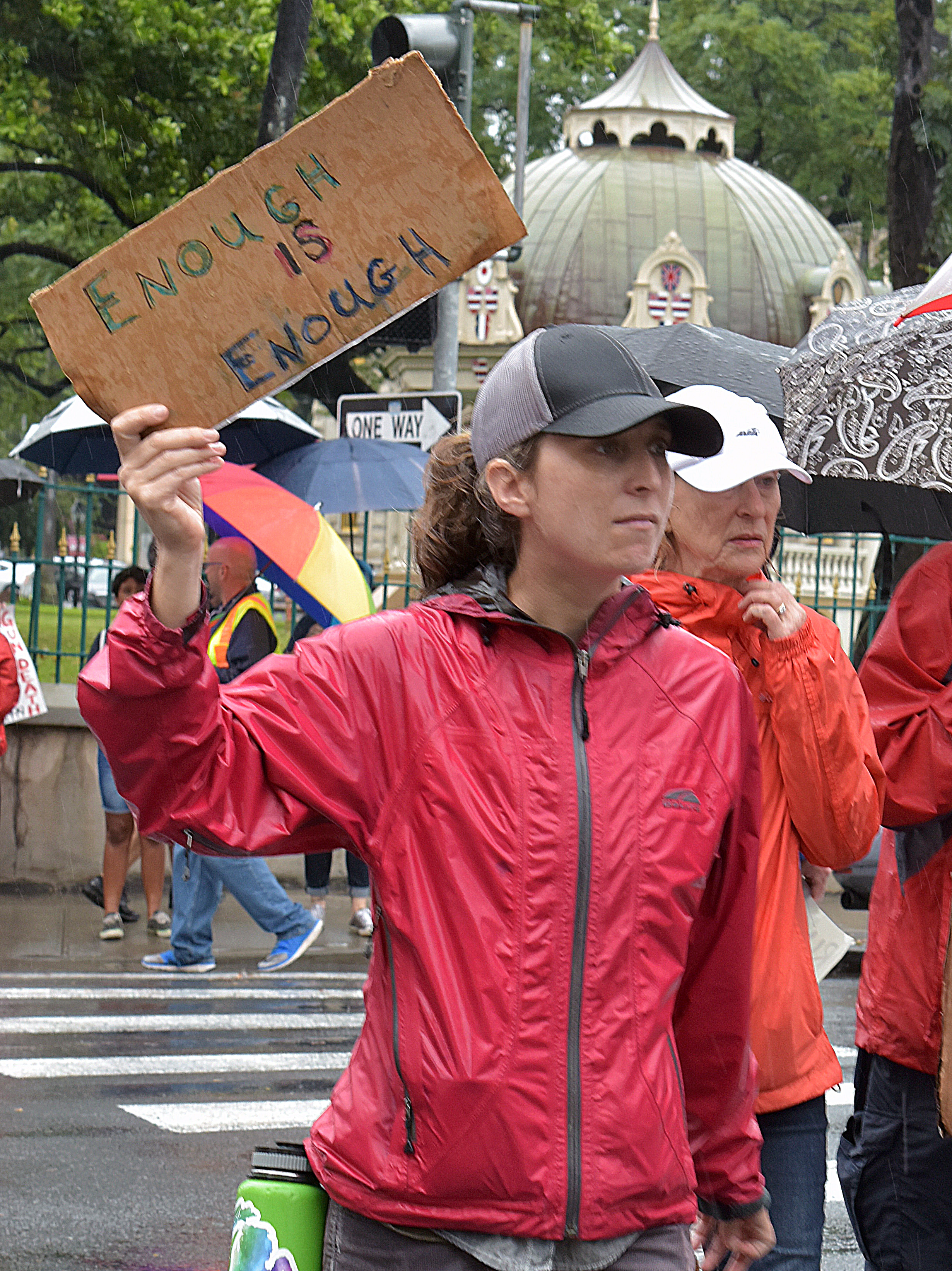
According to research by Politifact, there were about 1.4 million firearm deaths between 1968 and 2011, compared with 1.2 million US deaths in every conflict from the Revolutionary War to Iraq.
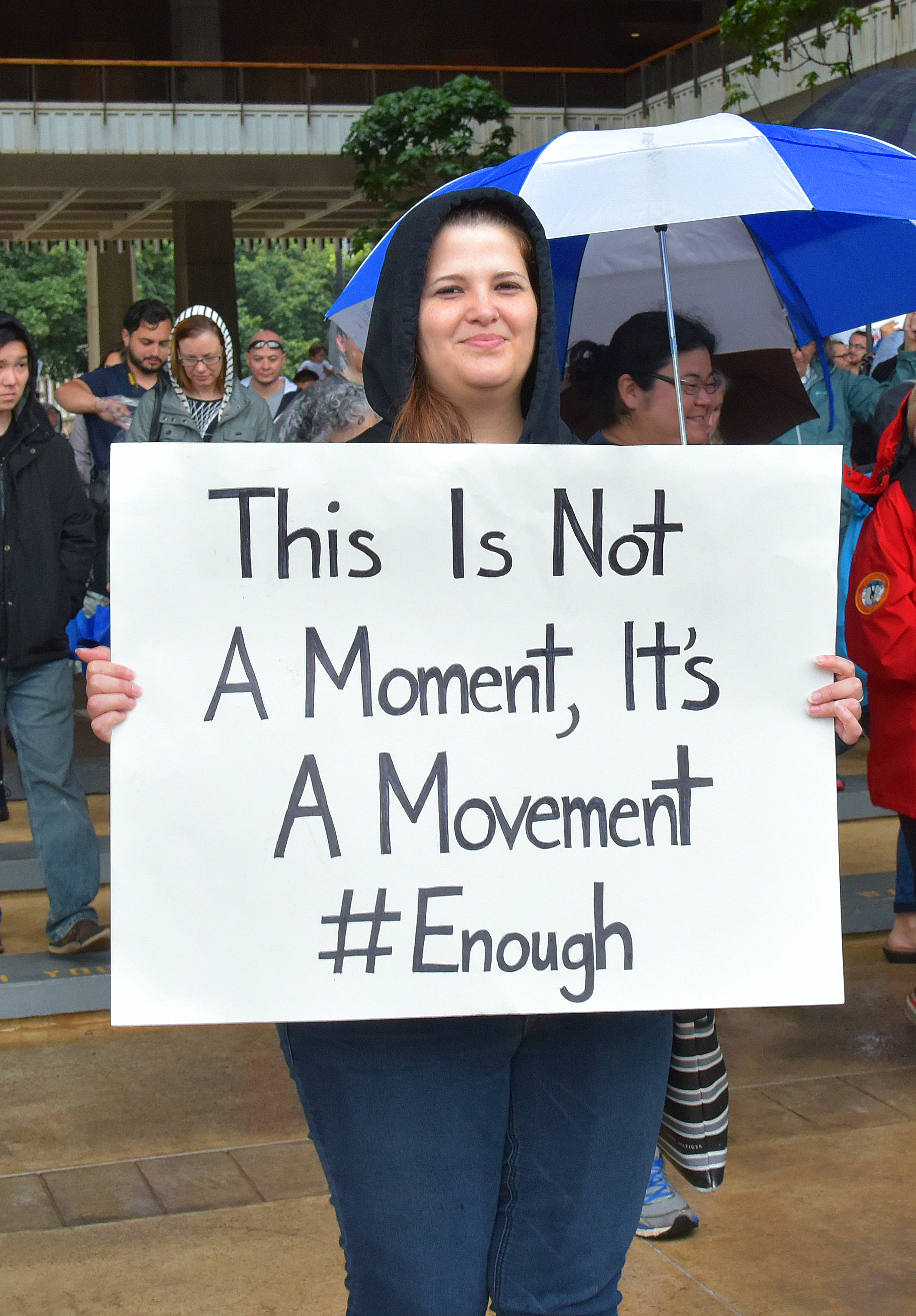
Assault-style weapons are responsible for a minority of guns deaths in the US, but have become the weapon of choice for the assailant whose intent is chaos and casualties.
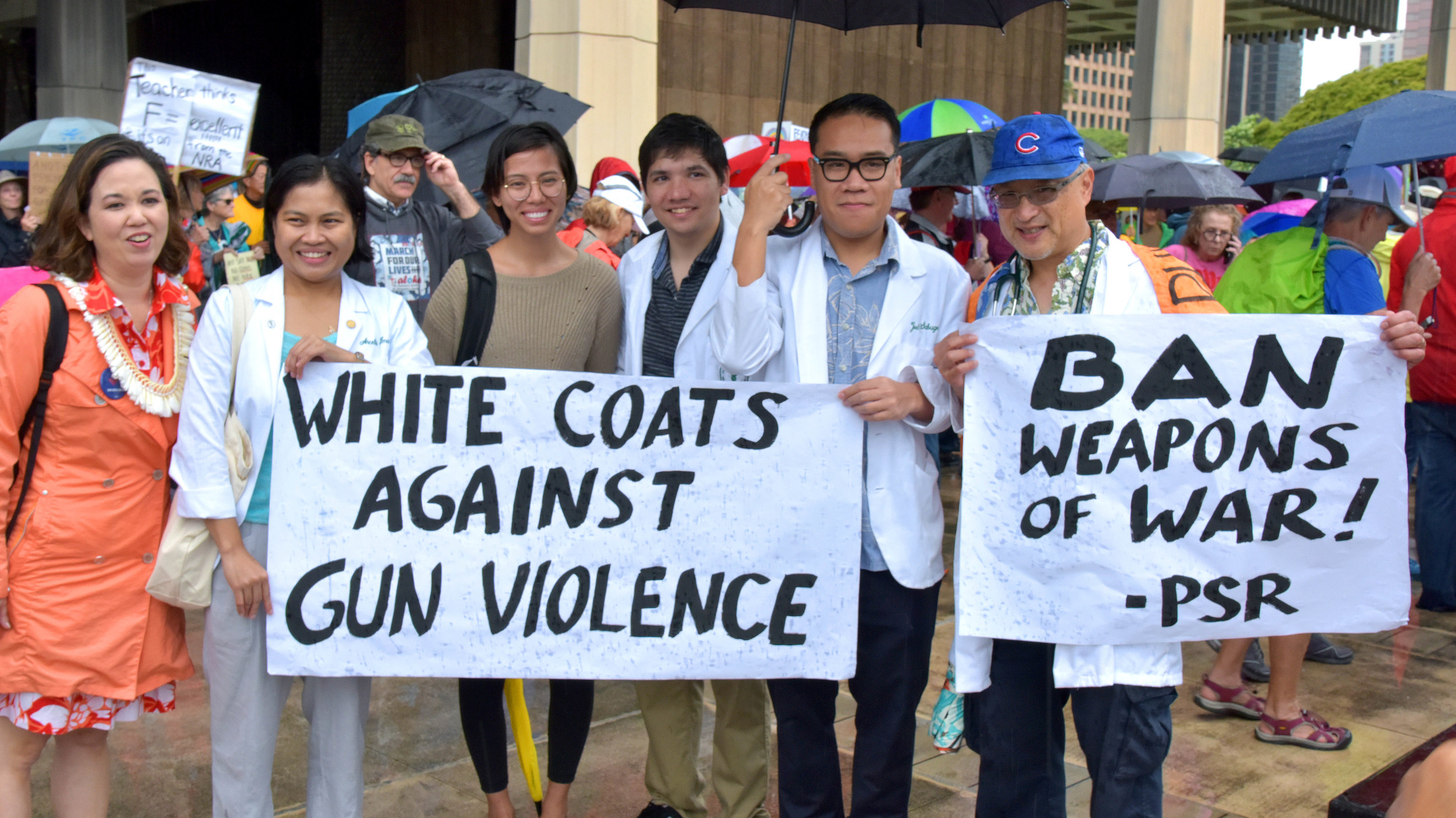
As of Nov. 2017, 95 mass shootings have occurred since 1982, from which approximately 76 semi-automatic handguns and 85 assault weapons and weapons with high magazine capacity were recovered.
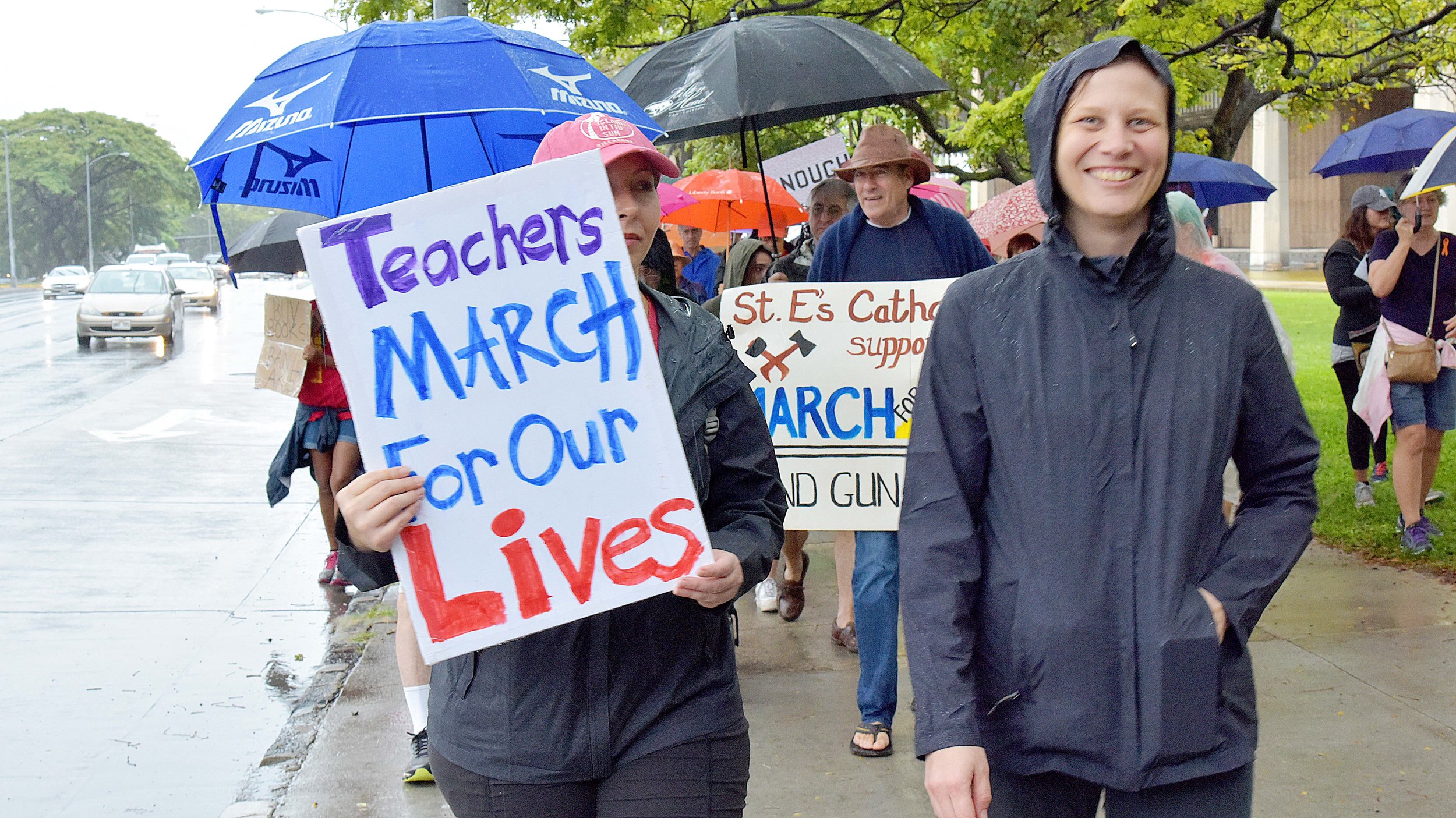
At Sandy Hook Elementary School in Newtown, Conn. in 2012, Adam Lanza reportedly fired more than 150 shots in less than five minutes from his assault-style rifle with a high capacity magazine.
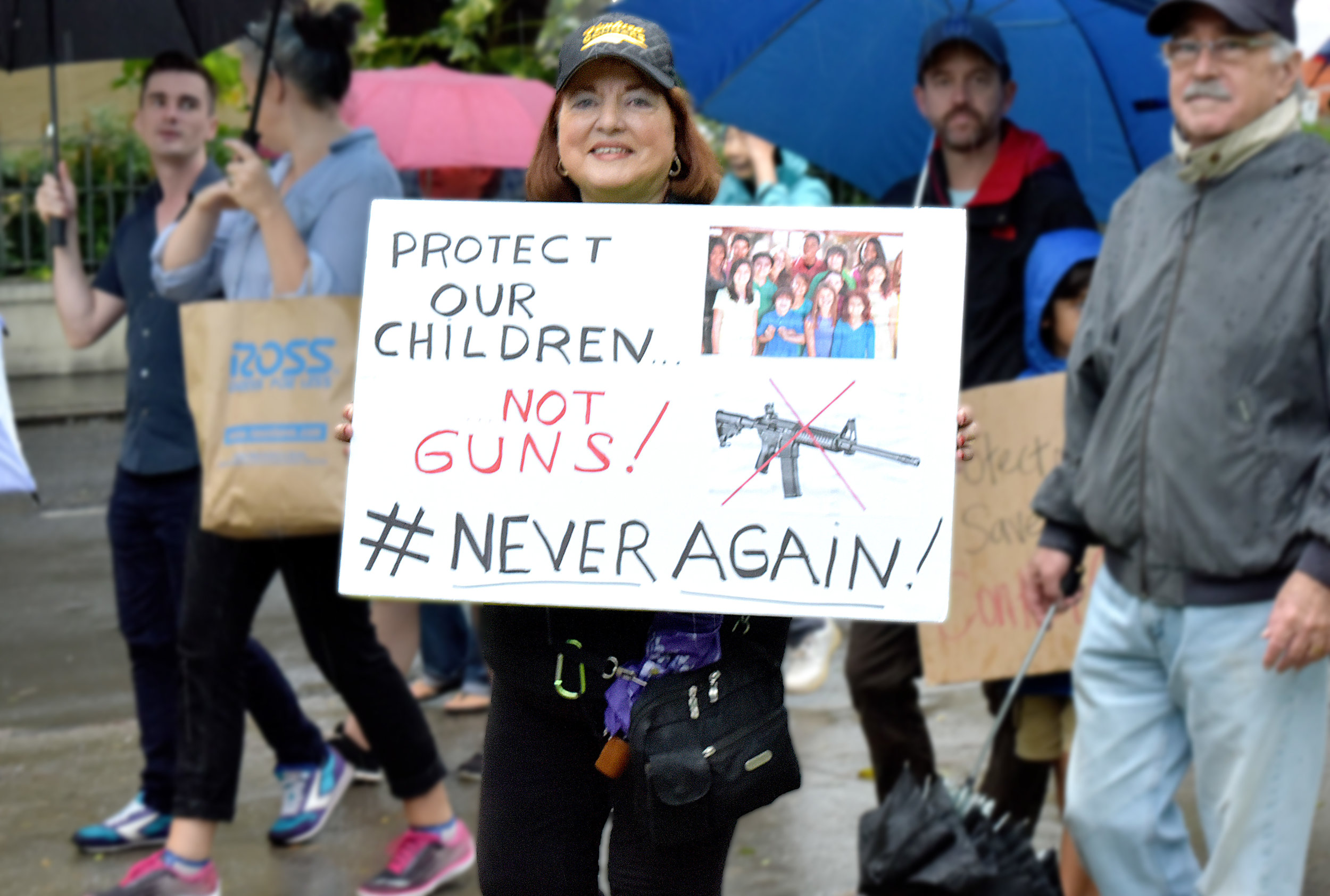
States that restrict assault weapons also have the lowest per capita homicide rates. However, because guns are easily trafficked in interstate and international commerce, federal rules are needed.
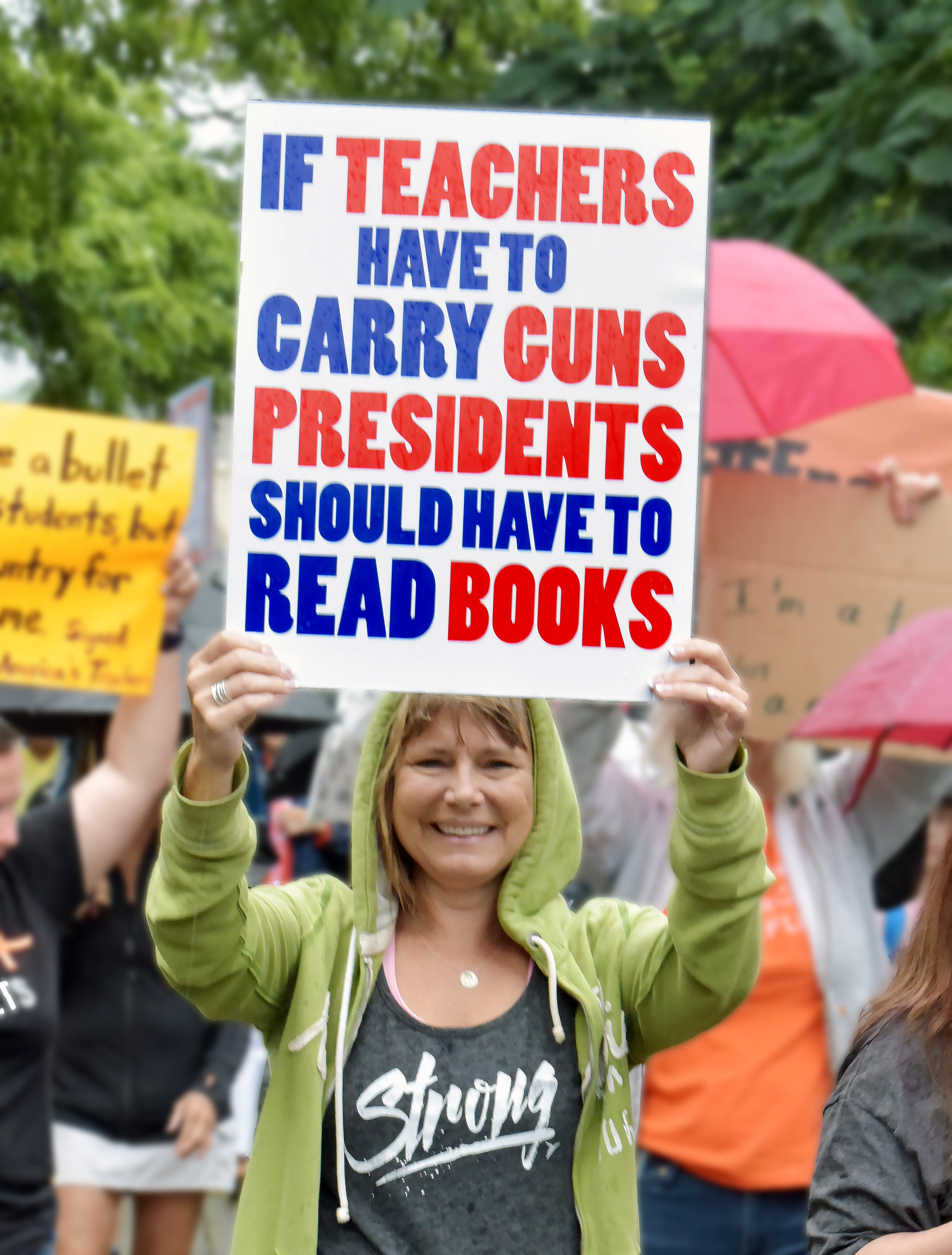
Research shows: from 1982 to 2011, mass shootings occurred every 200 days on average. Since late 2011, they found, mass shootings have occurred at triple that rate—every 64 days on average.
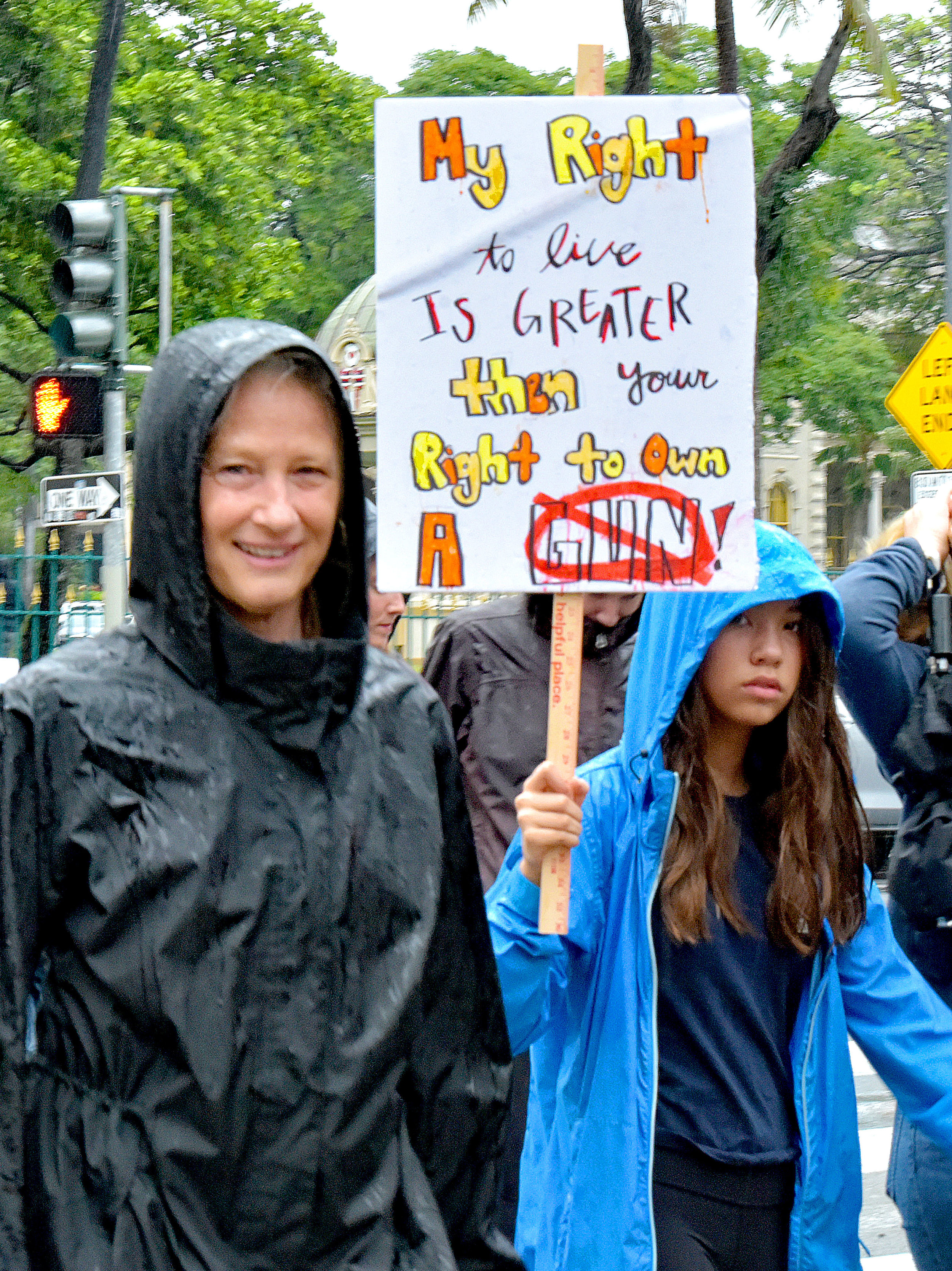
Approximately one of three handguns guns is kept loaded and unlocked and most children know where their parents keep their guns.
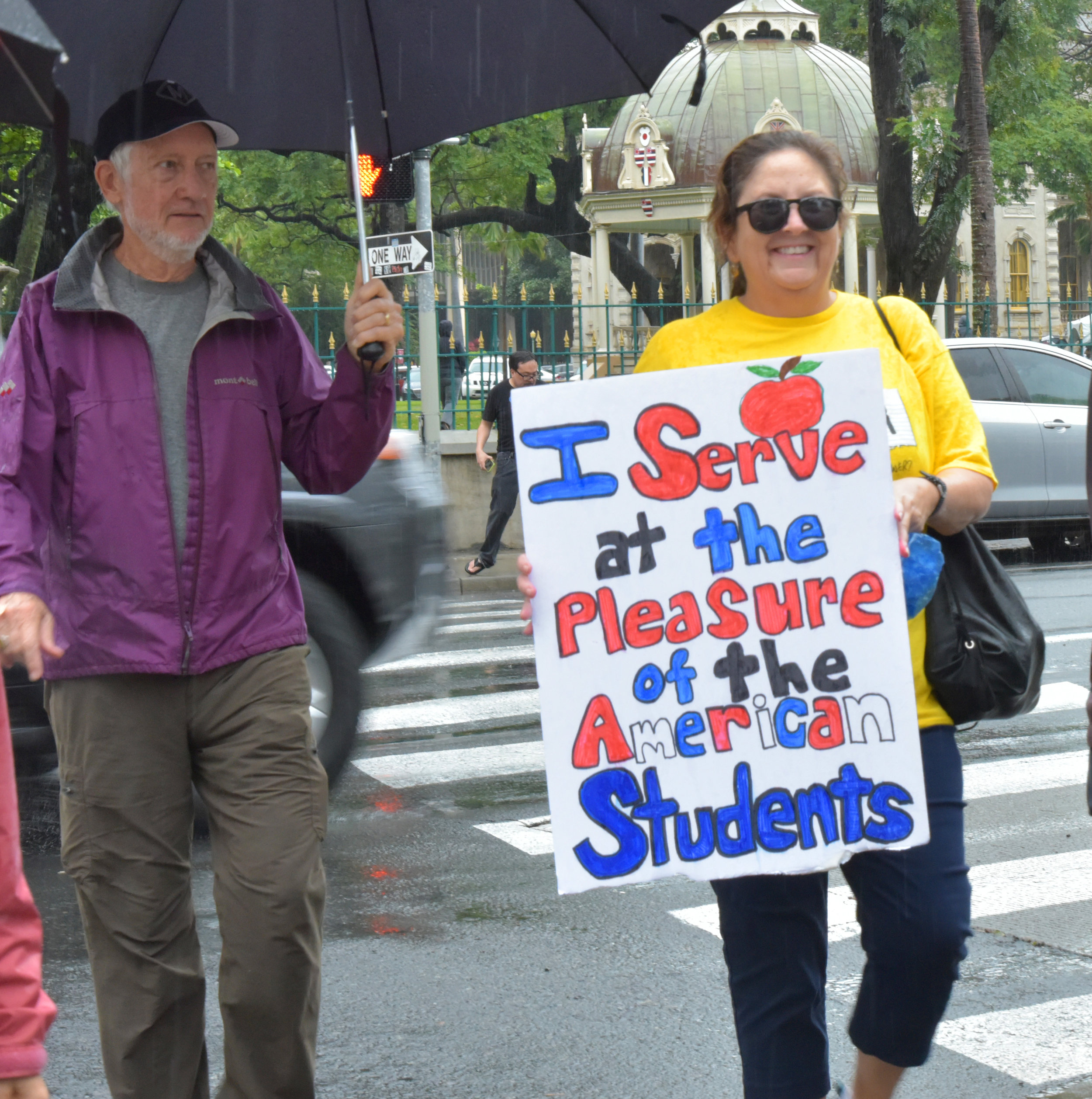
In one year on average (ages 0-19), 17,102 American children and teens are shot in murders, assaults, suicides & suicide attempts, unintentional shootings, or by police intervention.

Black men are nearly ten times as likely to be murdered with a gun as white men, and black women are three times as likely to be murdered with a gun as white women.
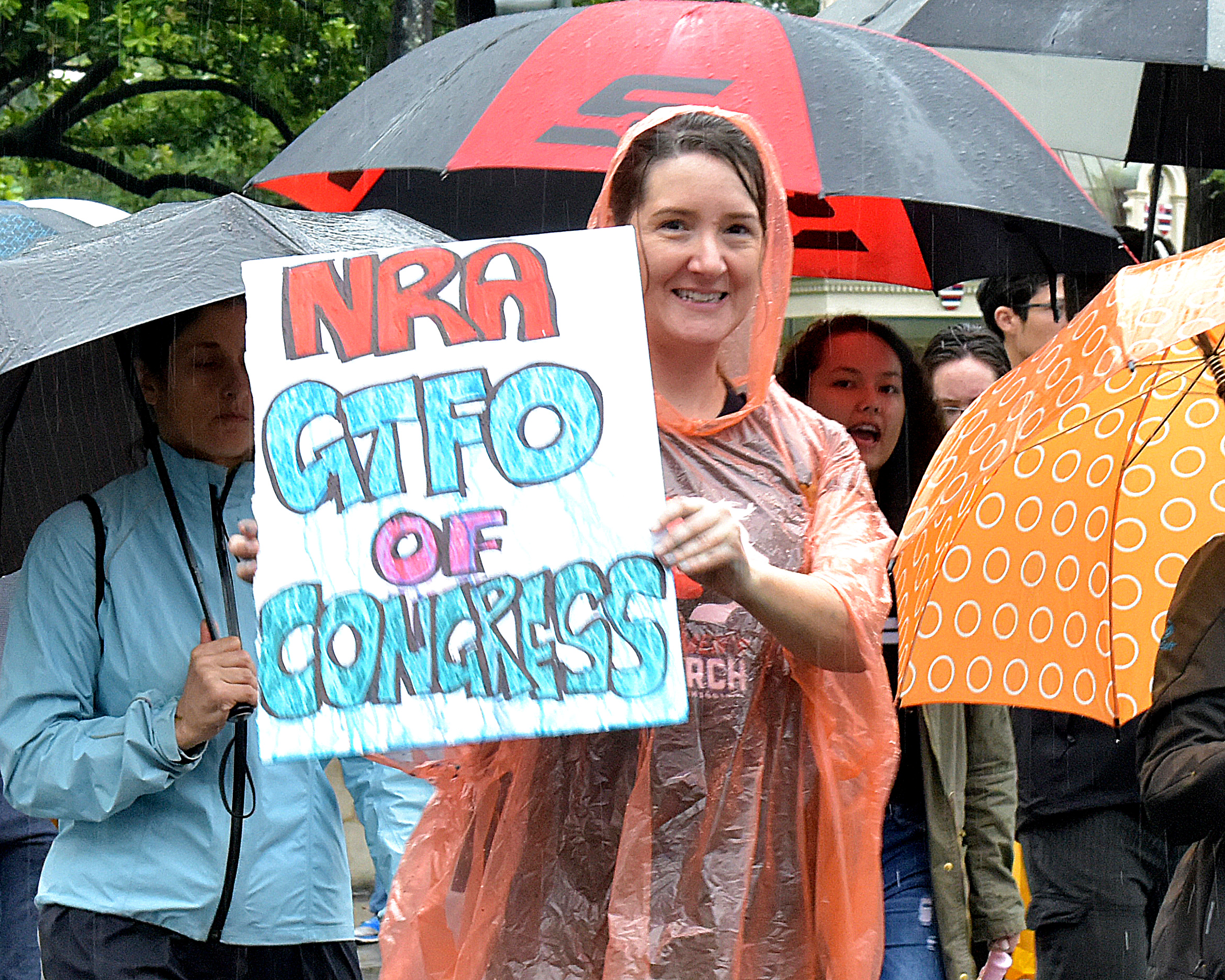
According to federal election data, eight federal lawmakers have been on the receiving end of at least $1 million in campaign contributions from the NRA over the courses of their careers.
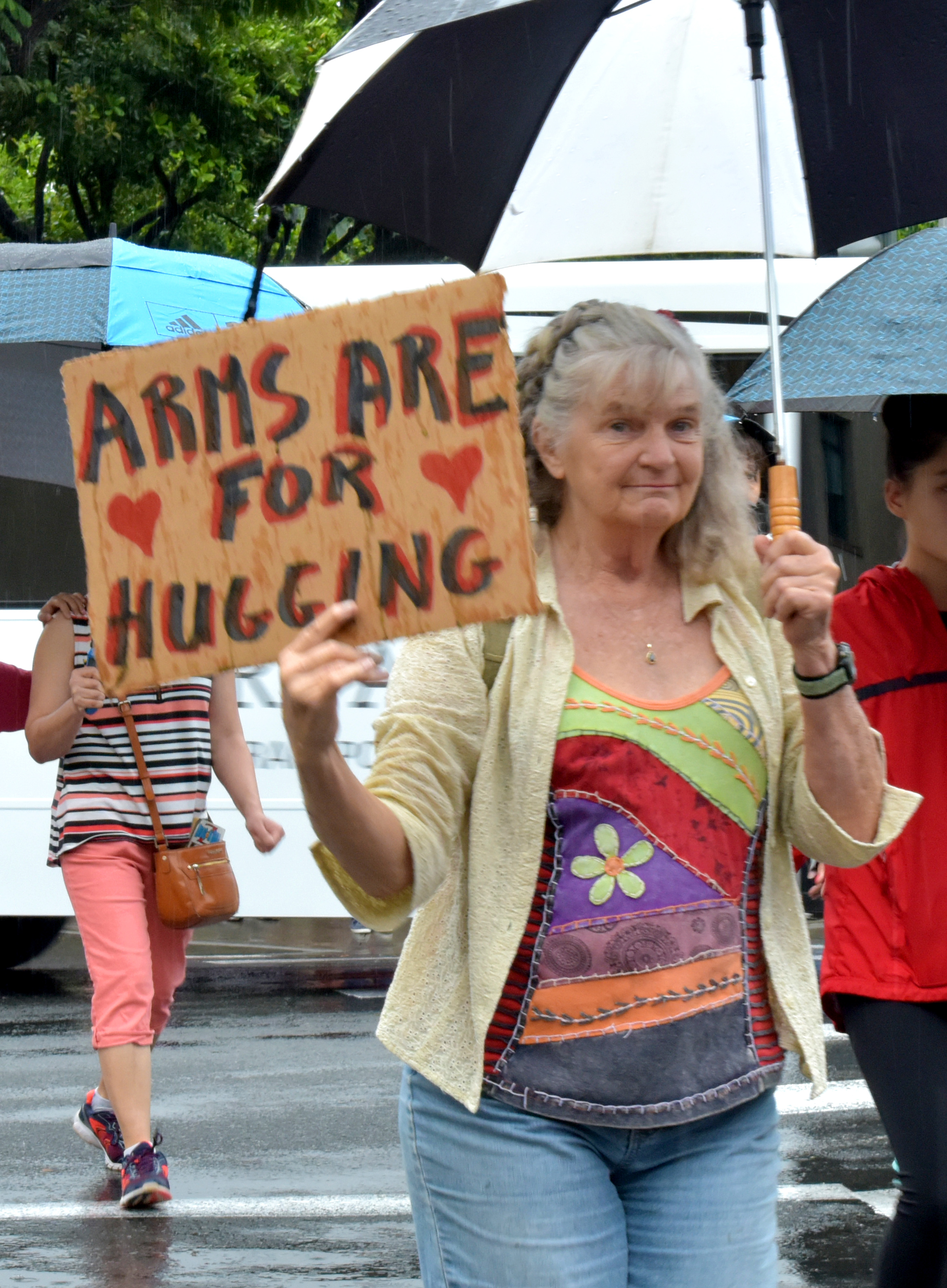
The Gun Control Act of 1968 prohibits persons under eighteen years of age, convicted criminals, the mentally disabled, dishonorably discharged military personnel, and others from purchasing firearms.
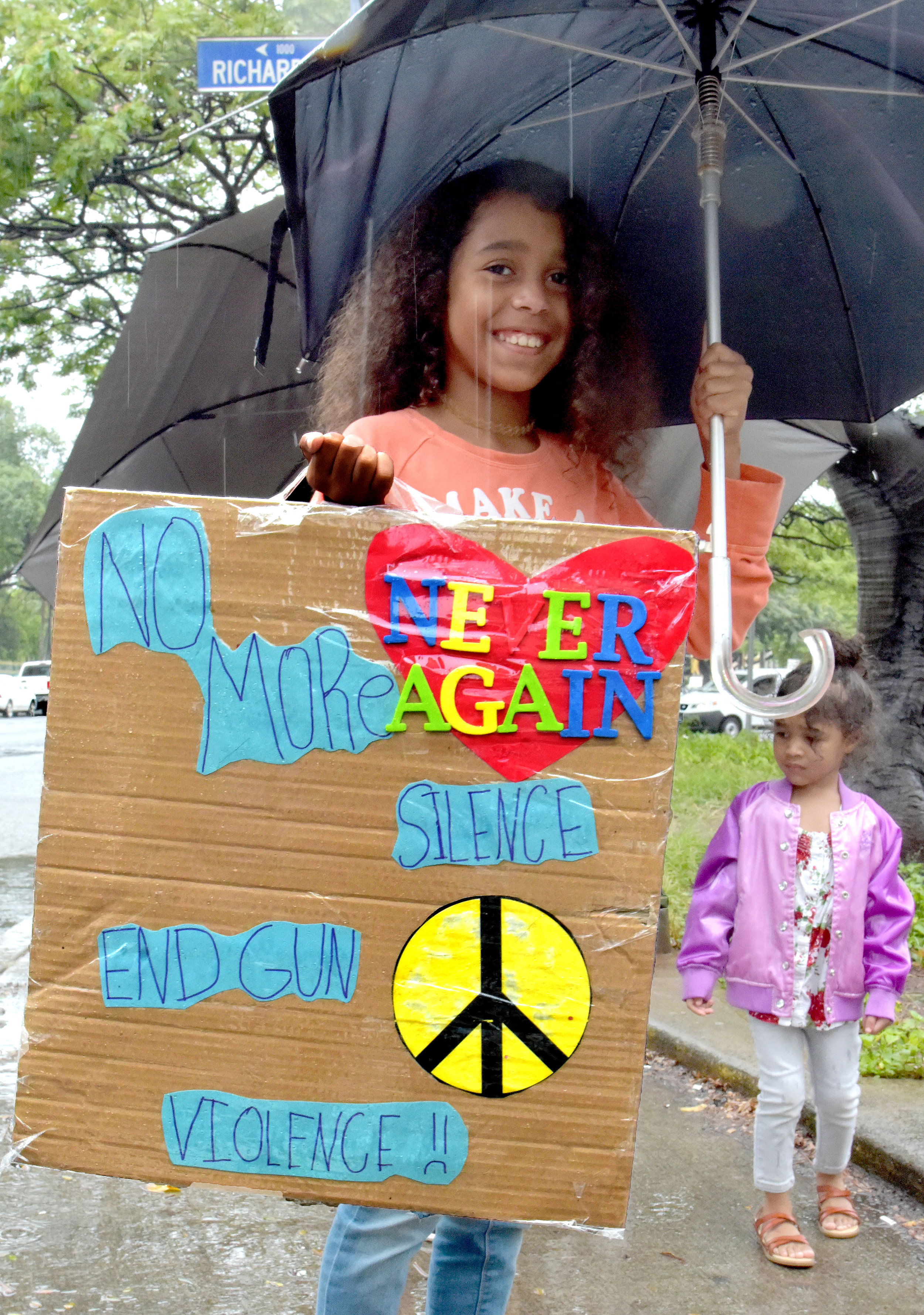
In 1993, the Brady Handgun Violence Prevention Act mandated background checks for all unlicensed persons purchasing a firearm from a federally authorized dealer.
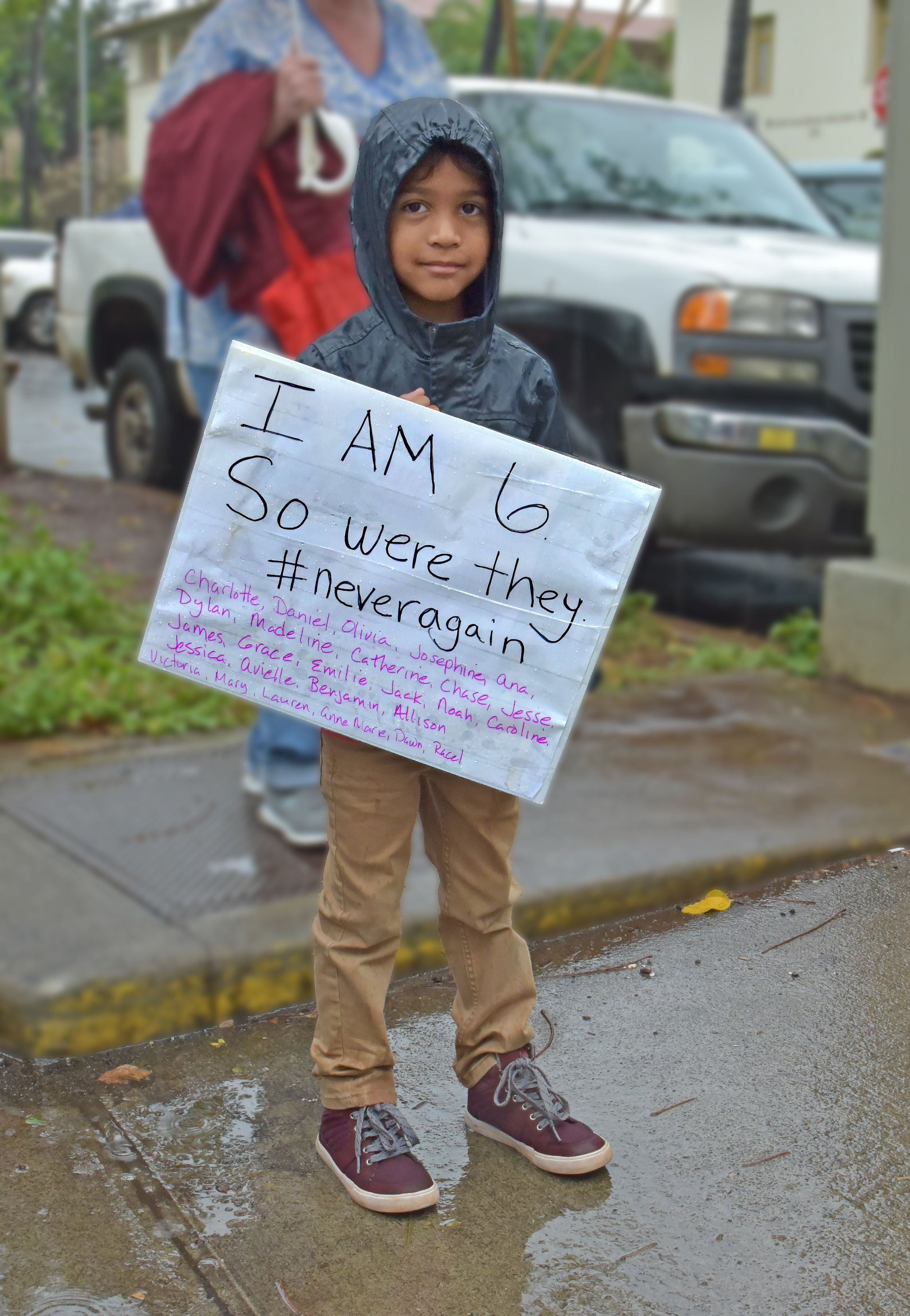
Federal law provides the basis for firearm regulation in the United States, but states and cities can impose further restrictions.

In Jan. 2016, Pres. Obama took action to decrease gun violence, including a measure requiring dealers of firearms at gun shows or online to obtain federal licenses and conduct background checks.

There was a federal prohibition on assault weapons and large-capacity magazines between 1994 and 2004, but Congress allowed these restrictions to expire.
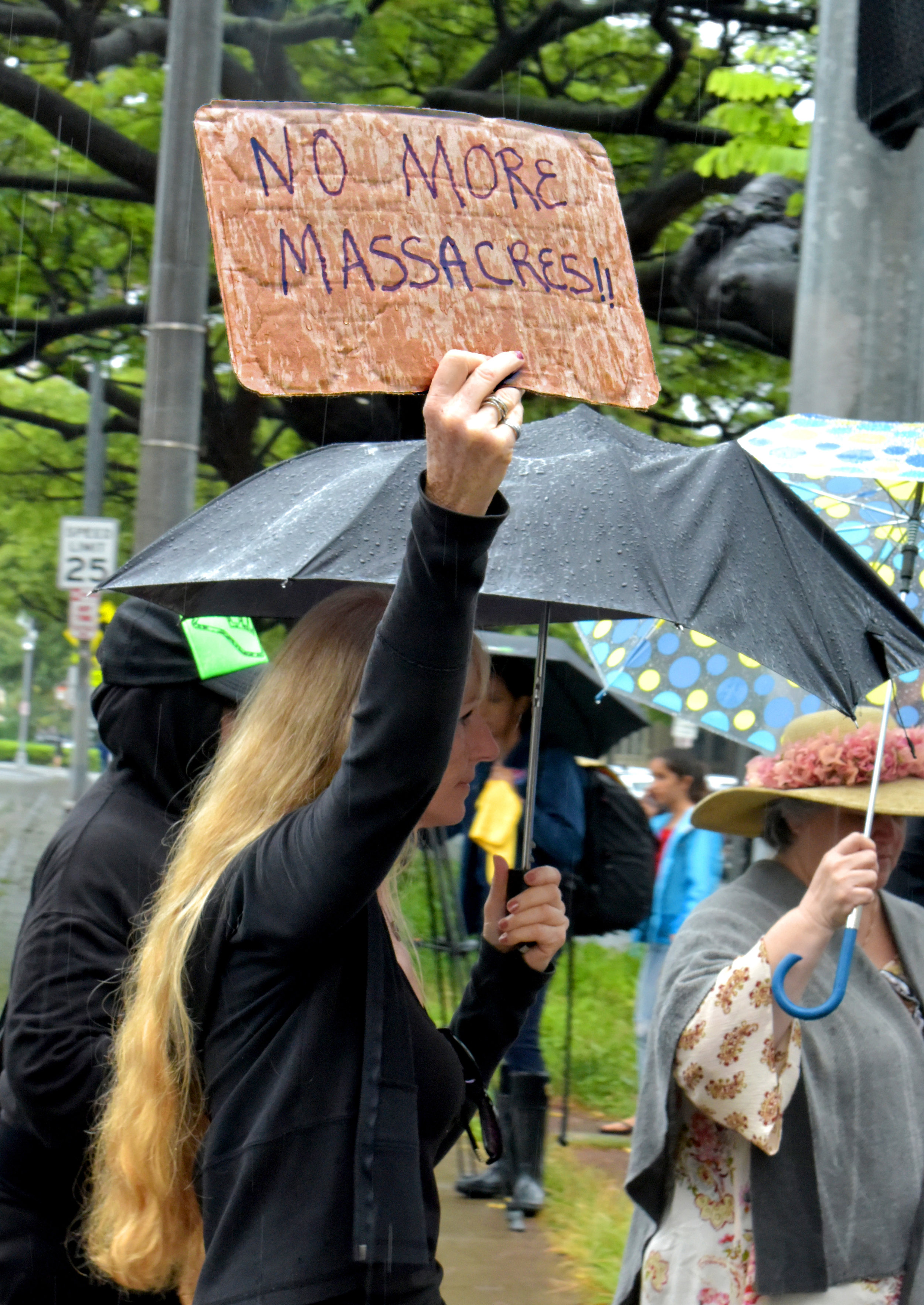
As of 2017, there were no federal laws banning semiautomatic assault weapons, military-style .50 caliber rifles, handguns, or large-capacity magazines.
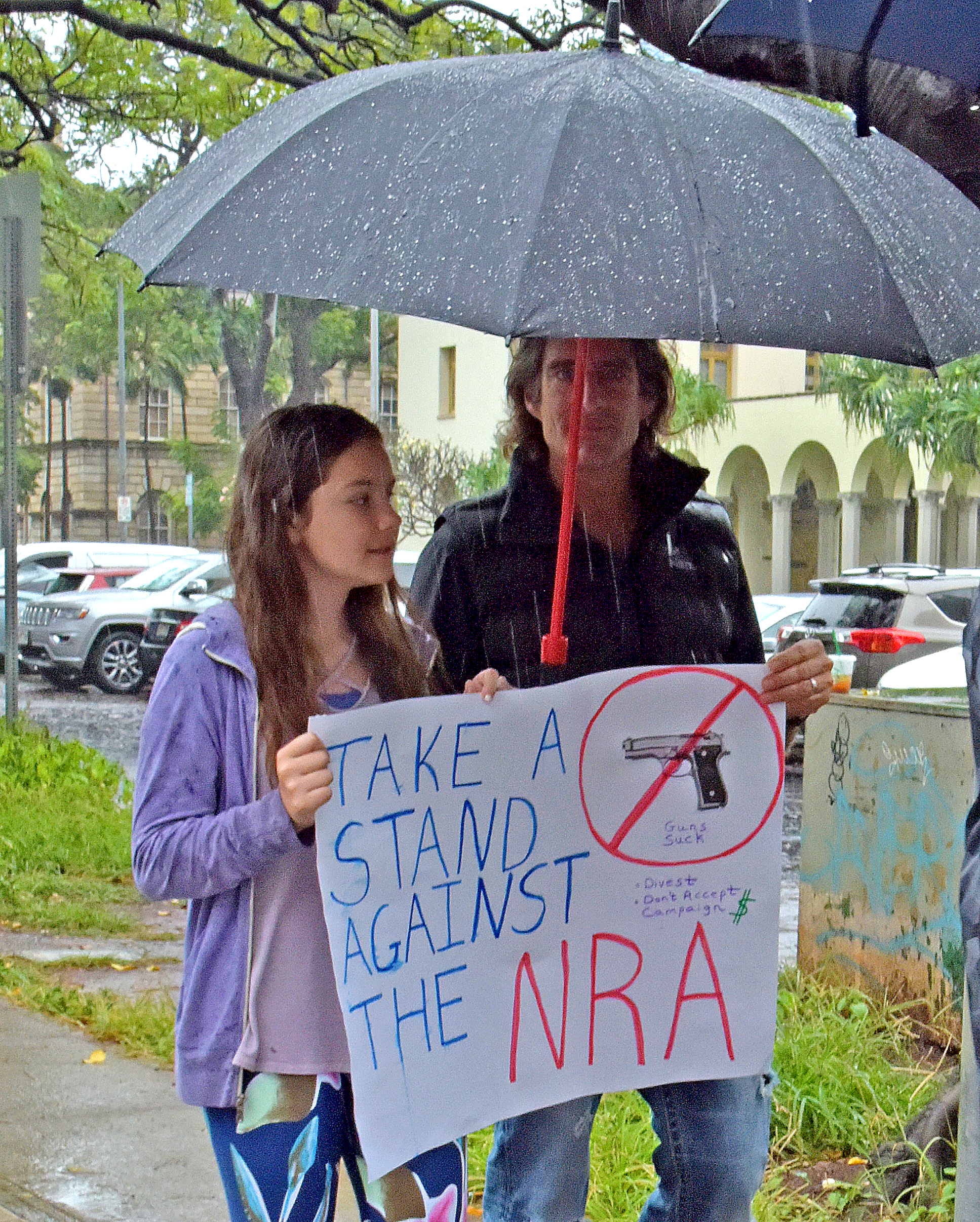
The United States, with less than 5 percent of the world’s population, has about 35–50 percent of the world’s civilian-owned guns, according to a report by the Switzerland-based Small Arms Survey.
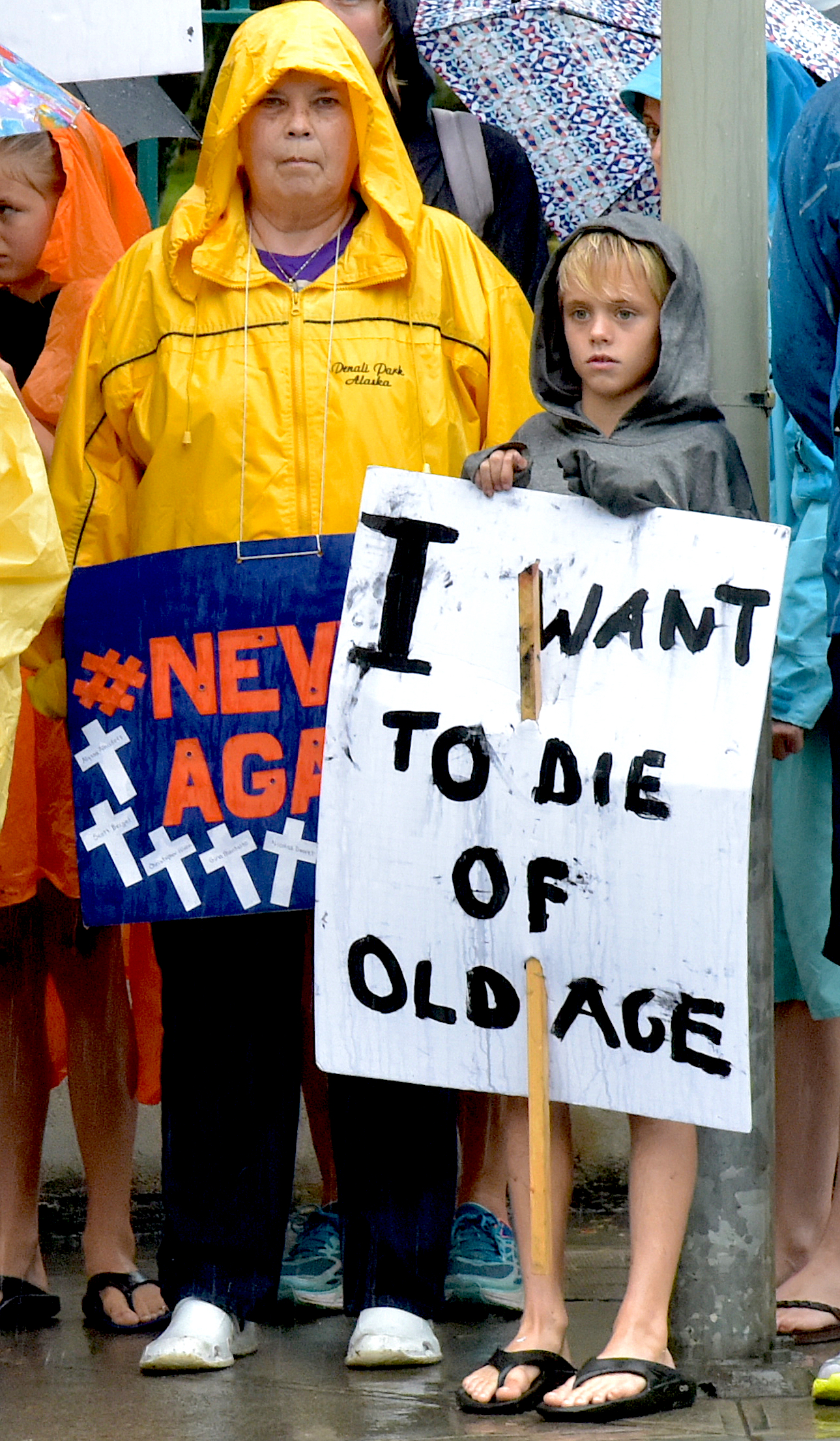
The United States also has the highest homicide-by-firearm rate among the world’s most developed nations.
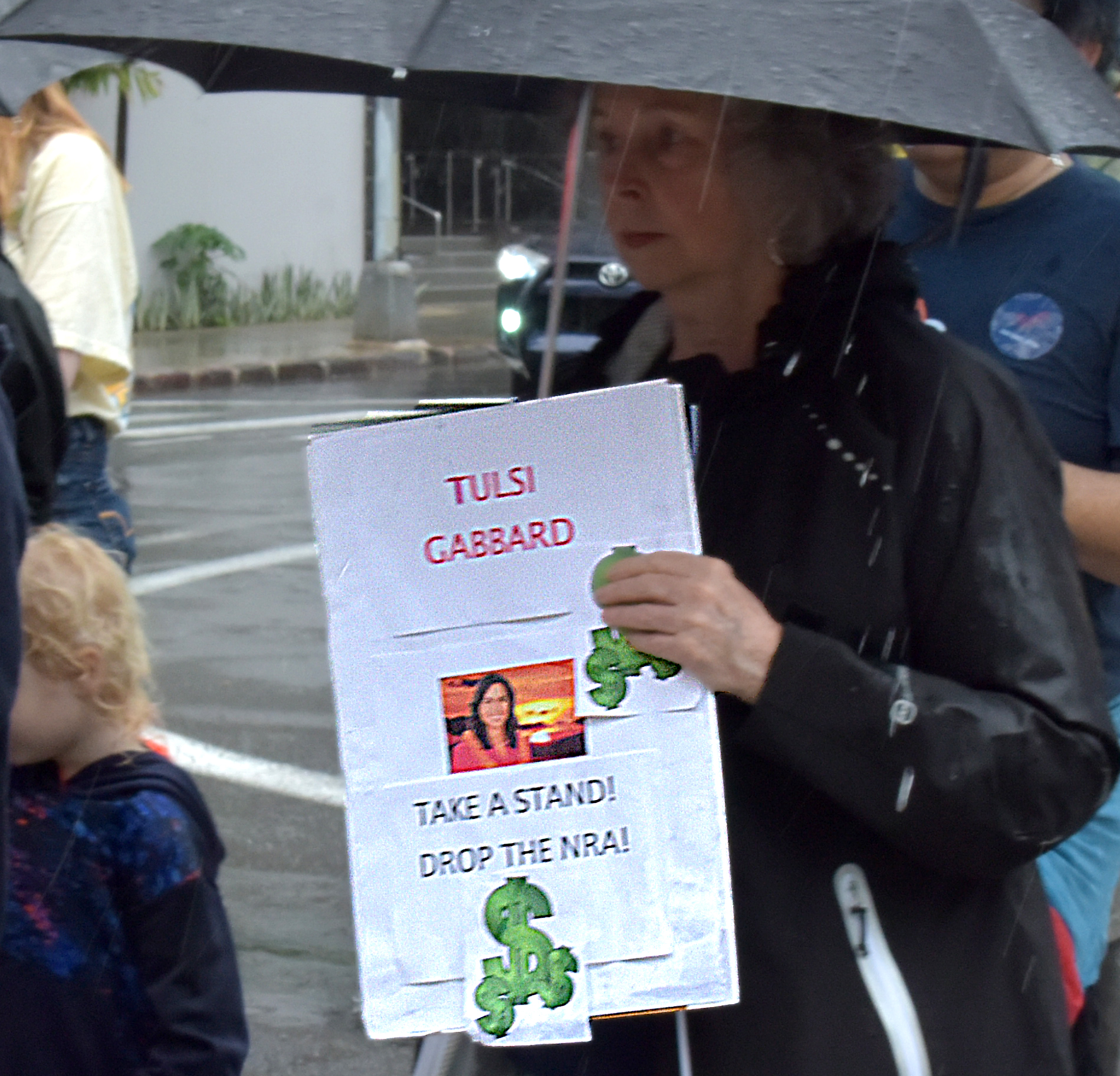
In terms of lobbying, the NRA officially spends about $3m per year to influence gun policy - the recorded spend on lobbying in 2014 was $3.3m.
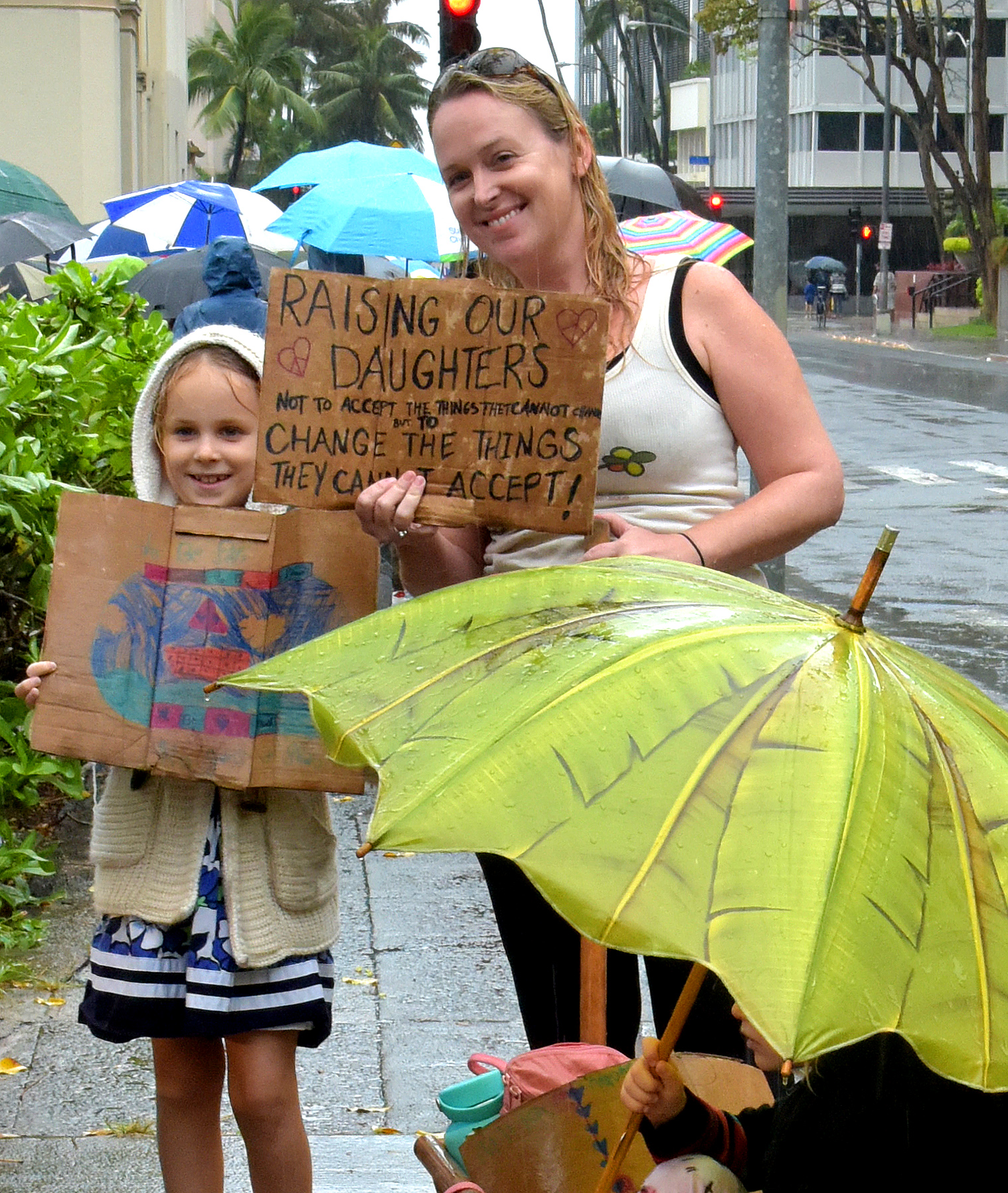
School-based counseling and violence prevention programs are effective at teaching students how to resolve conflicts and problems without resorting to violence.
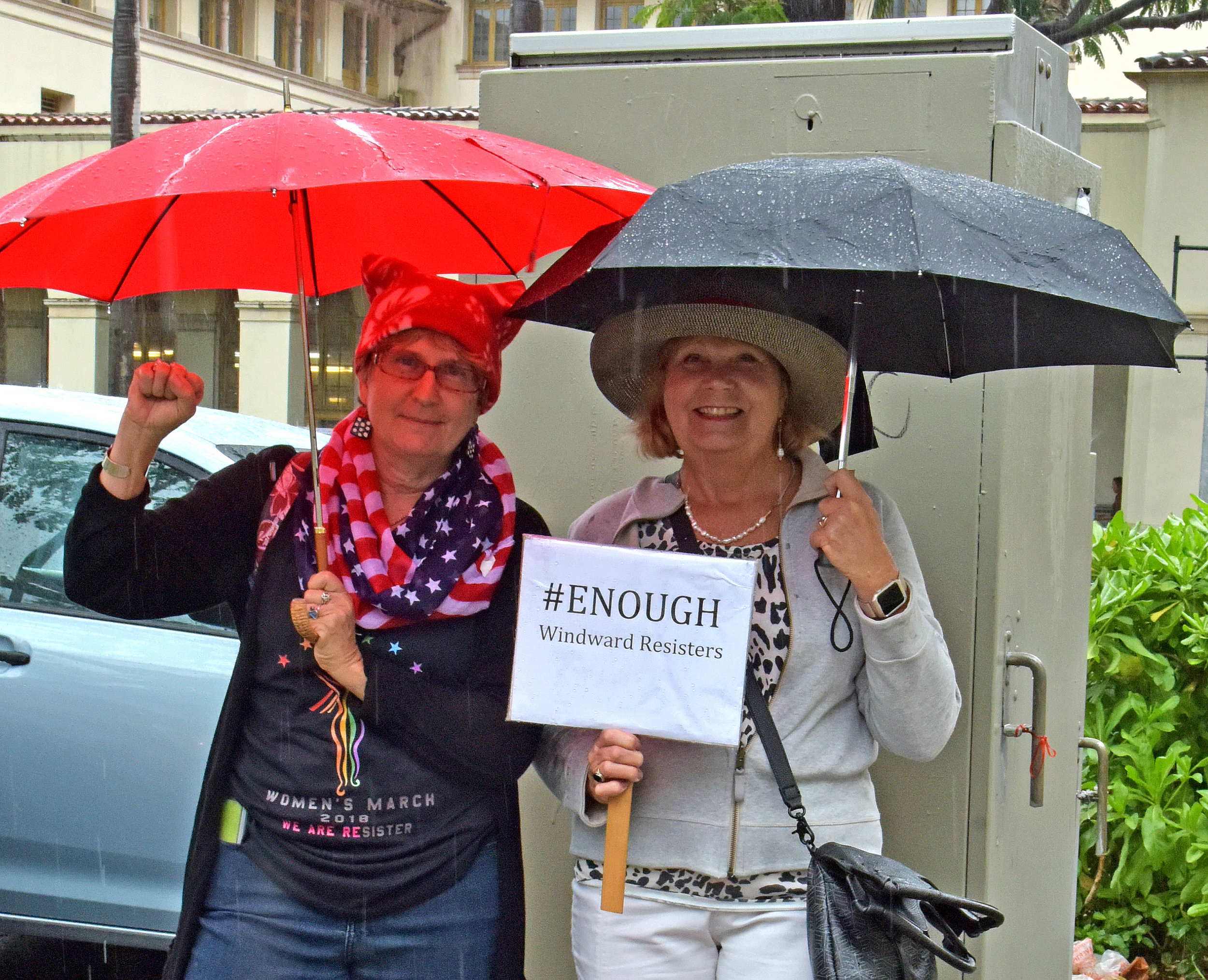
According to data from the Centers for Disease Control and Prevention, there are approximately 81,300 nonfatal injuries and 31,672 deaths every year involving guns.
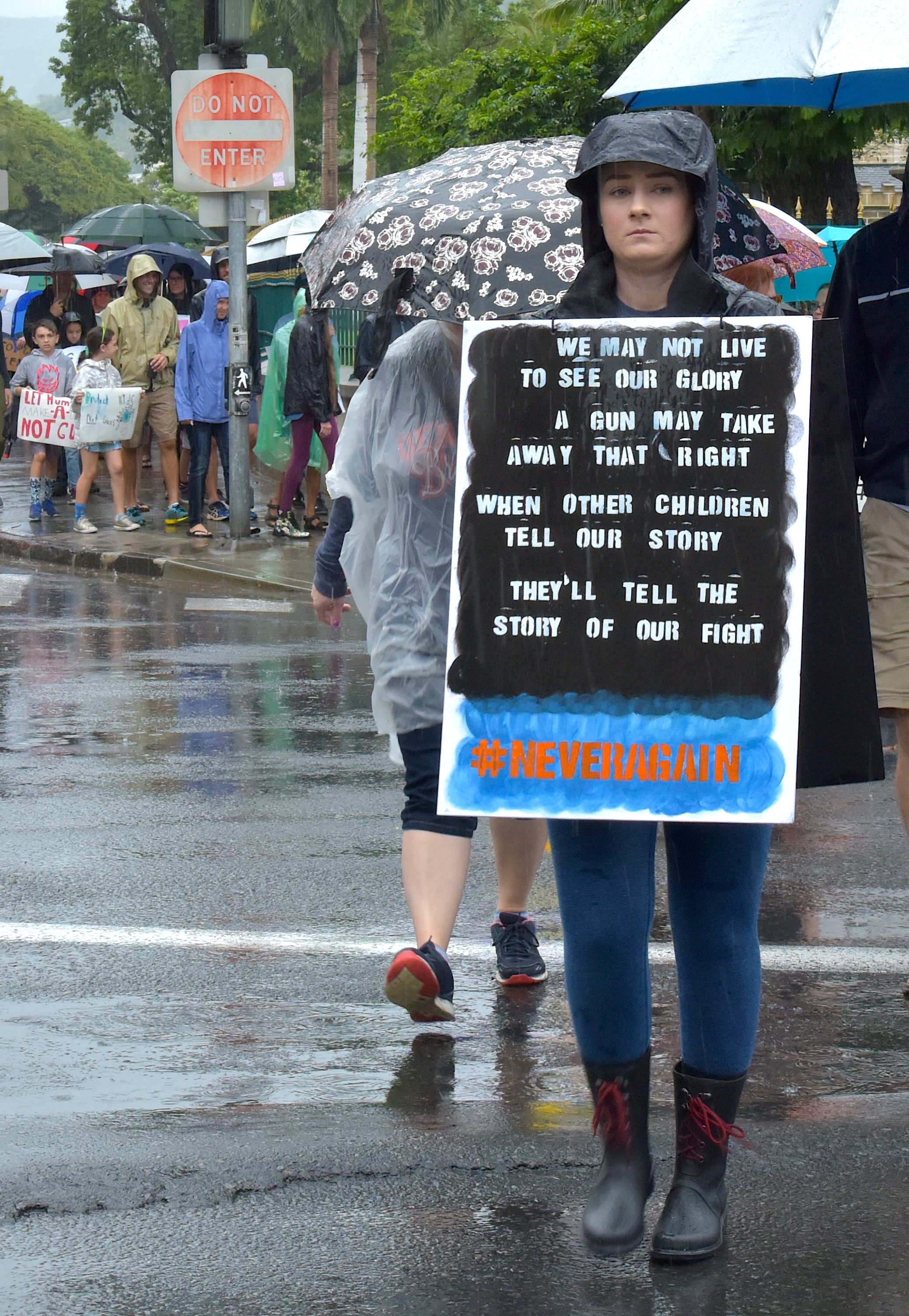
The NRA spends about $250m per year, far more than all the country's gun control advocacy groups put together.
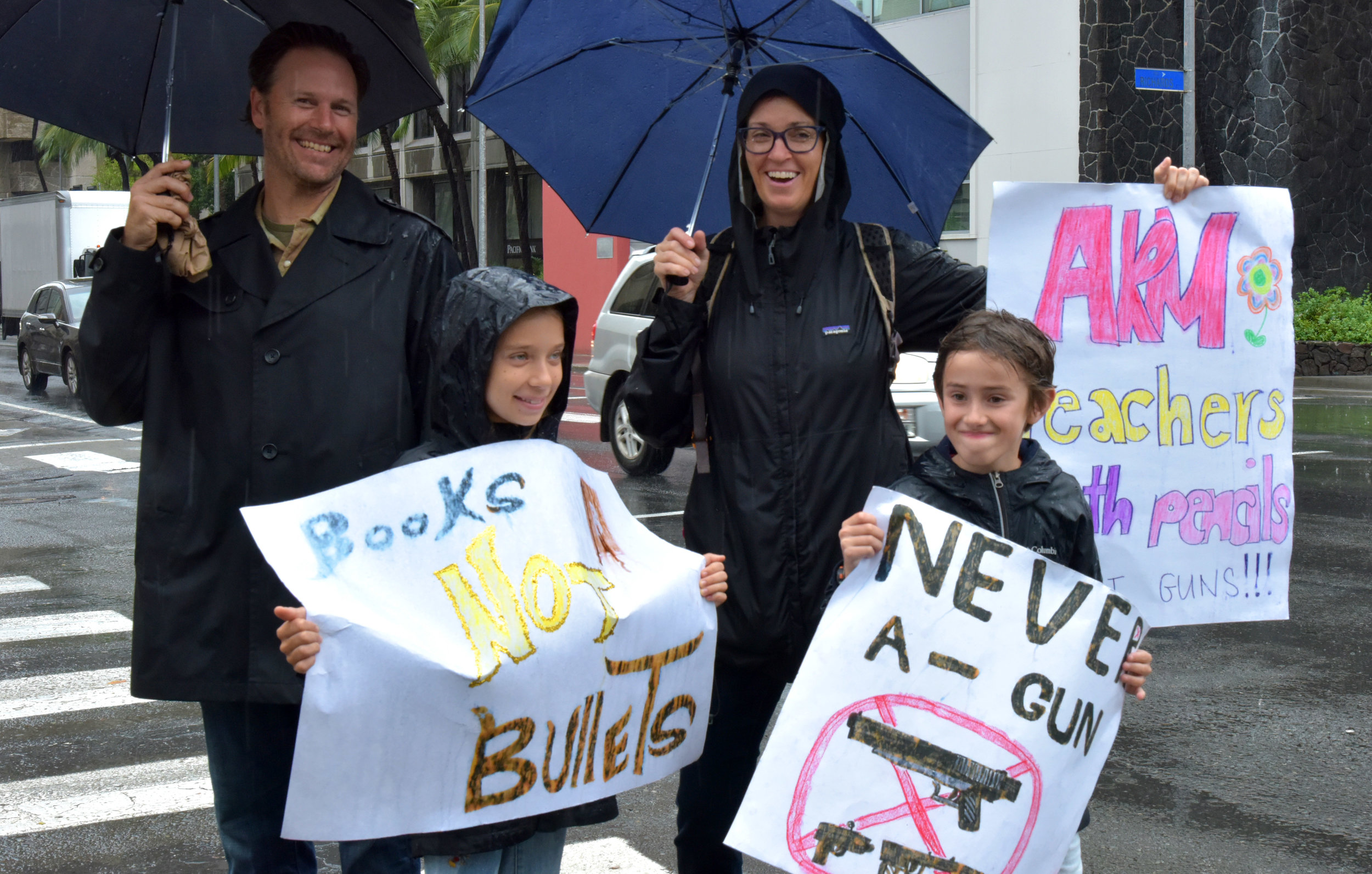
Children are almost 100 times more likely to be murdered outside of school than at school, which makes massive expenditures for school building security seem like a misallocation of tax dollars.
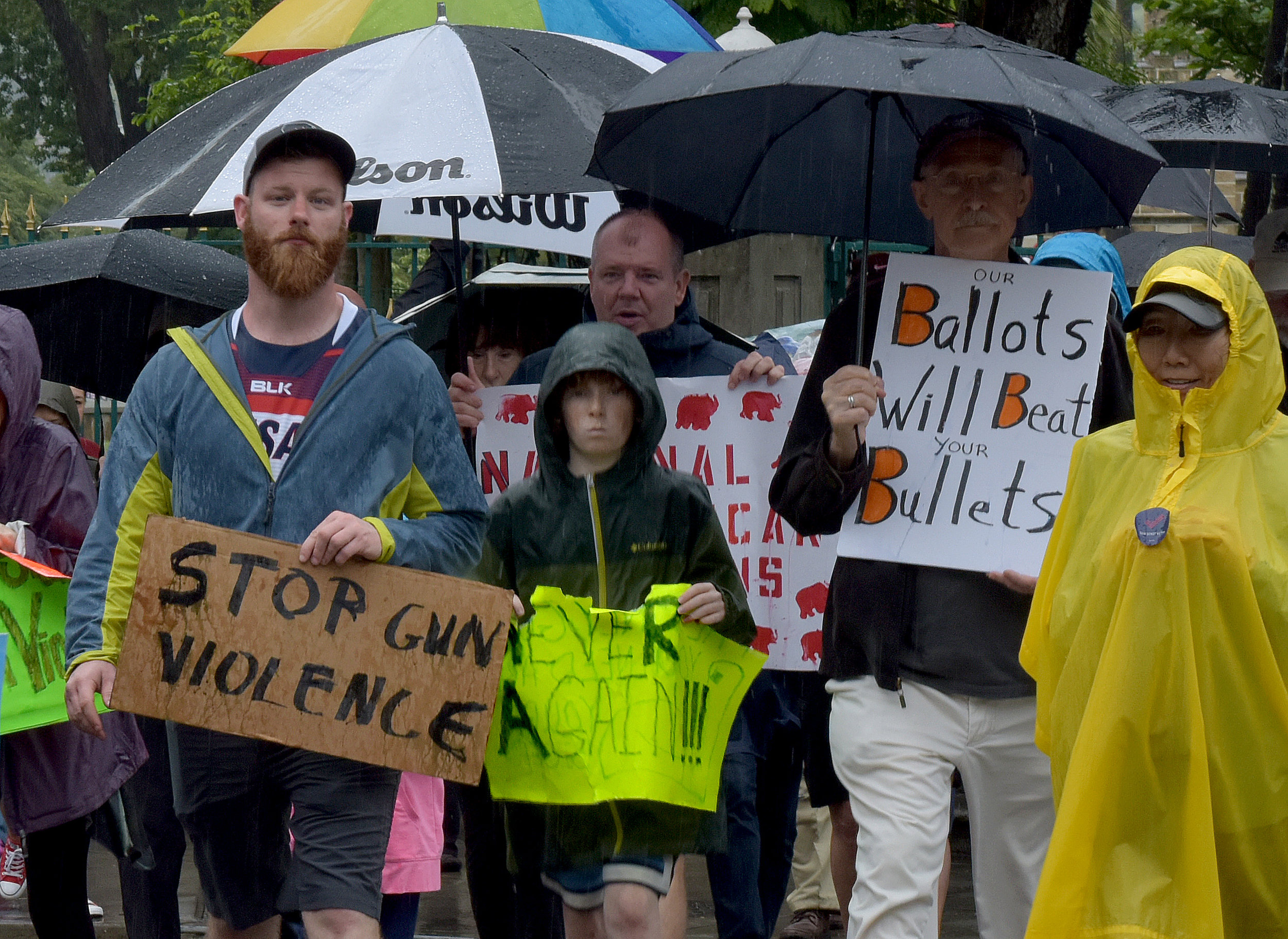
The NRA publicly grades members of Congress from A to F on their perceived friendliness to gun rights.
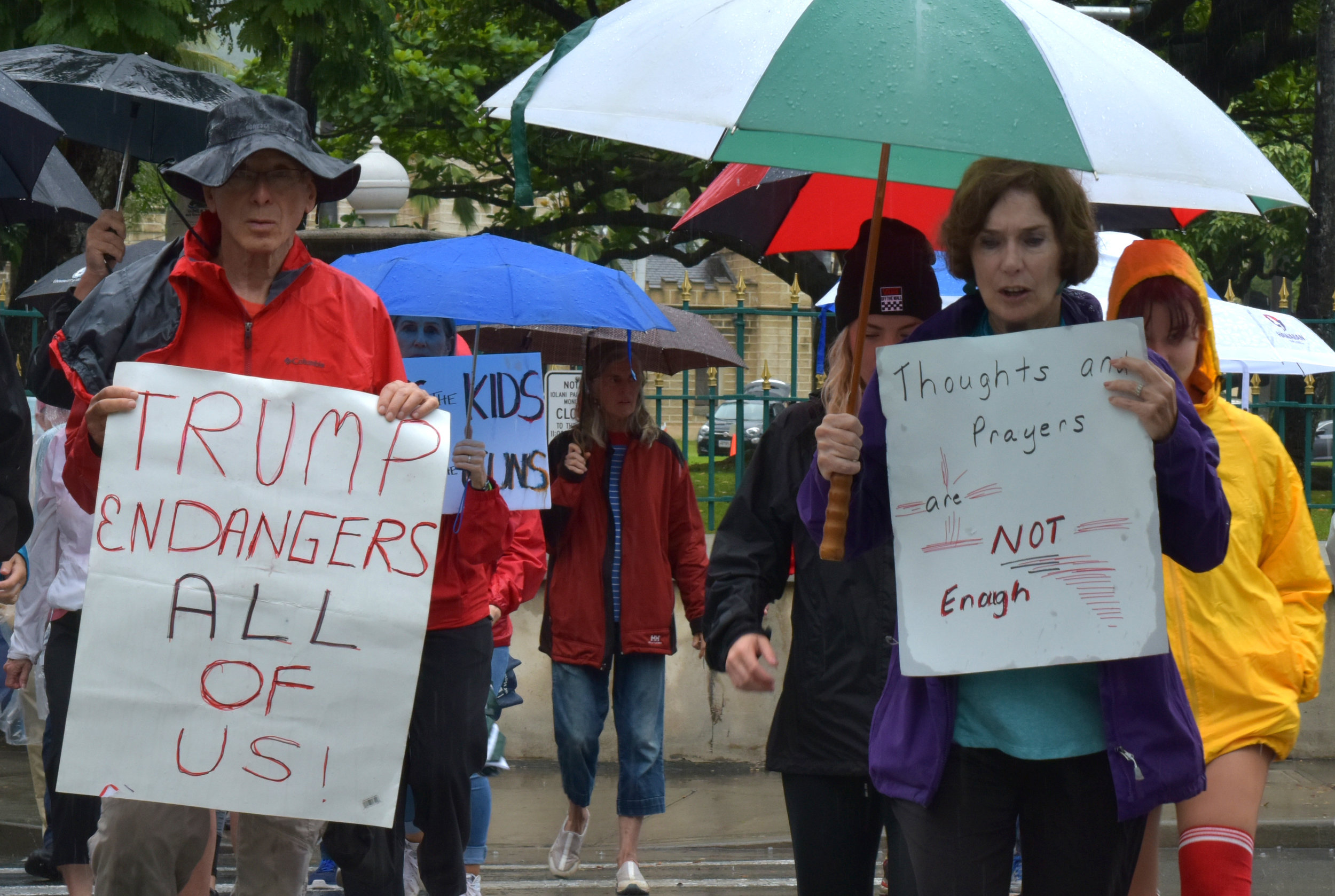
The NRA has lobbied heavily against all forms of gun control and argued aggressively that more guns make the country safer.
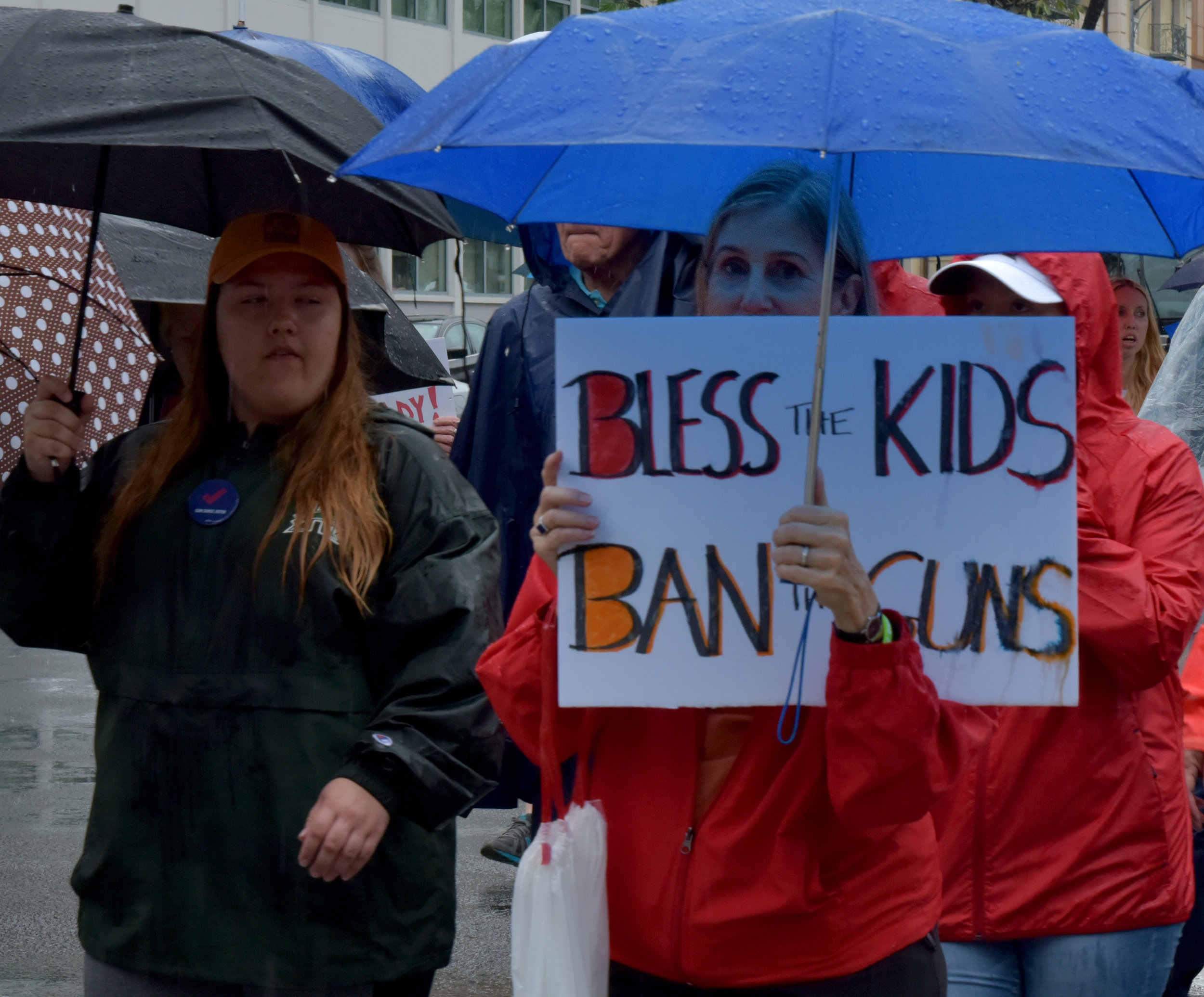
Among children, the majority (89%) of unintentional shooting deaths occur in the home. Most of these deaths occur when children are playing with a loaded gun in their parent’s absence.
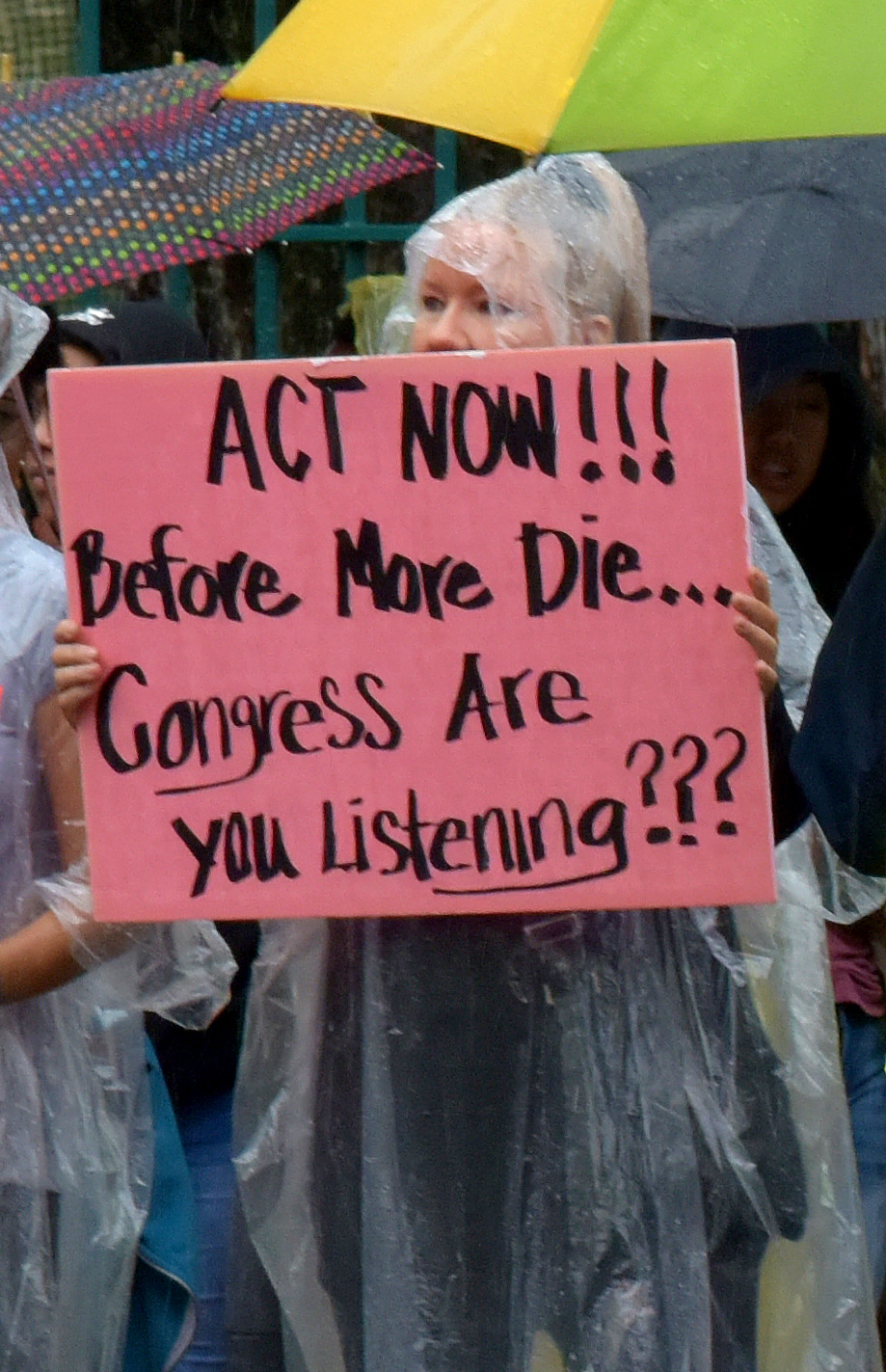
91% of all children who die from firearms in high-income countries across the world come from the United States, and guns are the third leading cause of death for all children between ages 1 and 17.
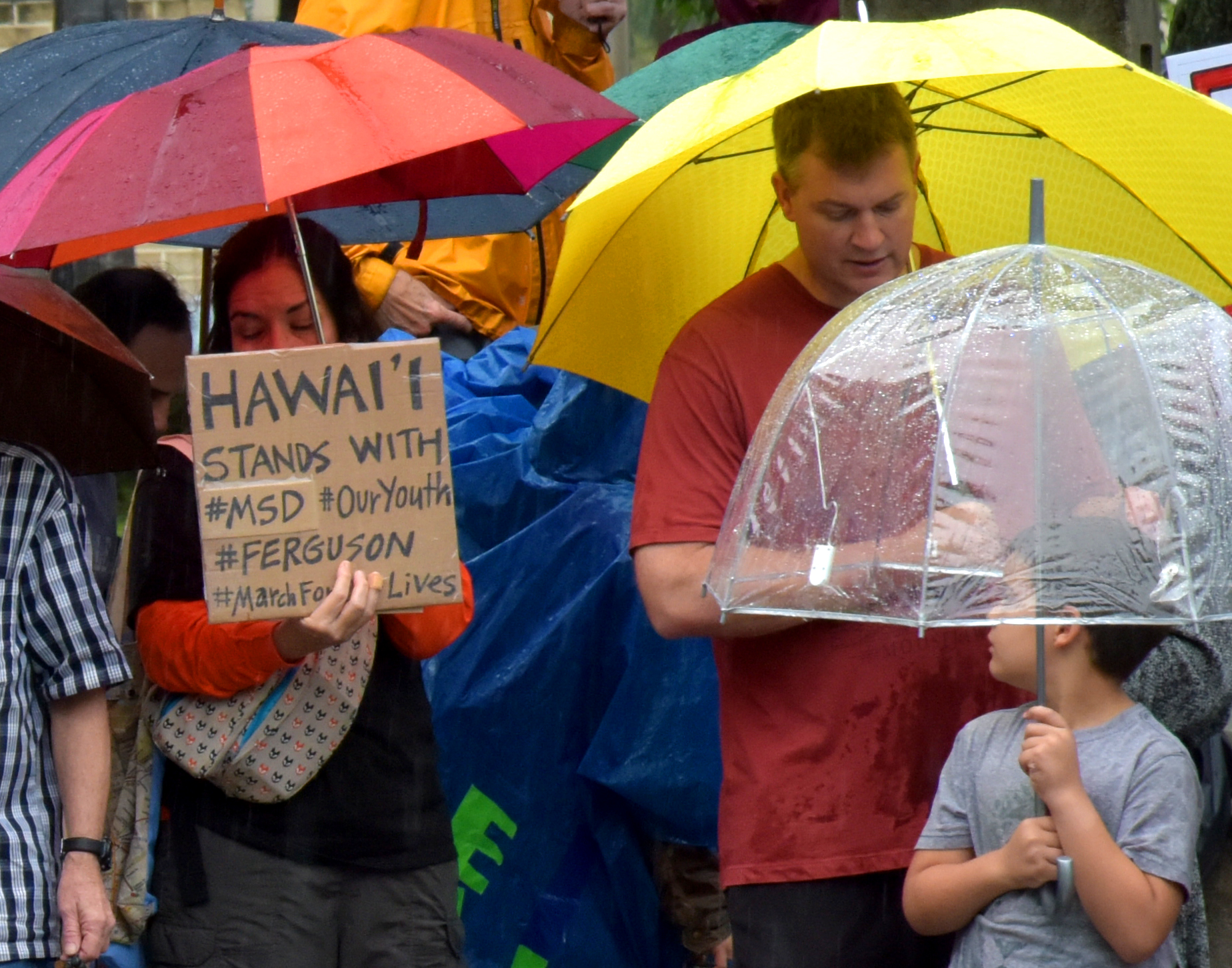
One in ten children’s deaths in 2014 and 2015 resulted from a gunshot wound.
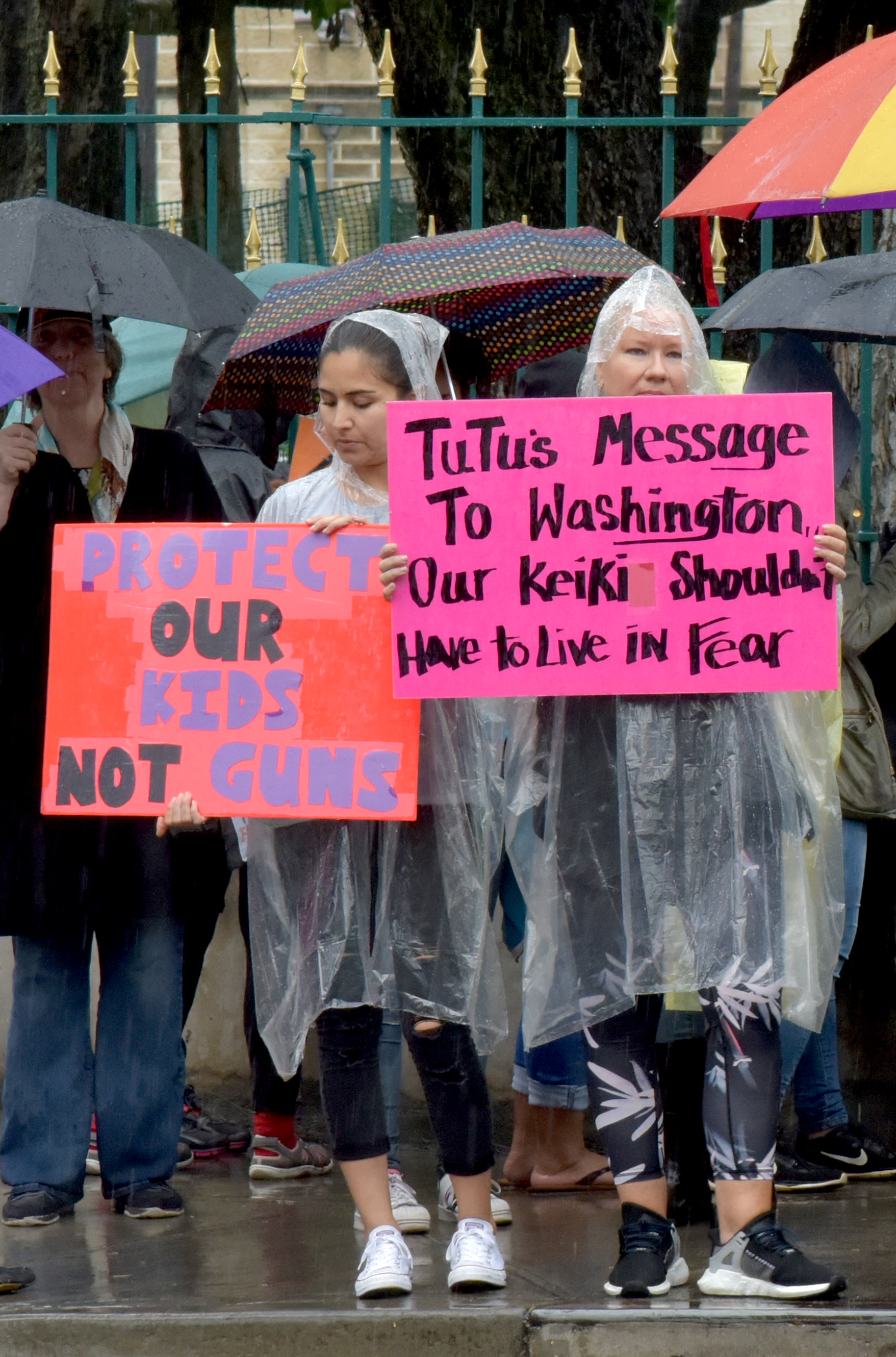
A study based on the National Violent Death Reporting System estimates that accidental deaths from guns are actually 80% higher for children under age 15.
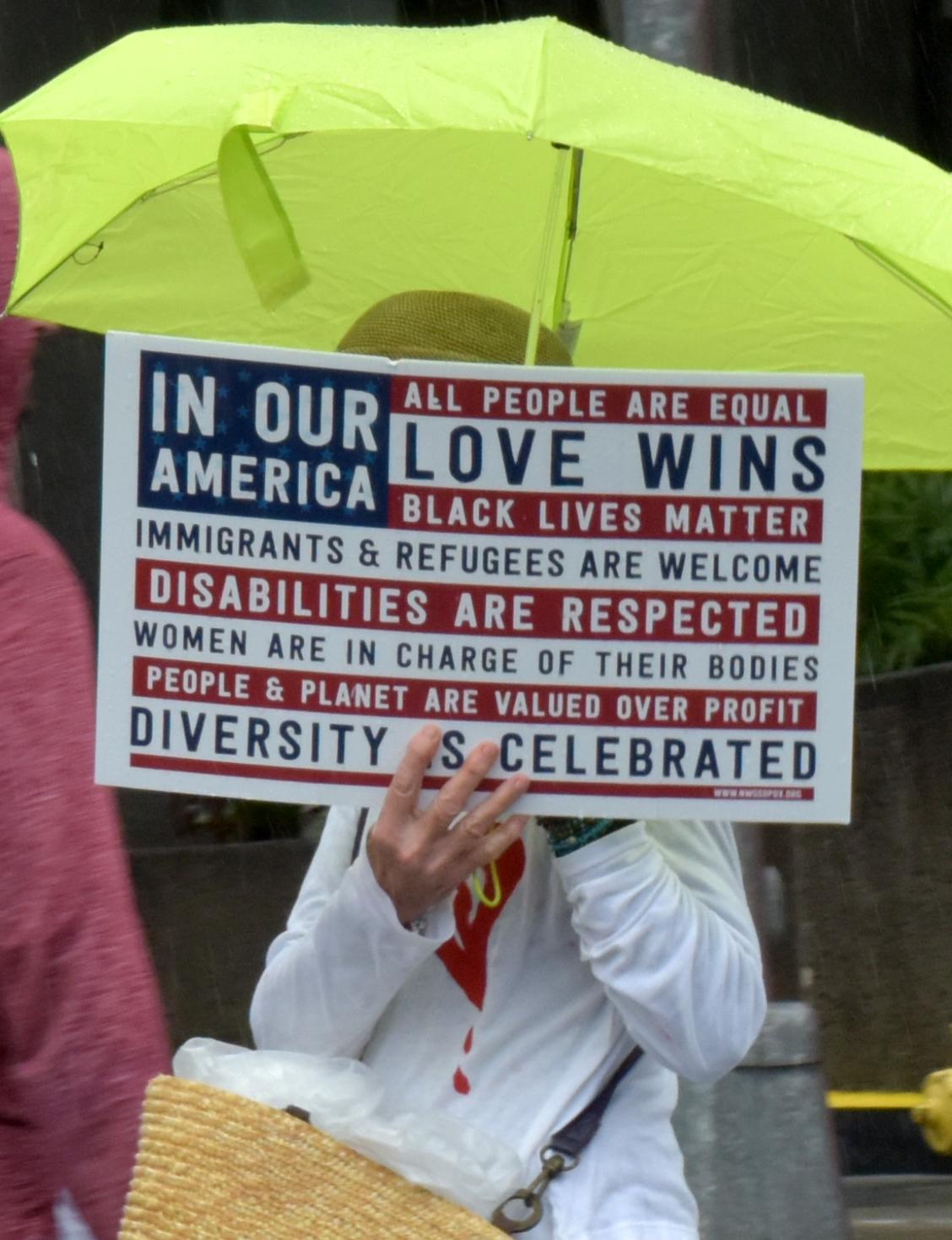
The correlation between city unemployment at the overall rate of gun deaths is considerable (.55), and the correlation between it and gun-related murders is even higher (.72).
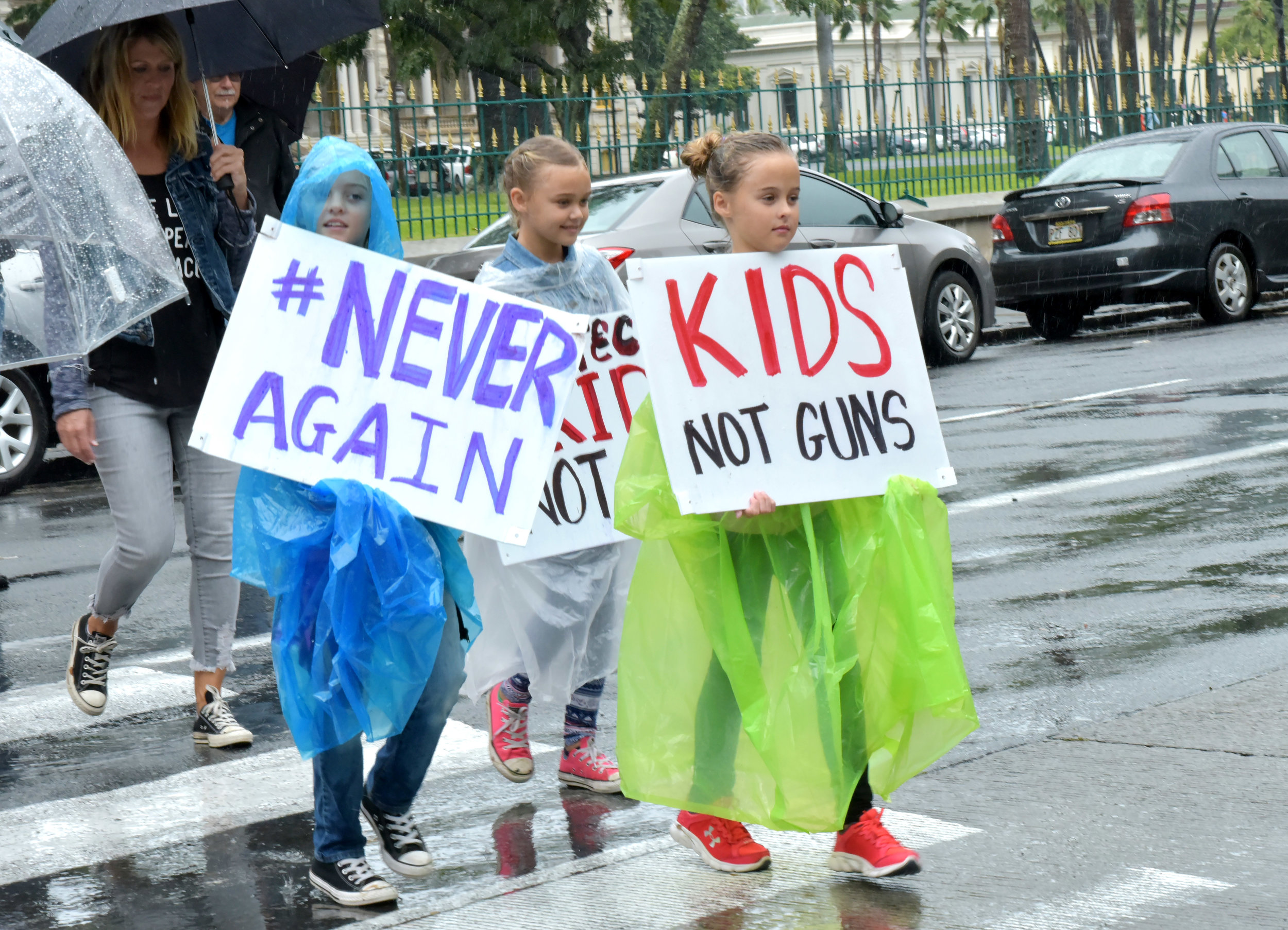
An average 1,297 children die (two children per 100,000) and 5,790 are treated for injuries caused by guns each year..

A 2012 study found gun deaths to be higher in states with higher levels of poverty and lower incomes, as well as in red states and those with more blue-collar working class economies.
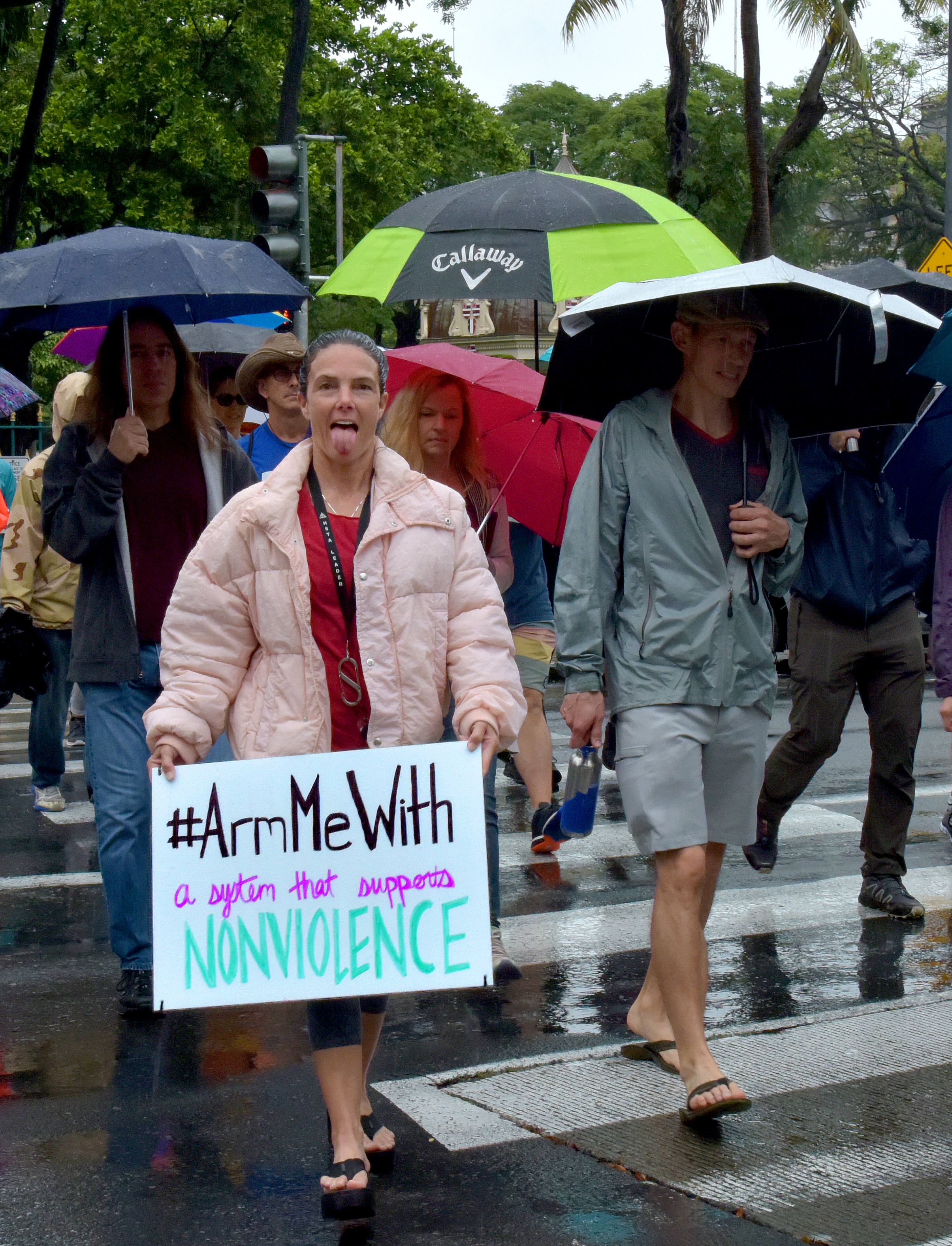
Gun ownership increases the risk of completed suicides compared to all other means of suicide combined, i.e., by pills, cutting, jumping, even hanging.

Women are 16 times more likely to be killed by guns in the US than in any other developed nation.
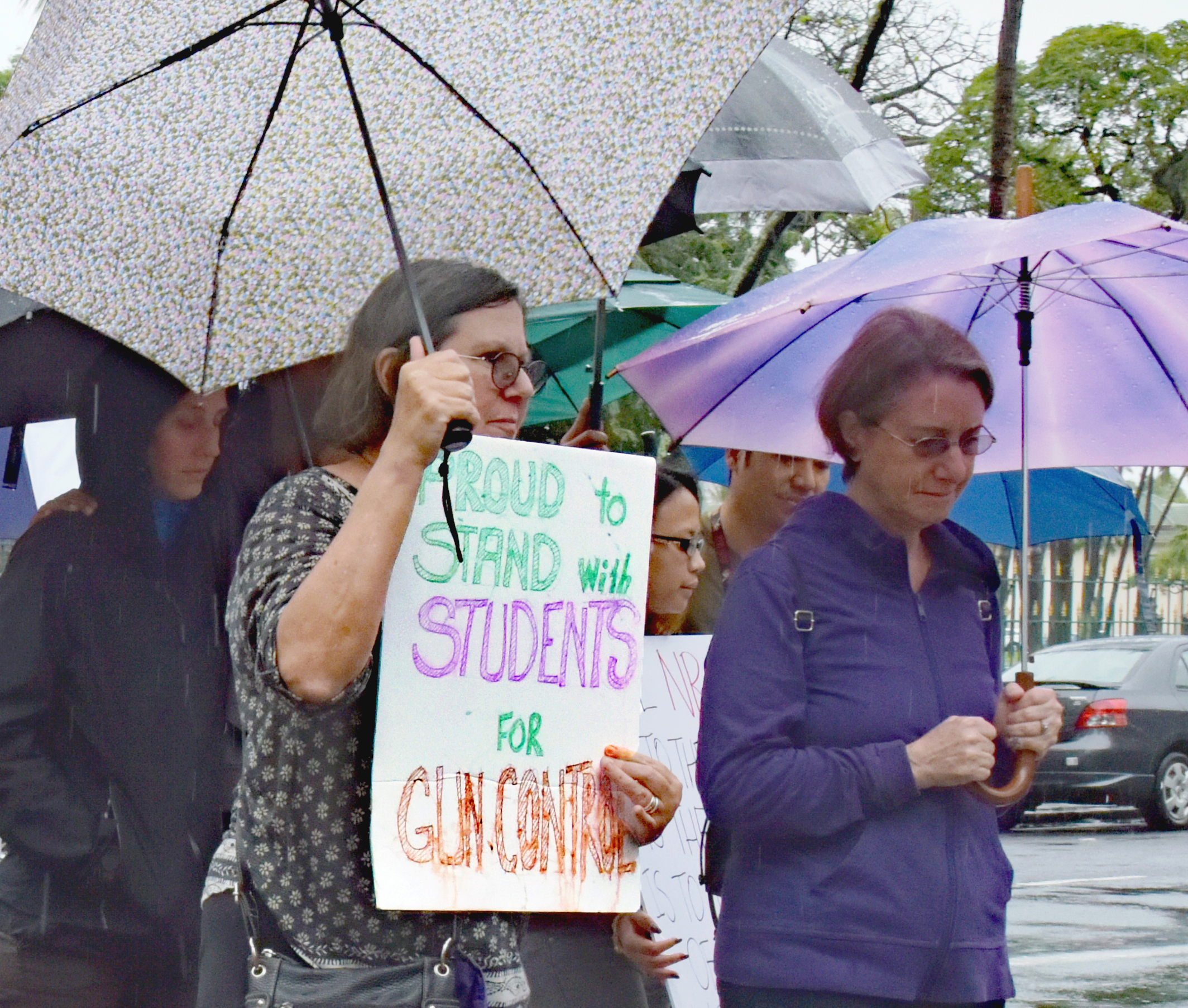
The Gun Violence Archive, a clearinghouse of gun violence statistics, reports that in 2016 alone, 446 children (aged 0–12) and 2,072 teenagers were injured or killed in gun violence incidents.
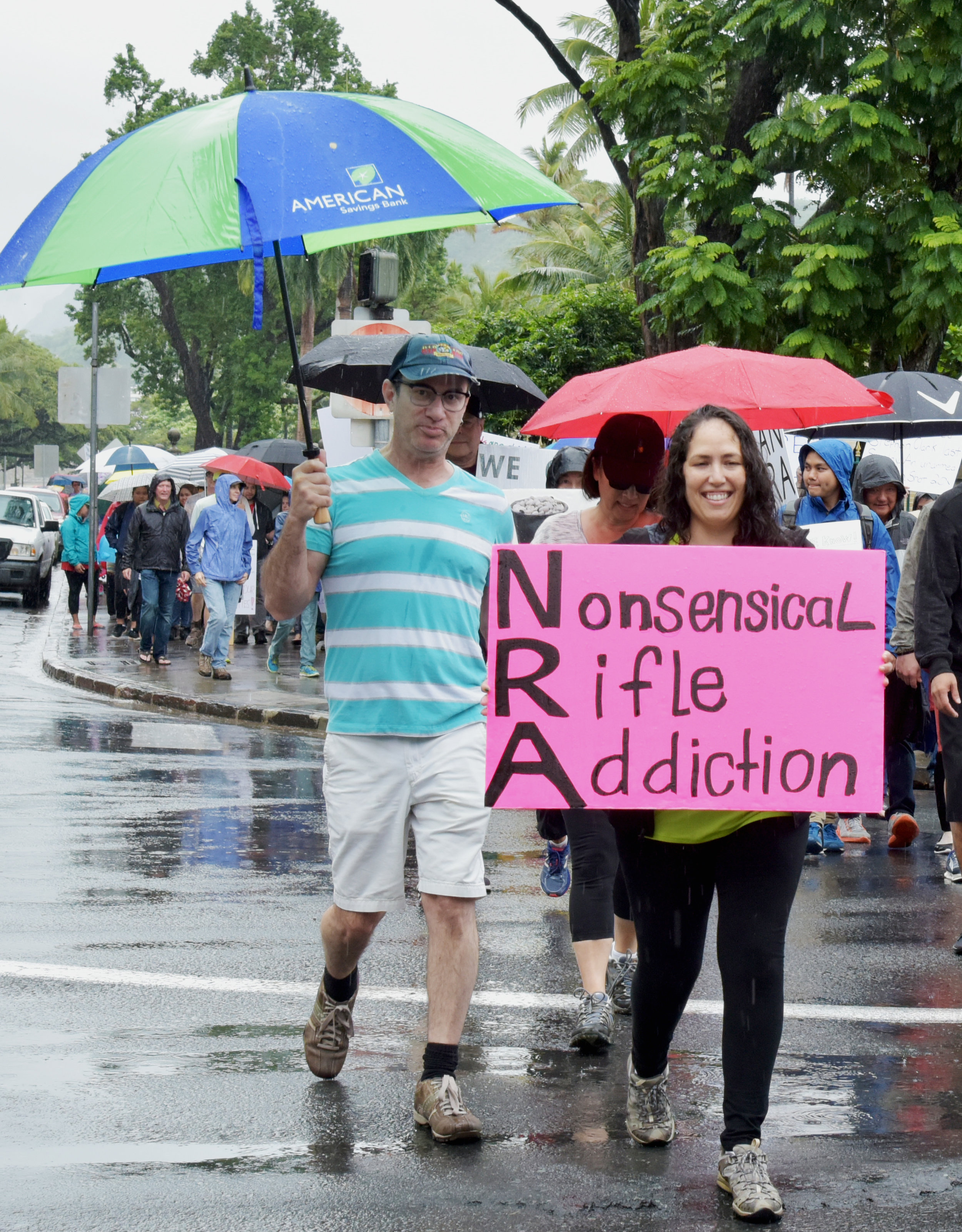
In an average month, 50 American women are shot to death by intimate partners and many more are injured.
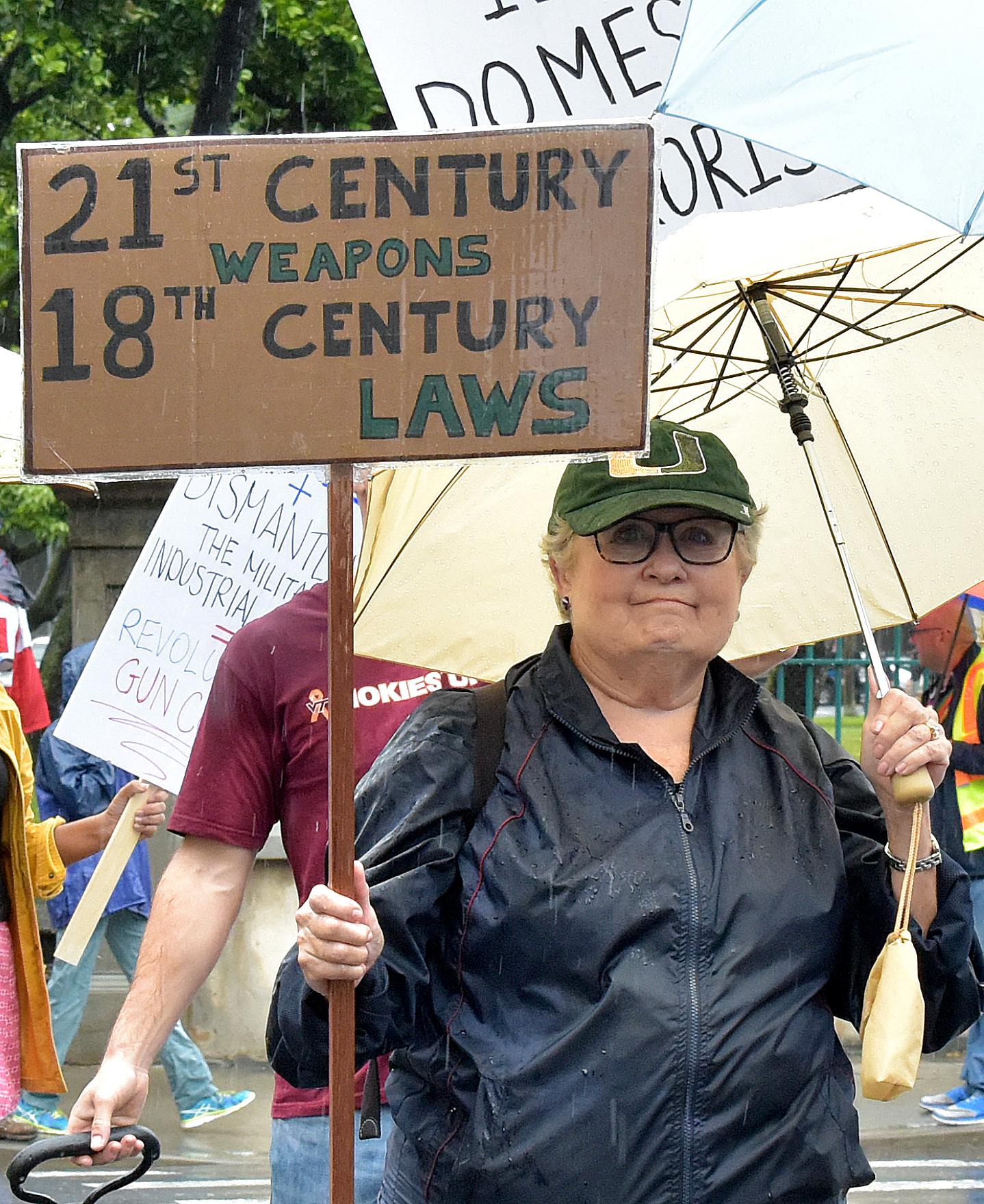
The NRA staunchly opposes most local, state and federal legislation that would restrict gun ownership.

The NRA strongly supports legislation that expand gun rights such as "open-carry" laws, which allow gun owners to carry their weapons, unconcealed, in most public places.
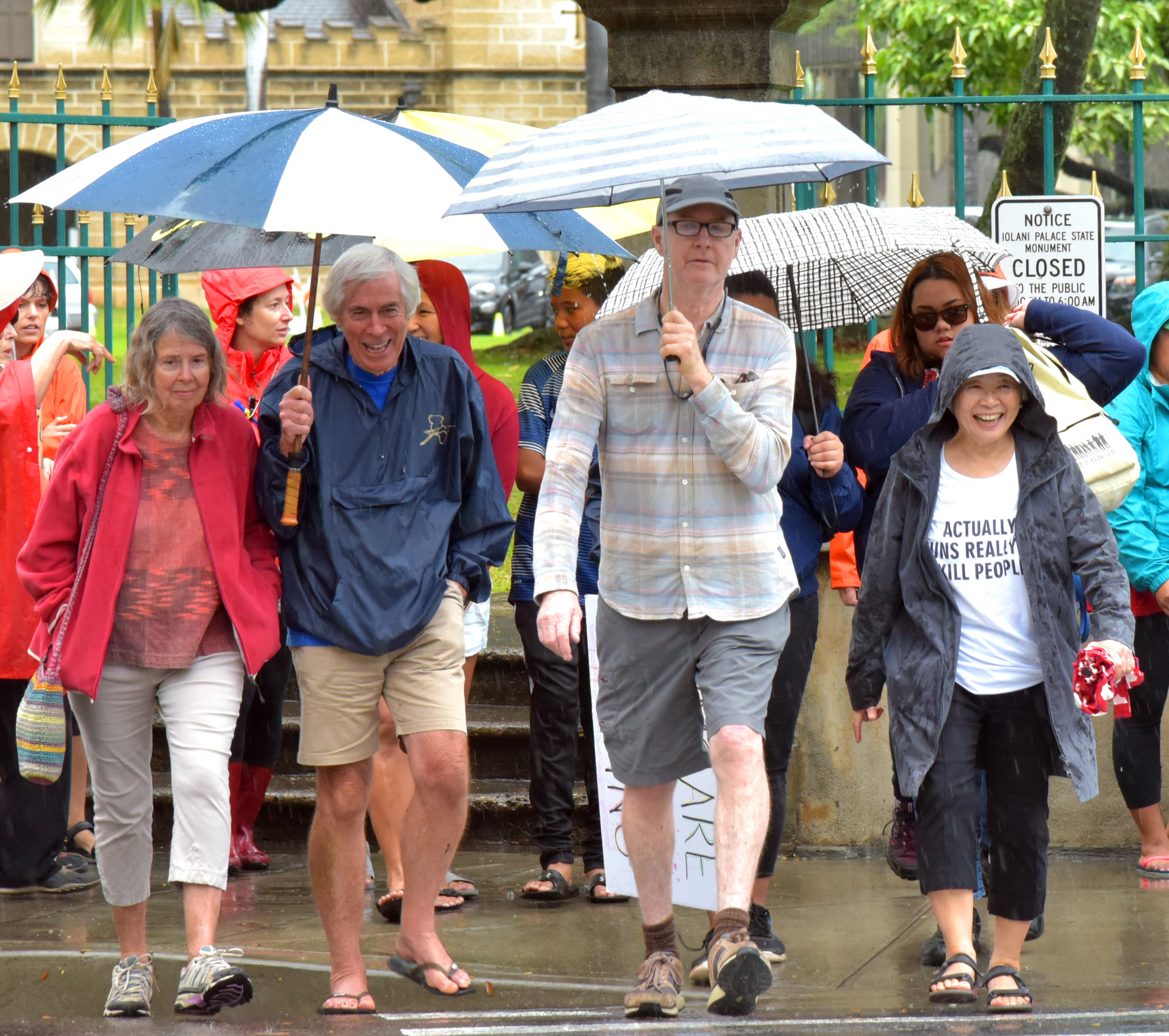
IN 2010 World Health Org (WHO) statistics showed homicide rates in the US were seven times higher than in other high-income countries, driven by a gun homicide rate that was 25.2 times higher.

The 2010 World Health Org (WHO) statistics also showed a USA firearm suicide rate 8 times higher and an unintentional firearm death rate that was 6.2 times higher than in other high-income countries.
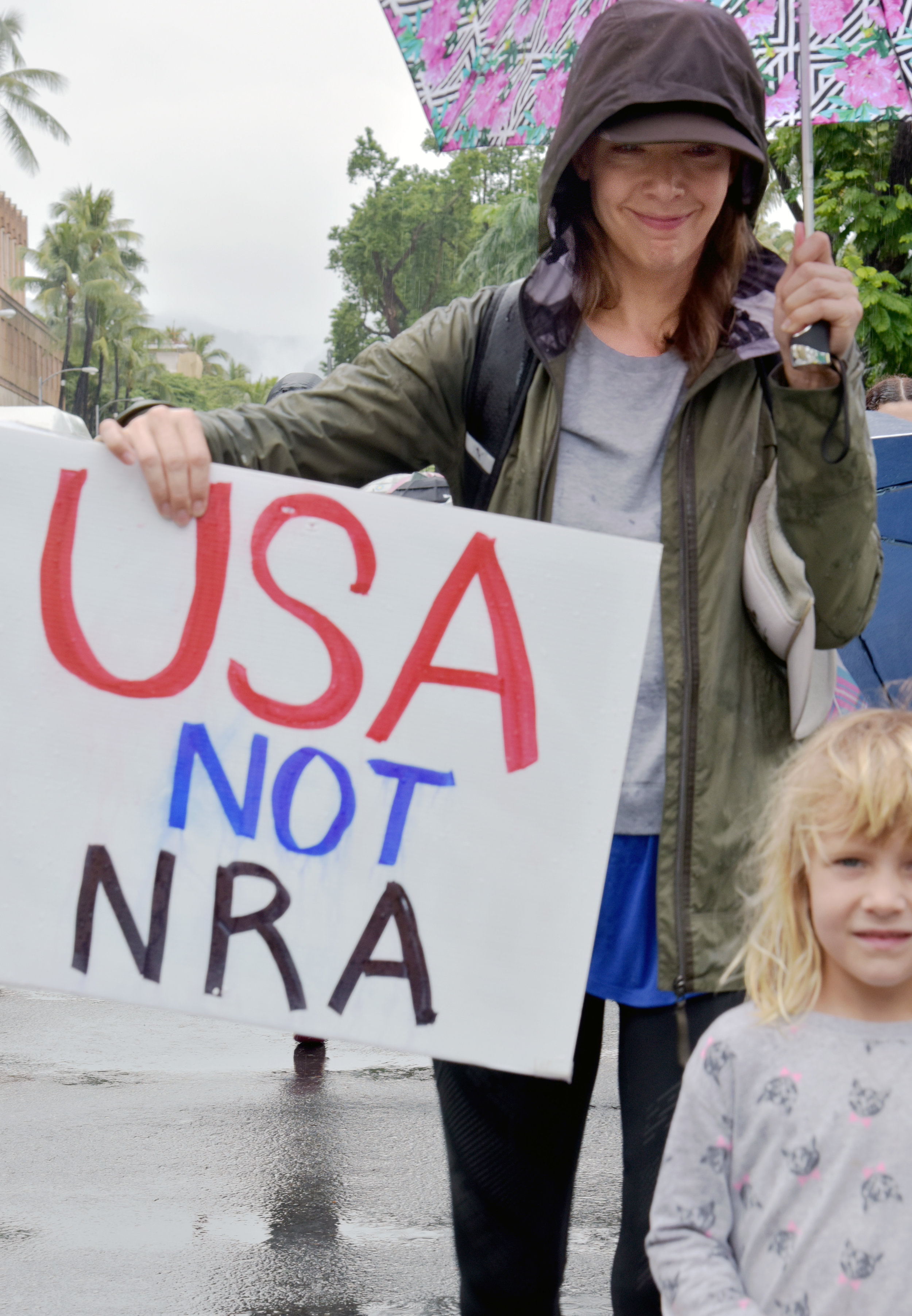
Among high-income countries, WHO 2010 statistics showed: 90% of women, 91% of children aged 0 to 14 years, 92% of youth aged 15 to 24 years, and 82% of all people killed by firearms were from the US.
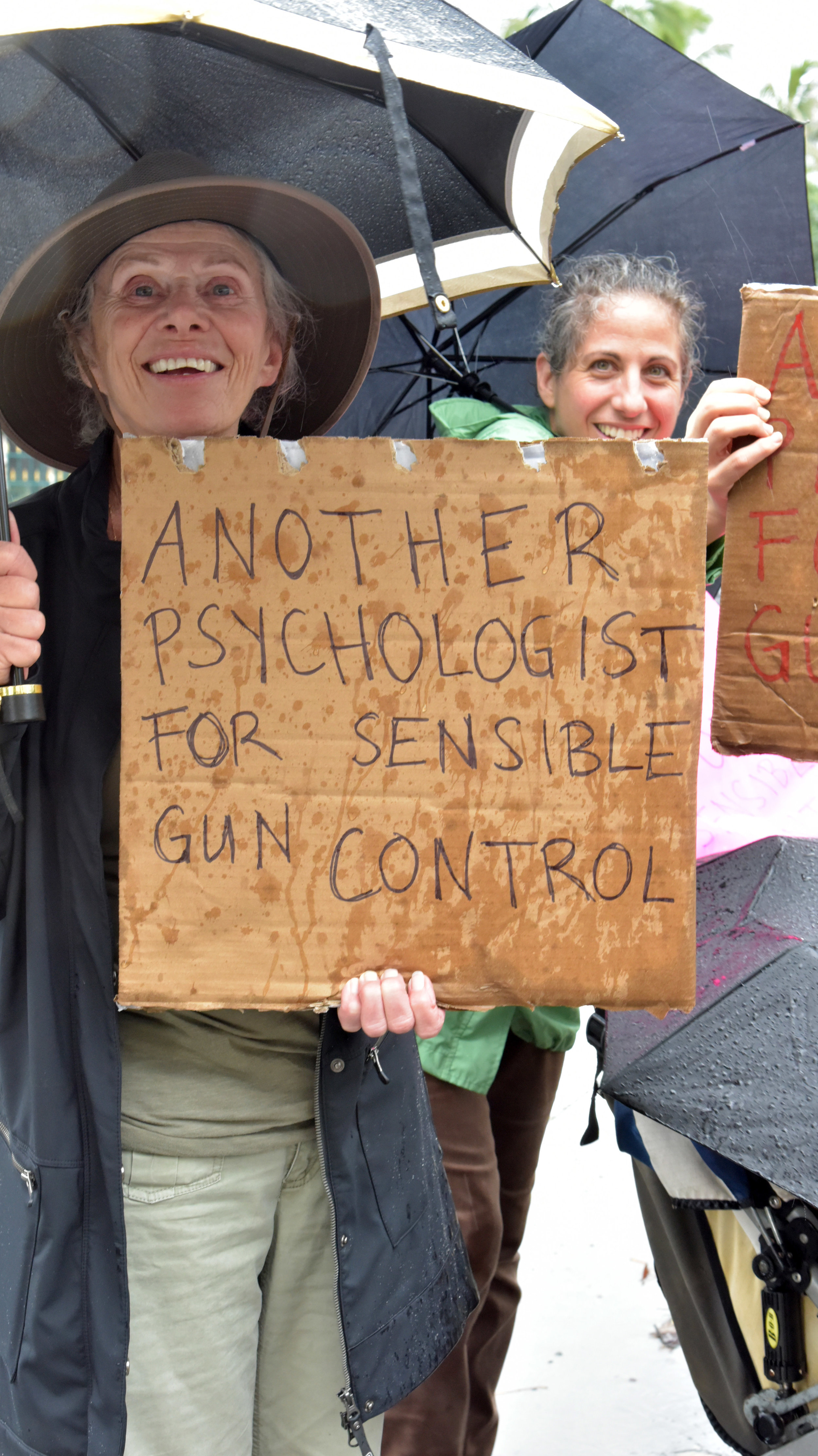
Gun violence is not just the product of troubled or deranged individuals, as is commonly portrayed, but is both associated with and embedded within the economic and social context of places.
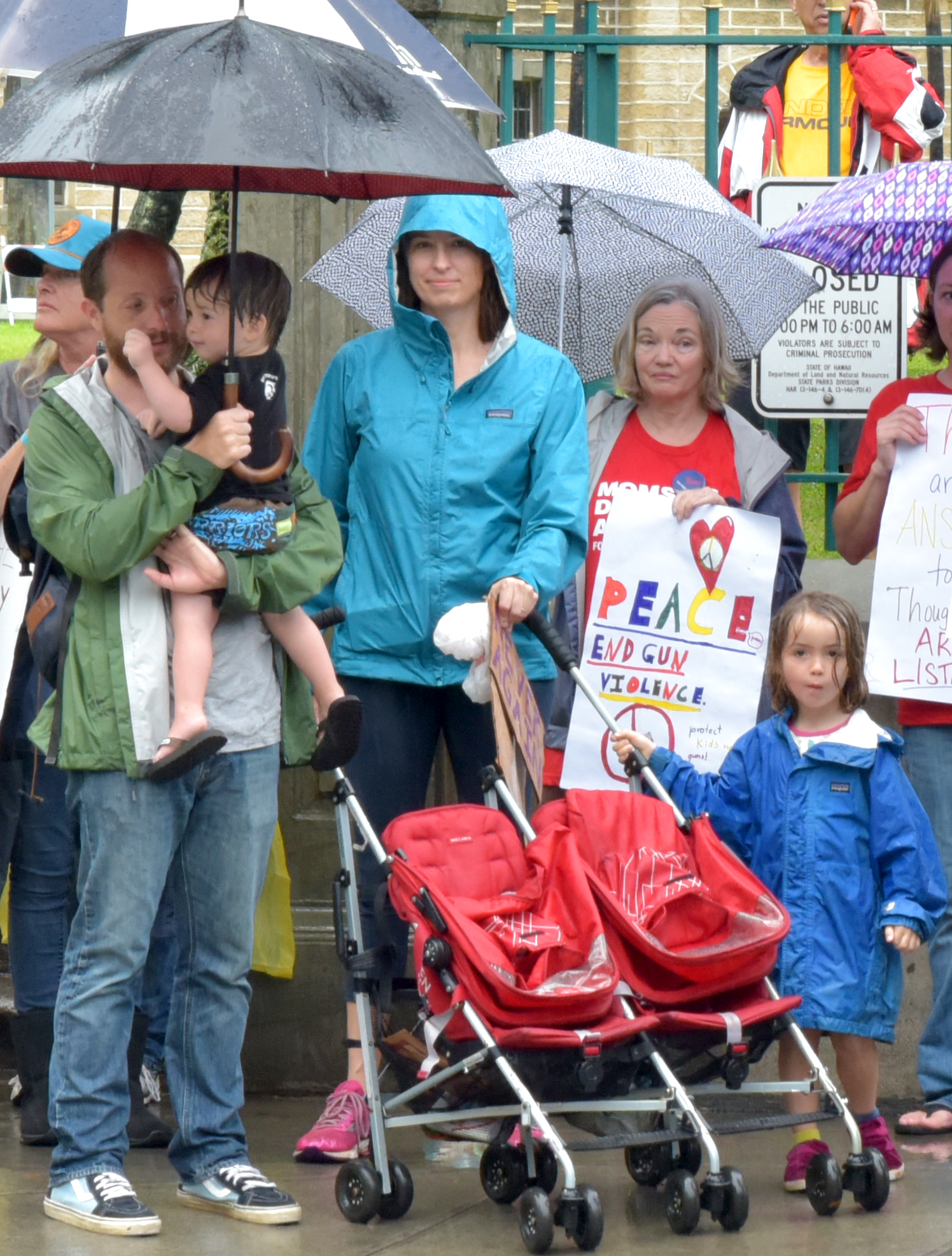
Research finds strikingly consistent associations between gun violence and key markers of socio-economic disadvantage — poverty, income, education, class, and race.

The American Federation of Teachers and the National Education Association, the nation’s two largest teachers’ organizations, oppose allowing guns in schools.
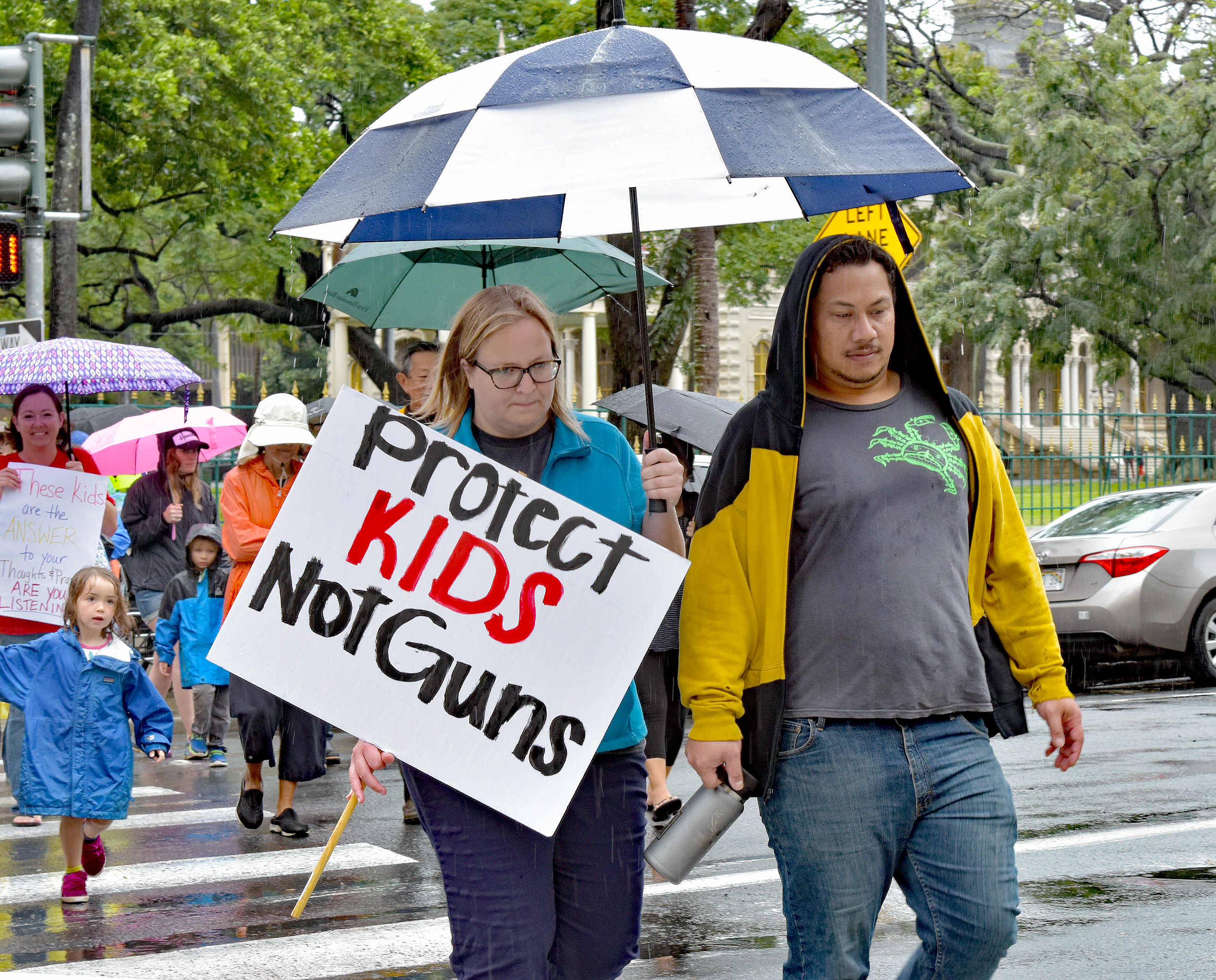
The federal government’s chief legal, law enforcement, public health, & education agencies all agree that allowing civilians to carry guns in schools is not a sound security practice.

Studies show that Introducing guns on school campuses increases the potential for tragedies due to unintentional shootings and verbal altercations escalating in violence.
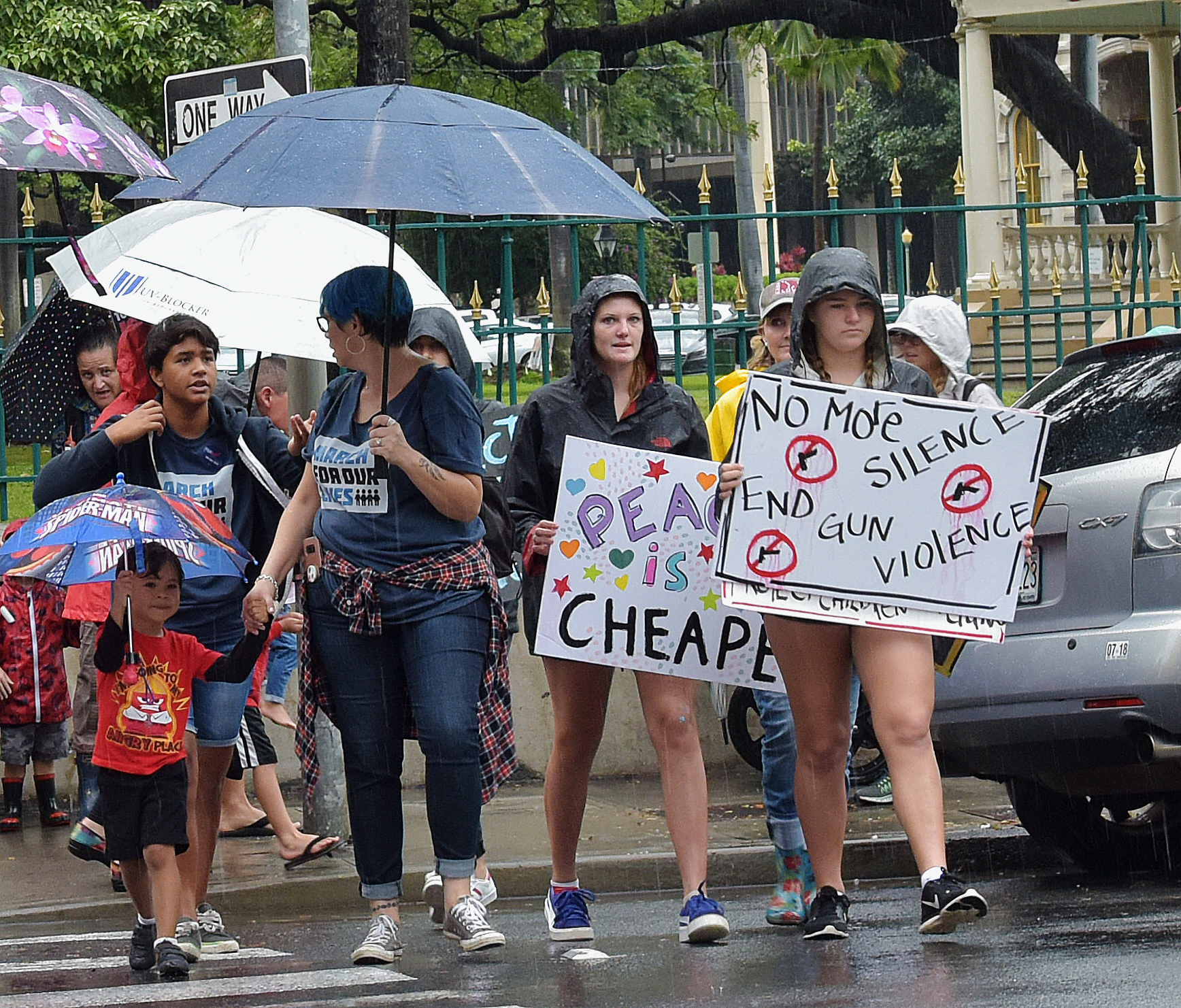
An FBI review of active shooter incidents from 2000-2013 found that only 1 in 160 incidents ended when a civilian shot the shooter—and that one “civilian” was a former U.S. Marine.
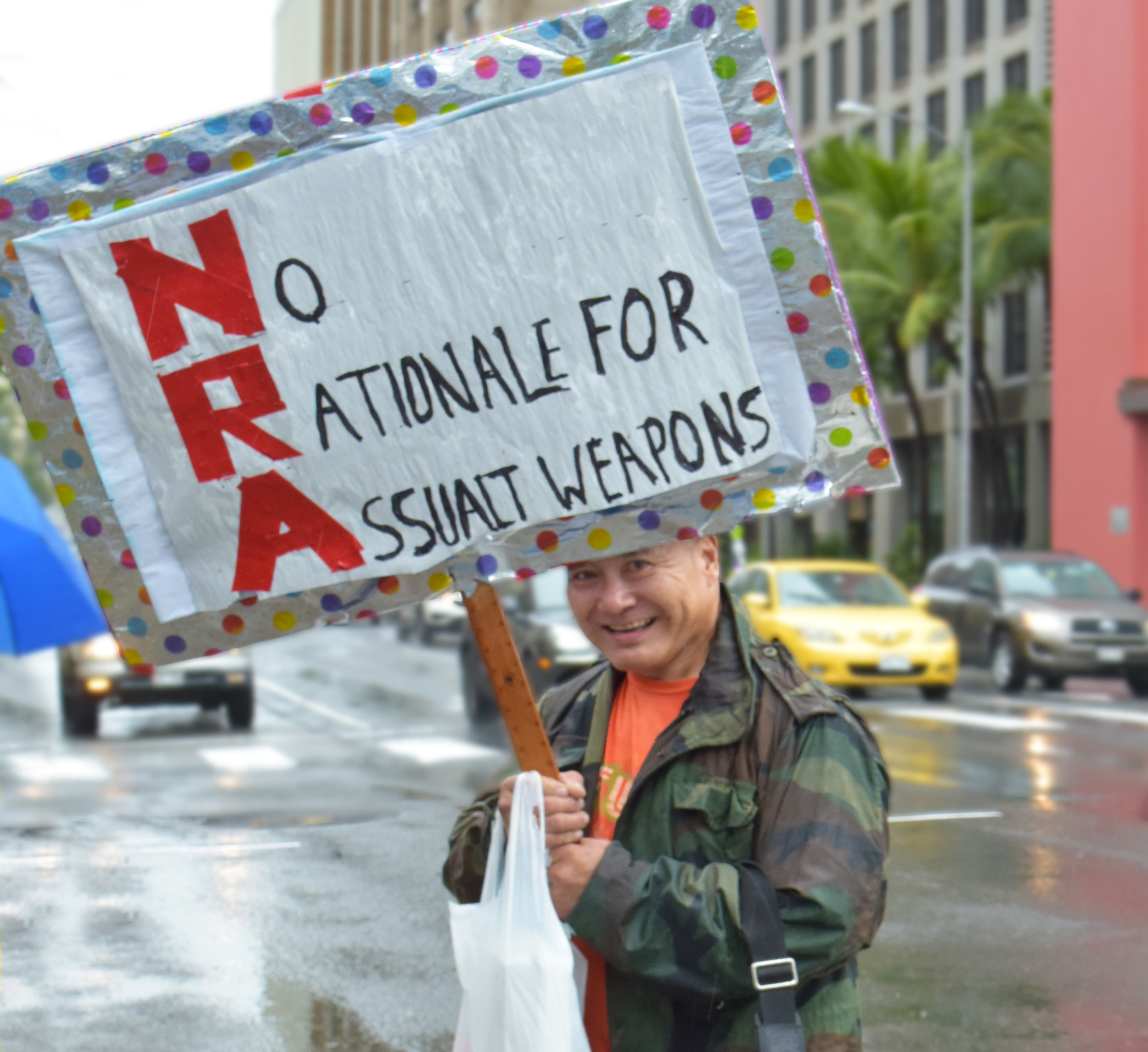
Armed civilians make active shooter situations more difficult and dangerous. Armed civilians put law enforcement in danger, delay law enforcement response, and pose a risk to innocent bystanders.
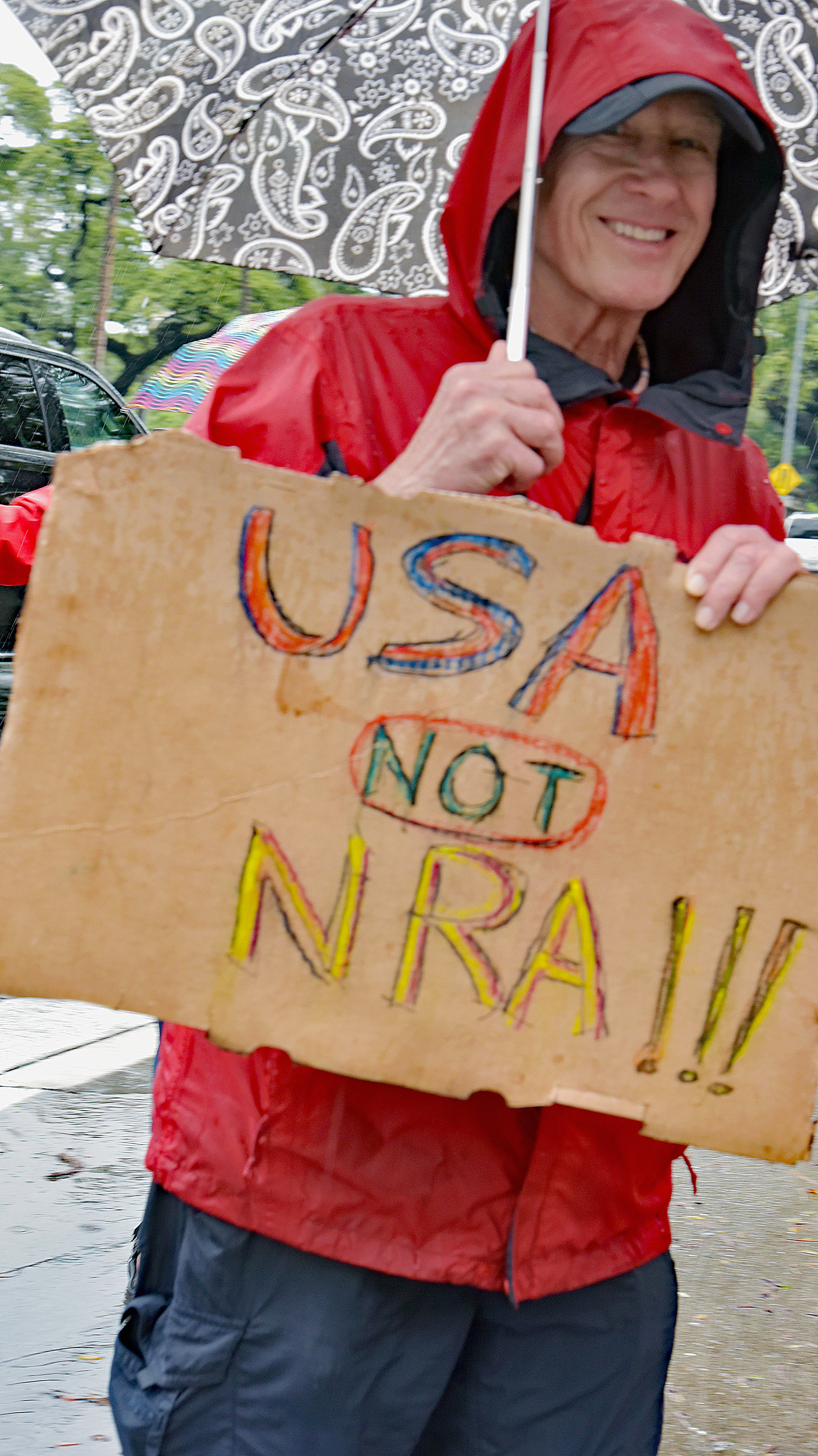
Research casts significant doubt on the idea that civilians can shoot as well as trained police officers in active shooter situations.
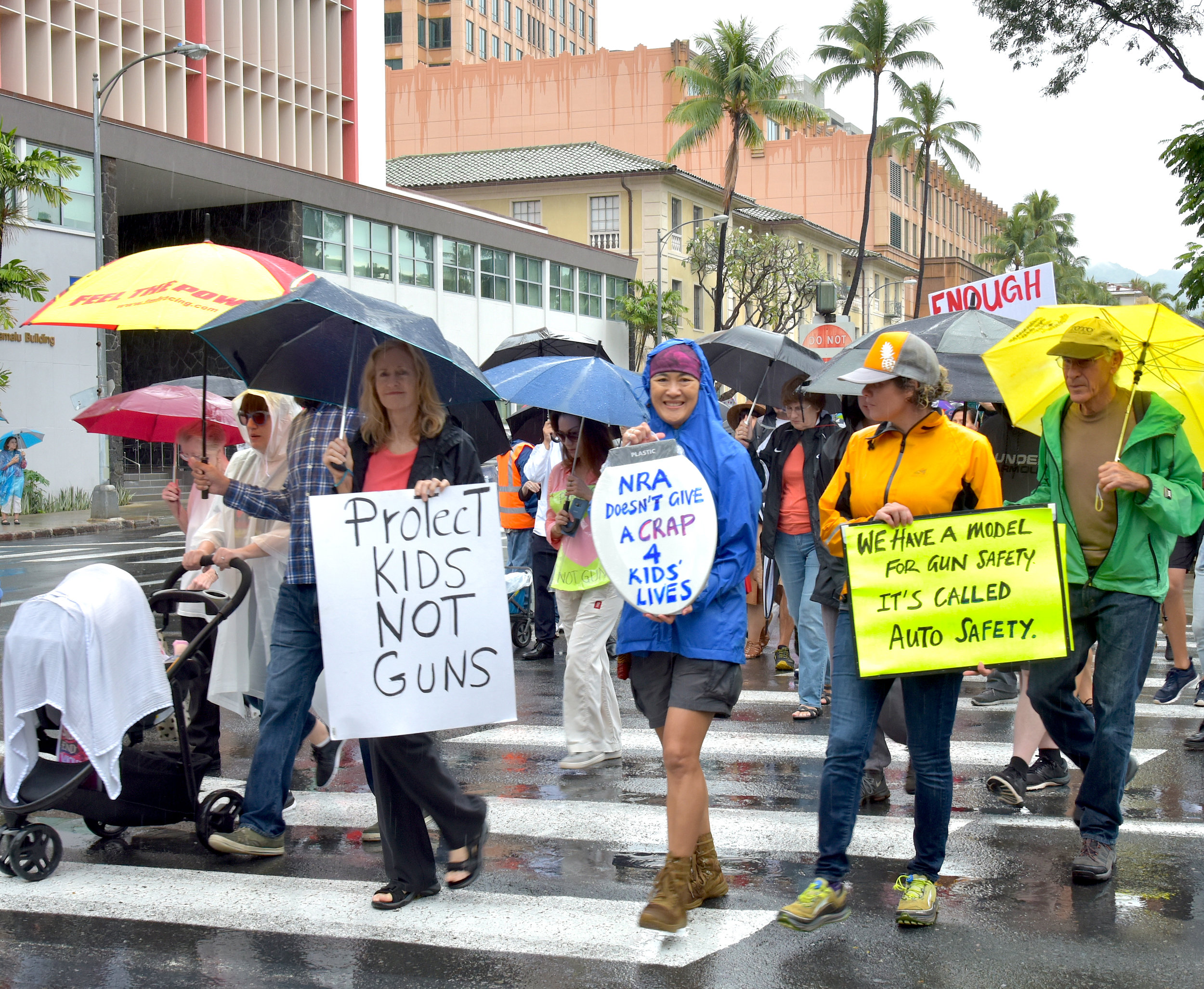
When a man shot and killed three people at a Walmart in Thornton, CO, law enforcement reported shoppers drawing weapons in self-defense “absolutely” slowed the process of identifying the suspect.
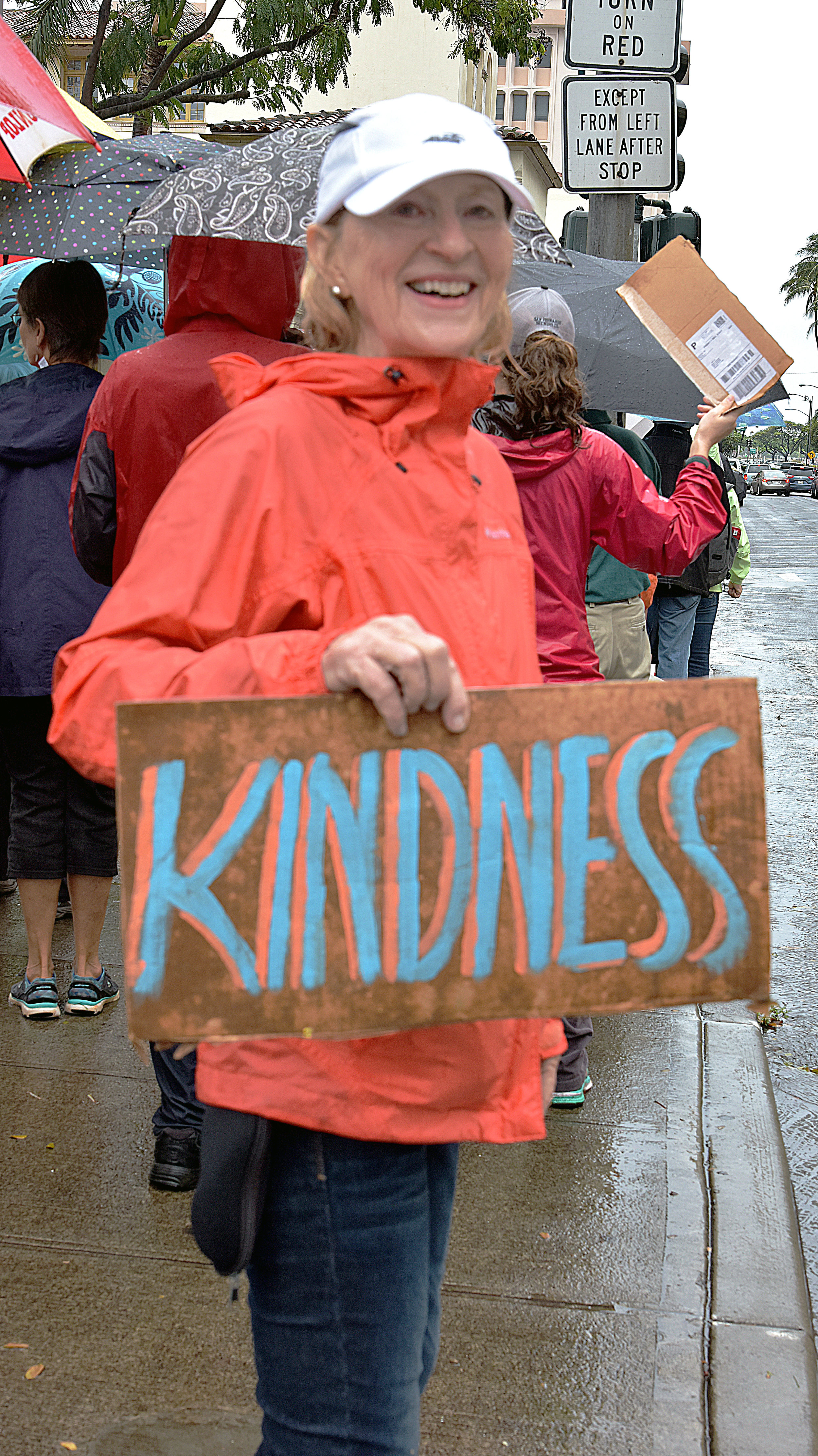
Instead of arming teachers, states can save lives by enacting Red Flag laws, creating a way to intervene before a disturbed potential shooter arrives at the schoolhouse door.
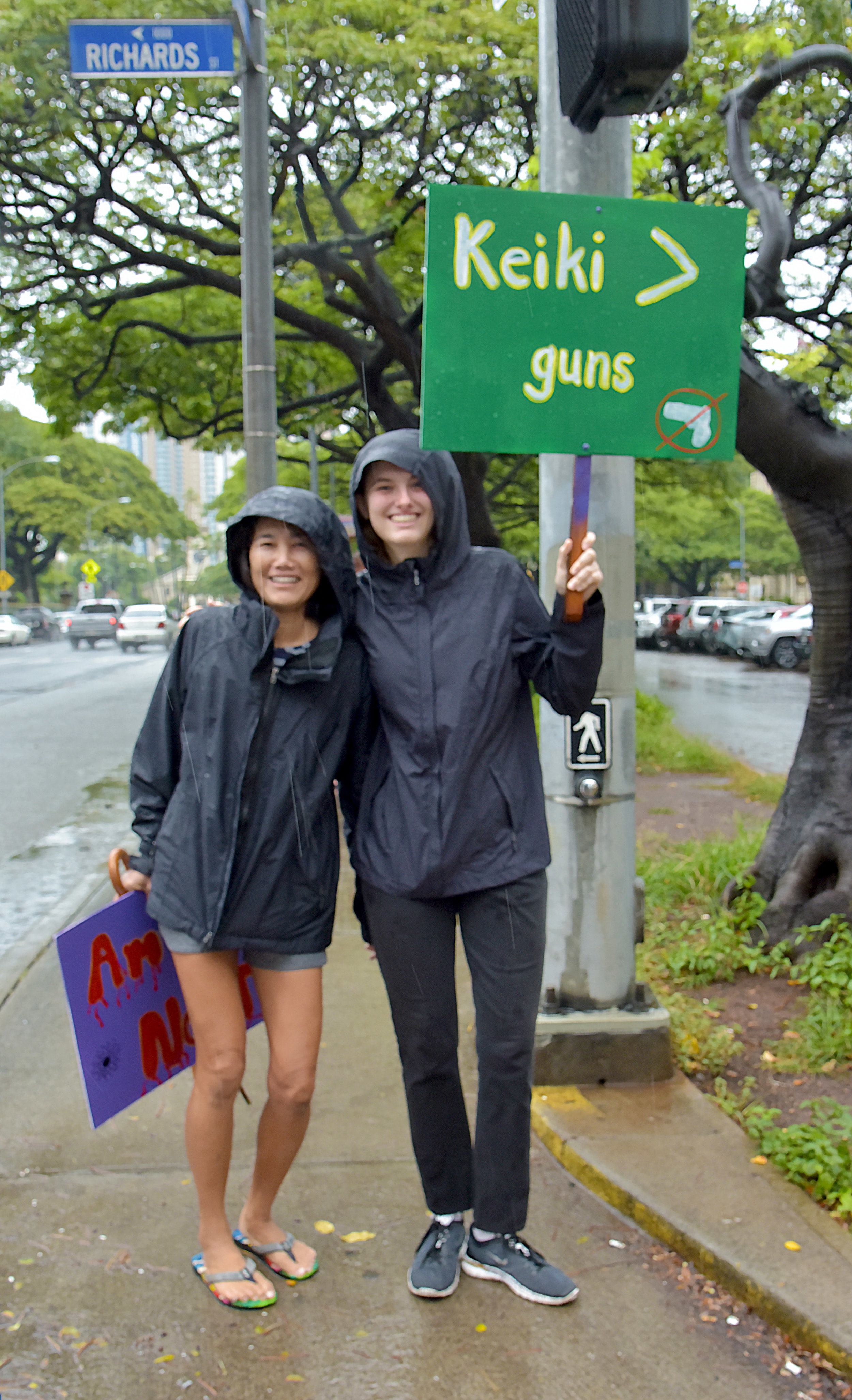
Red Flag Laws empower law enforcement and immediate family members to petition a court for an Extreme Risk Protection Order, sometimes called a Gun Violence Restraining Order.
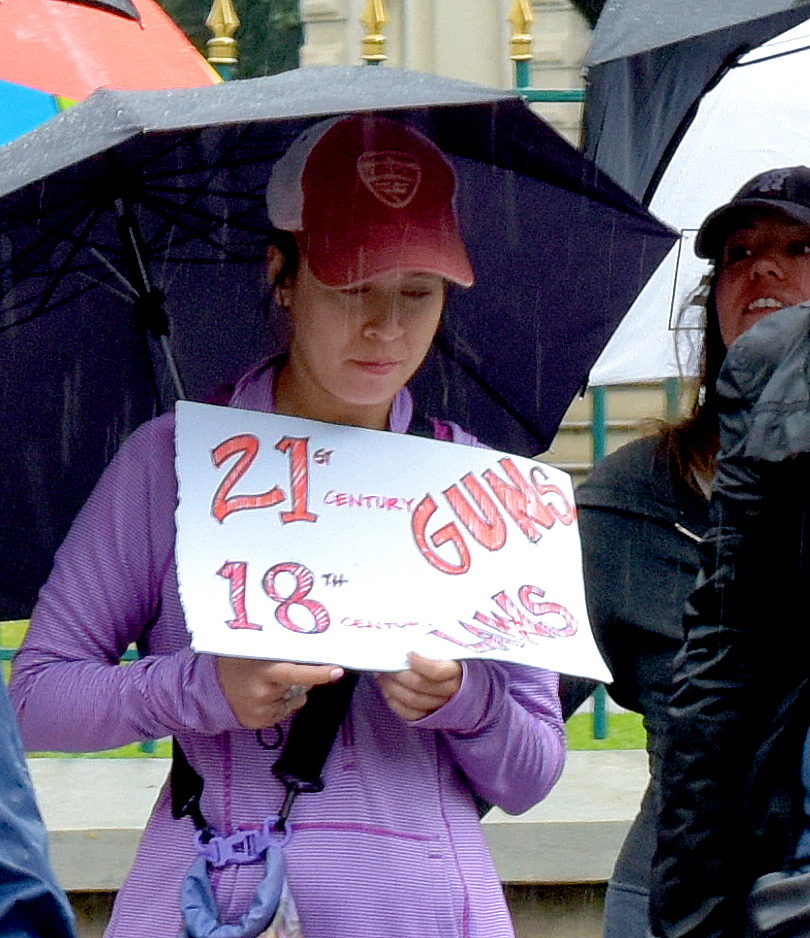
Red flag laws have been enacted in 5 states, and have been introduced in 18 additional states so far this year.
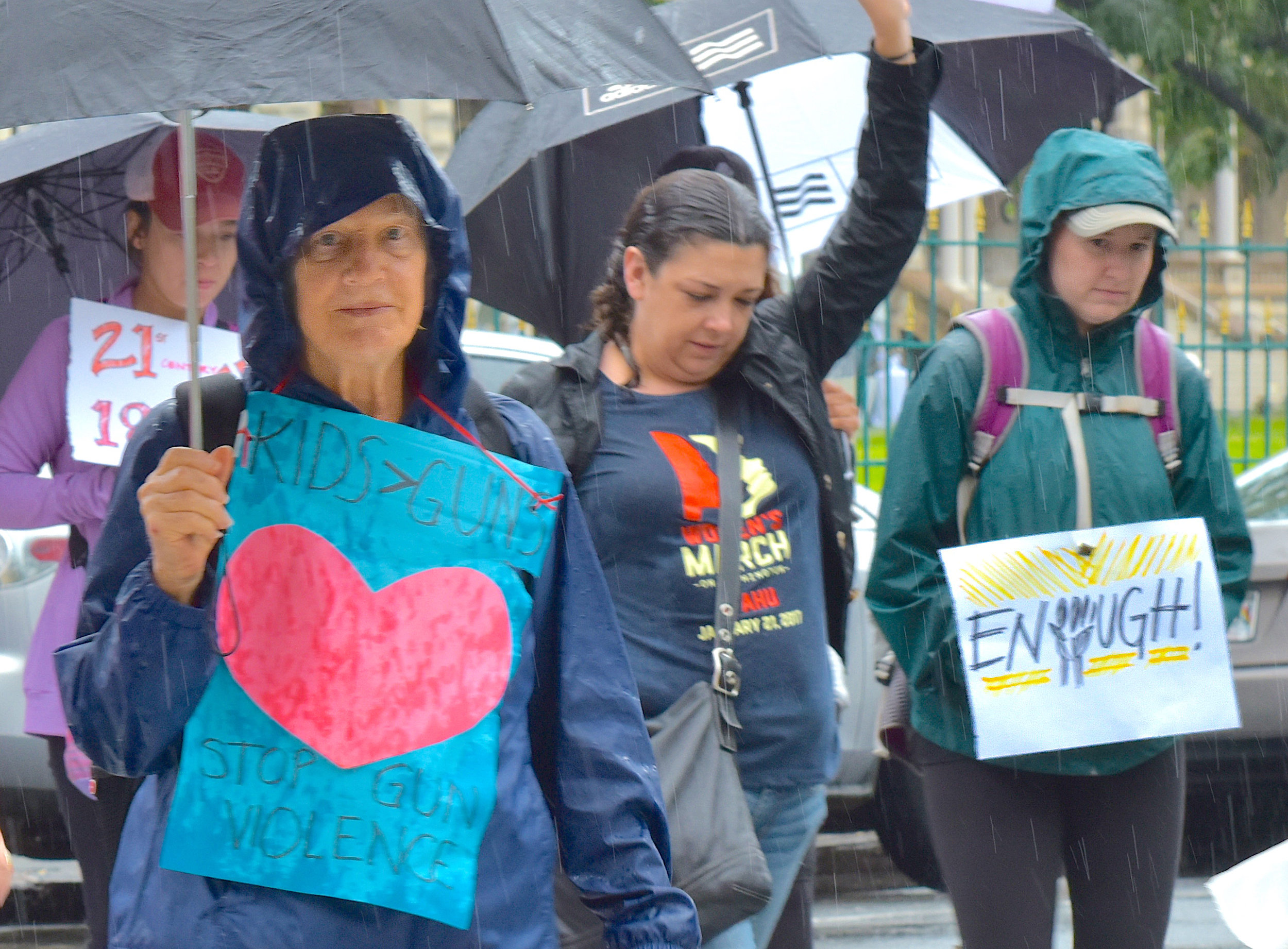
The proliferation of guns on school campuses will increase the risk of lethal violence in spaces that are, for the very large majority of students and classrooms, currently safe.
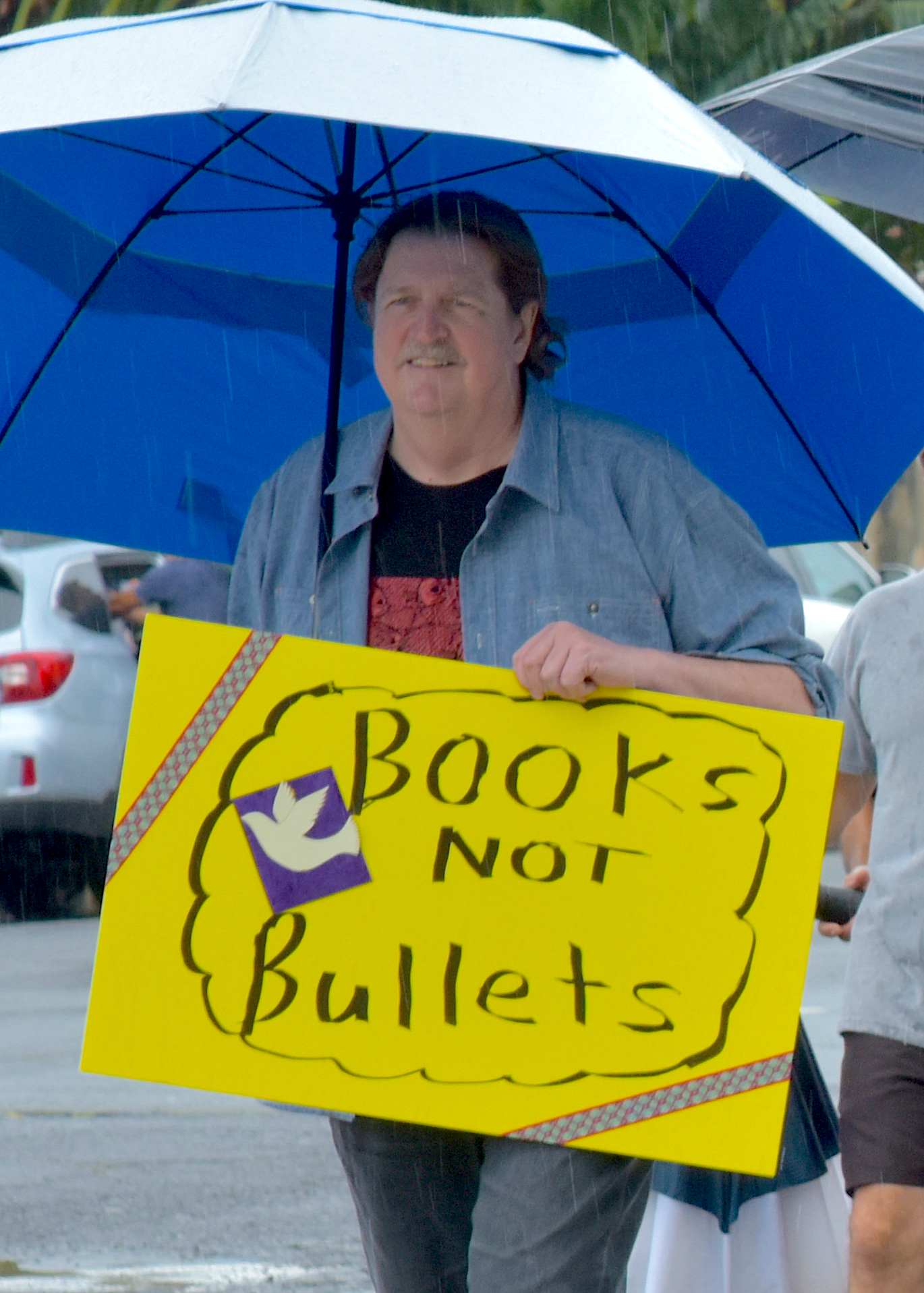
There is no evidence to suggest that any percentage of armed teachers will stop a shooter intent on causing mass violence.
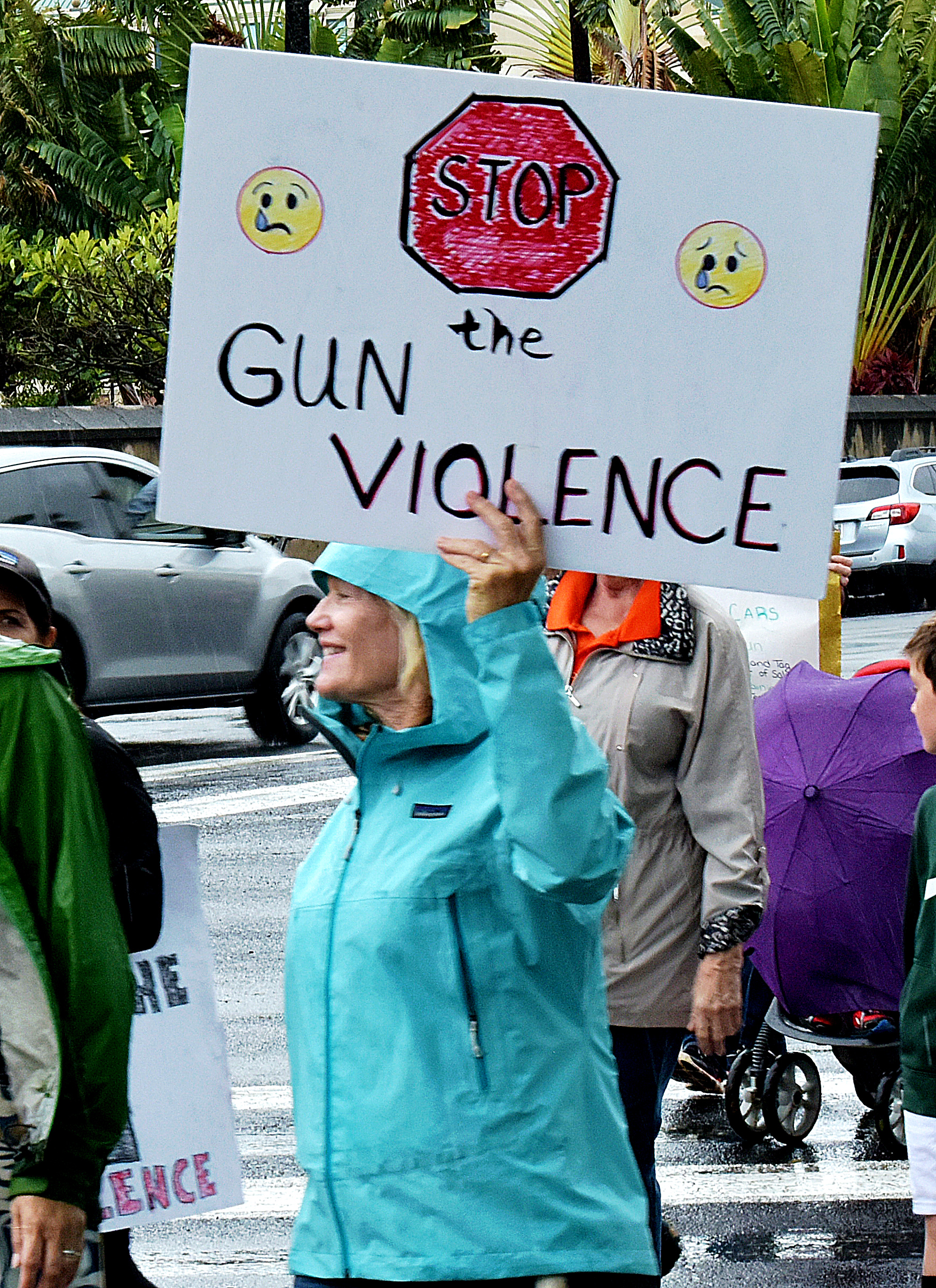
Reduce easy access to dangerous weapons by banning high capacity magazines and bump stocks, requiring universal background checks without loopholes & instituting waiting periods.
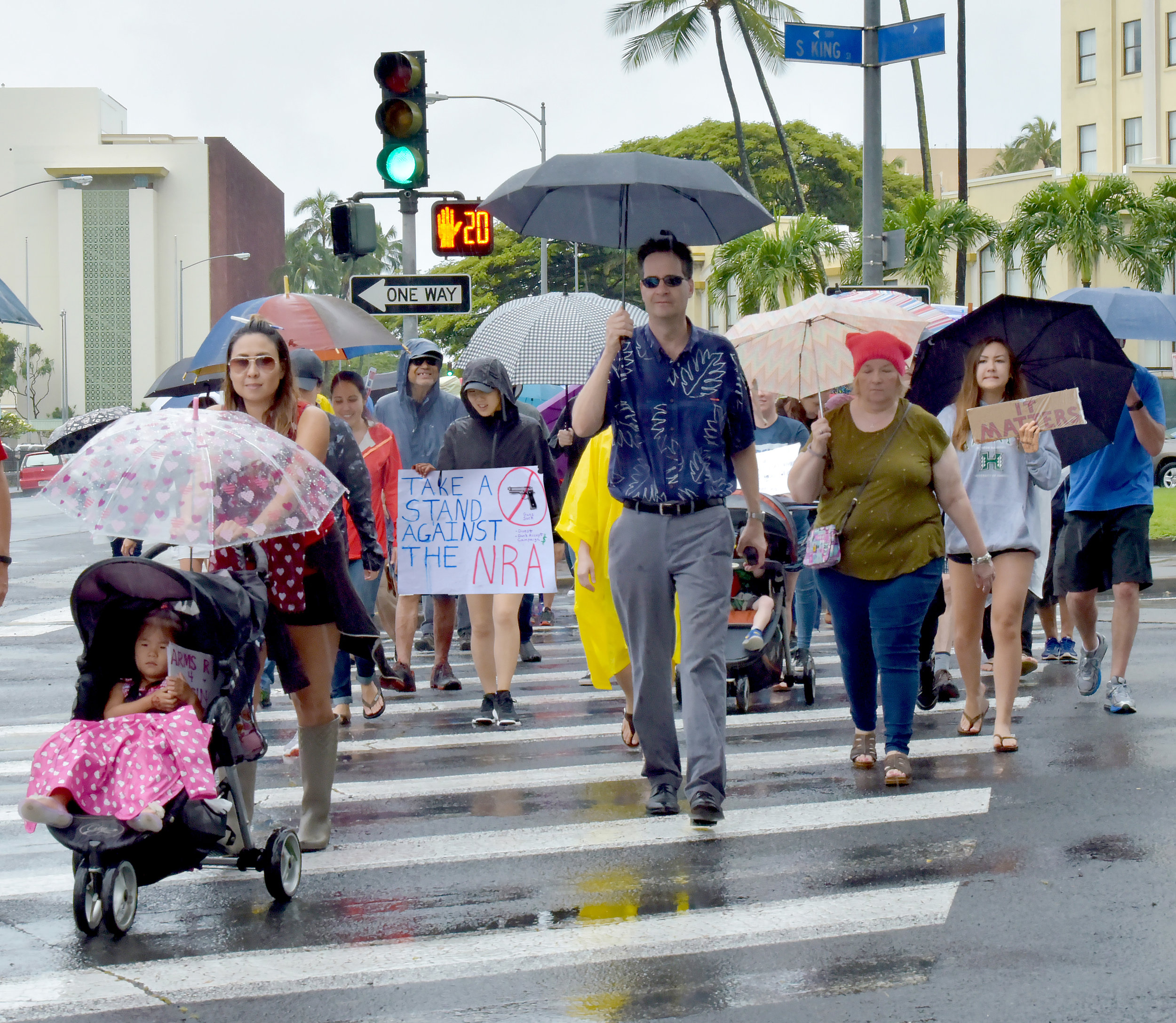
Reduce firearm access to youth and individuals who are at risk of harming themselves or others, including those guilty of intimate partner violence, etc.

The Washington Post calculated that since the Columbine High School massacre in 1999, more than 187,000 children and teens at 193 schools have been exposed to a shooting on campus.
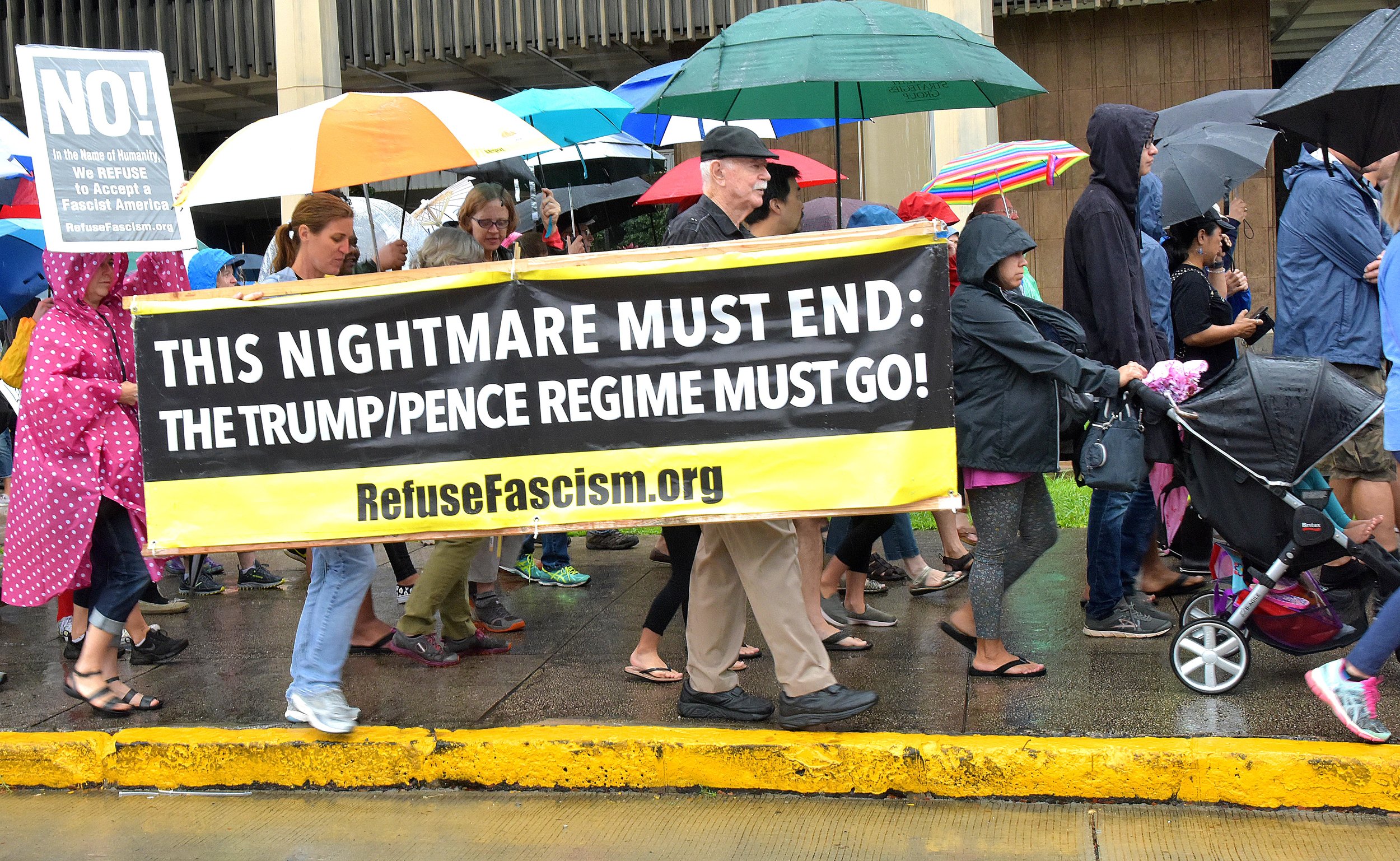
Hold the gun industry accountable and ensure there is adequate oversight over the marketing and sales of guns and ammunition.
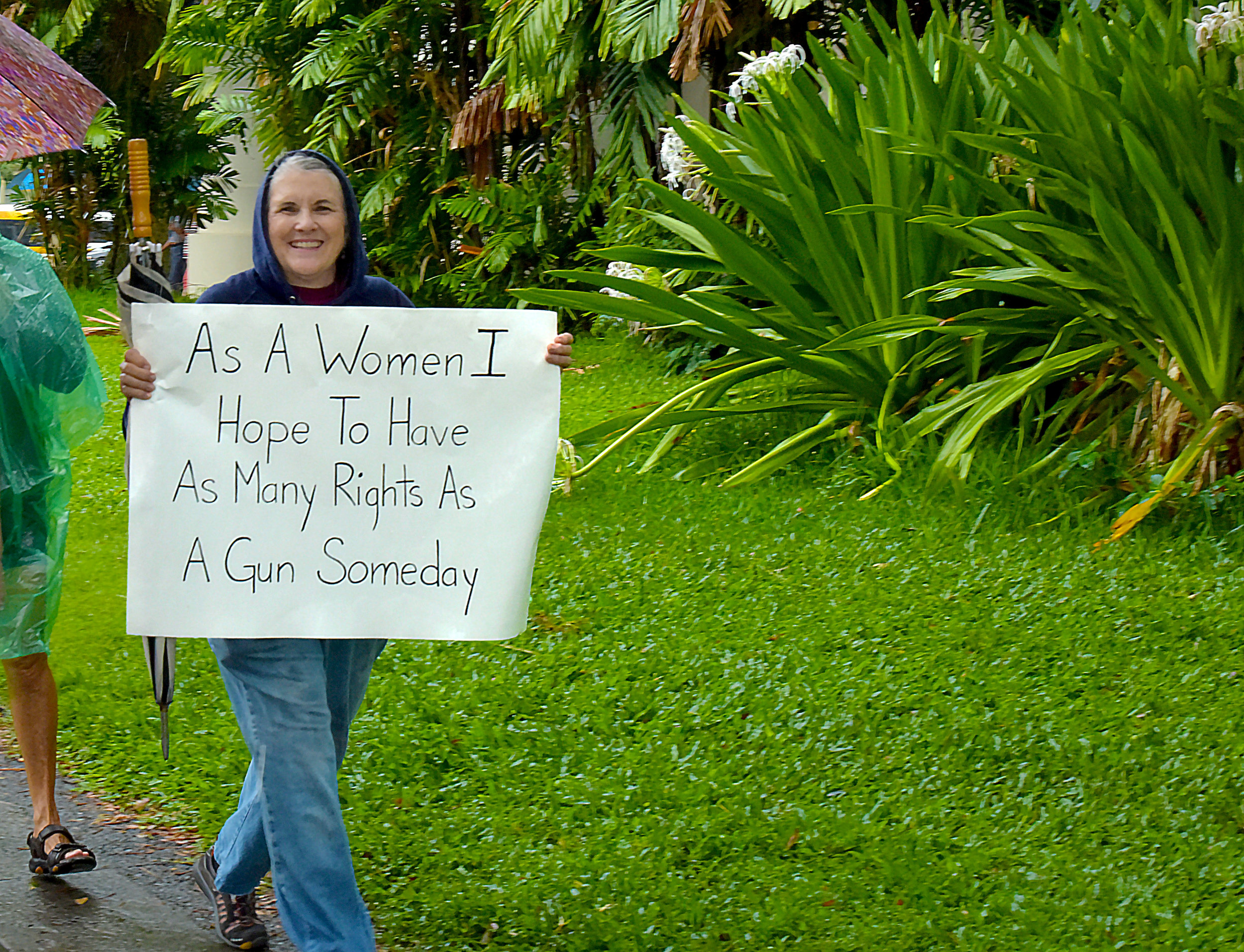
Domestic violence increases in severity and deadliness when guns are present in the home; access to a firearm increases the risk of homicide eight-fold for women in physically abusive relationships.
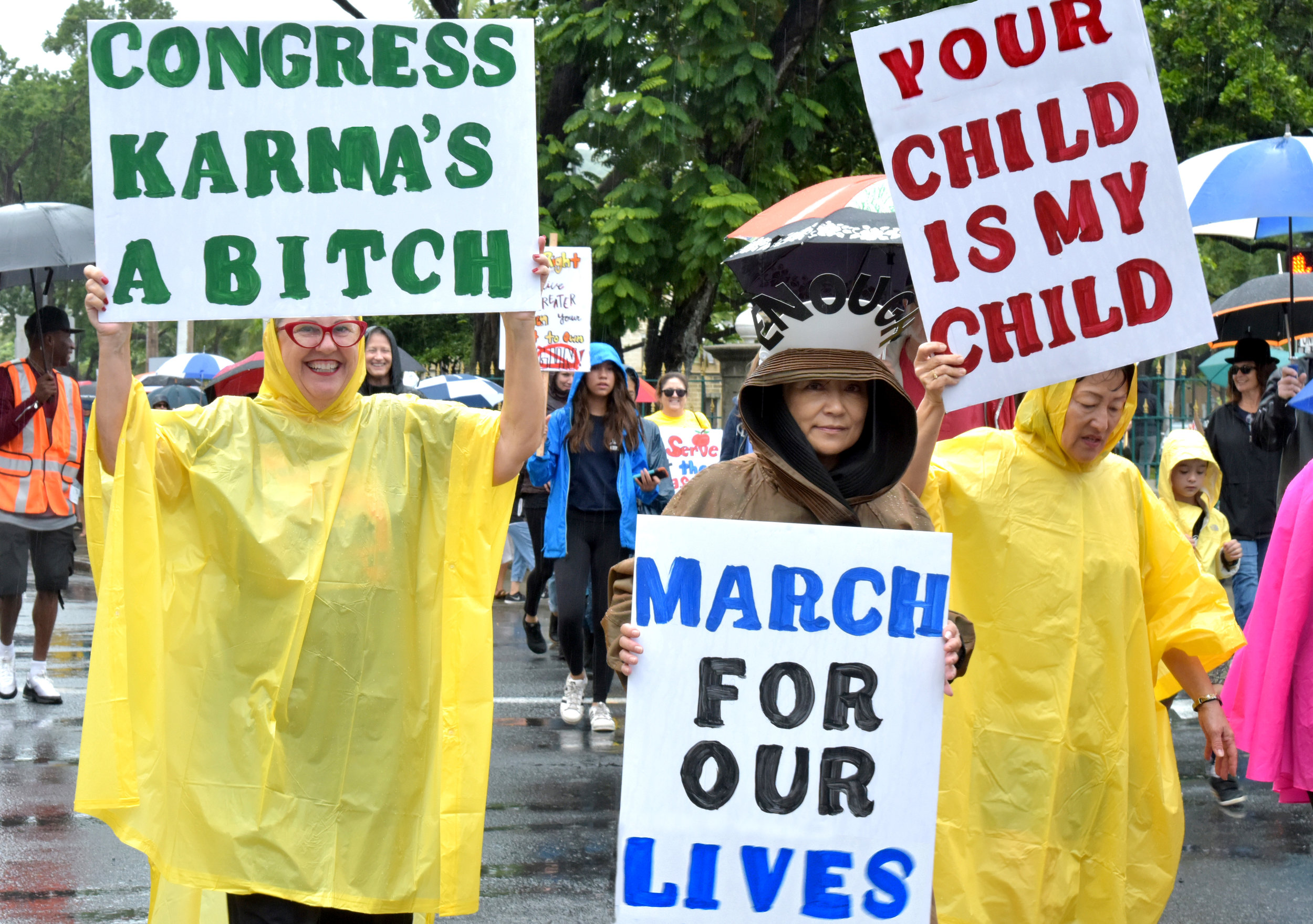
Multiple studies from Johns Hopkins University have found that "permit to purchase" laws, which include a particularly strong background check, reduce homicides, suicides and gun trafficking.
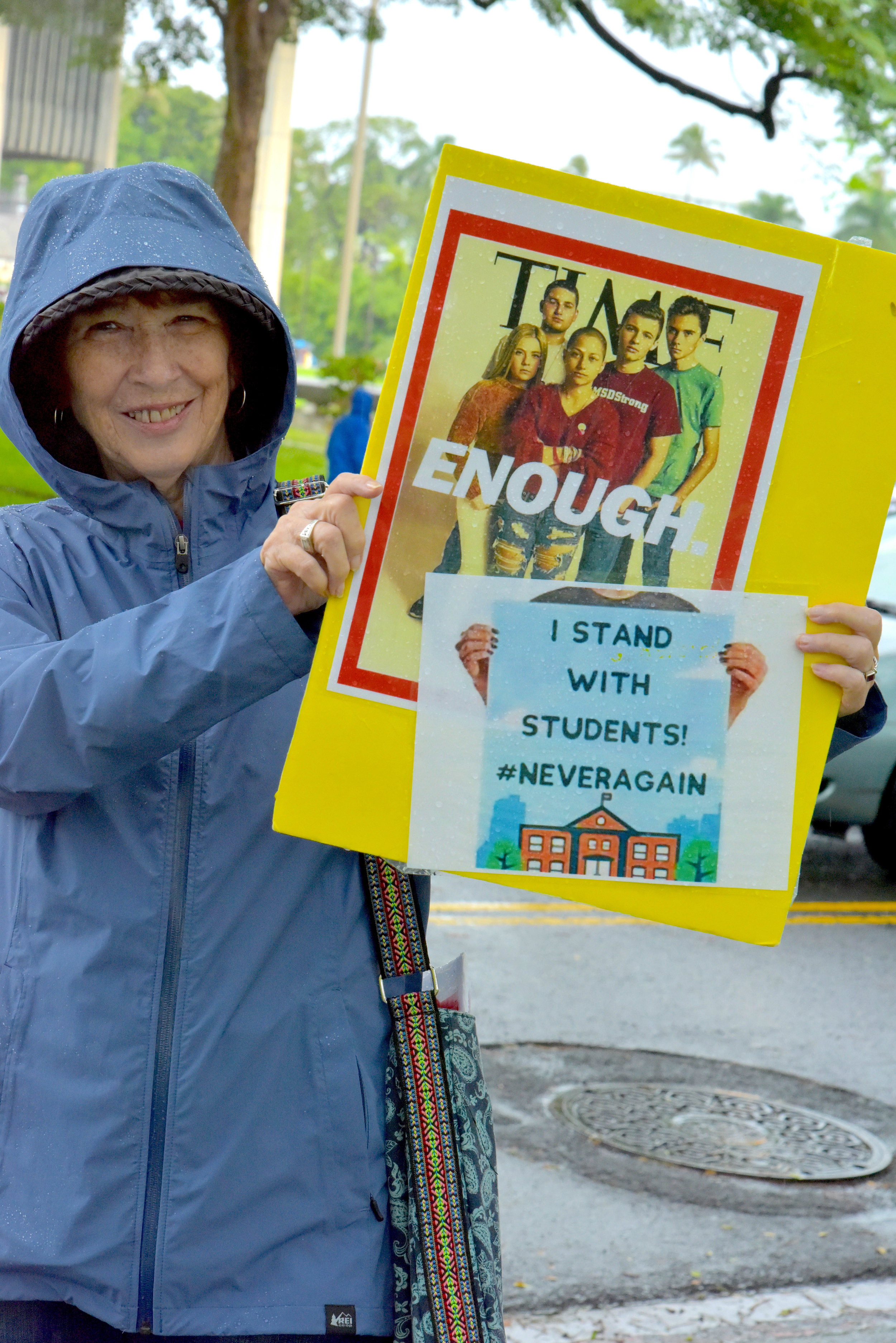
Support the establishing of a comprehensive health system in which violence prevention is a health system responsibility and imperative.
PrevNext